It’s one of those things we don’t really talk about. At least, not until a pregnancy comes up—or something goes wrong. Like menstruation, sexual health, or infertility, pelvic floor health is a crucial topic that’s historically been considered taboo. Whether it’s due to a lack of education, culturally-bred shame about women’s bodies, stigma, or perpetuated myths, it doesn’t get the attention it deserves. And it’s a shame, because every single woman (and man!) needs to be doing pelvic floor exercises.
Allow us to explain. In the U.S., 1 in 3 women will experience a pelvic floor disorder. Yet most of us have no idea what these vital muscles do (hint: we use them for everything)—or that many issues can be prevented with simple exercises.
One of the reasons: there’s a huge misconception that only pregnant women or new moms have to worry about pelvic floor issues. In reality, a significant number of those experiencing issues have never been pregnant. The lack of awareness can make it feel embarrassing or shameful to bring up the topic (even to a doctor), leading many to suffer silently, without relief.
If the pelvic floor is foreign to you, it’s not your fault (did anyone get a pelvic floor 101 in sex ed?). To empower you with the education you deserve, we turned to women’s wellness specialist, doula, Birth Queen founder, and new Spotlight Series guest instructor, Rachel Nicks.
From a quick how-it-works guide to symptoms of dysfunction and more, we get real about the pelvic floor. More of a learn-as-you-do person? Try her series of pelvic floor-focused on-demand Express classes, including Sculpt, Endurance, and Pilates for pelvic floor health.
About the expert
A former athlete with a lineup of gymnastics, soccer, basketball, and volleyball under her belt, Rachel is a natural-born mover. Her fitness journey began with a 500-hour Hatha yoga training, followed by Barre training, pre/postnatal fitness certification, then Pilates (mat and reformer), TRX, kettlebell, and group fitness training. As a doula and mom of two young boys, she’s passionate about improving pelvic floor health for all people.
How They Work: Pelvic Floor Muscles Are Your Foundation
You may be surprised to learn that both men and women have a pelvic floor, which includes specific muscles, tissues, and nerves. “The pelvic floor is like a hammock that lives within the pelvis,” explains Rachel. The biggest difference is that biological women have an additional hole in the pelvic floor, which a baby can pass through during birth.
Most critically, the pelvic floor holds in critical organs like the bladder, vagina, and bowels. For those who go through pregnancy, it’s also a vital support system for the uterus—which gets quite heavy.
When they’re strong and flexible, your mighty pelvic floor muscles, which run from the pubic bone to the tailbone, enable a laundry list of functions. They:
- Are the foundation of your strength, especially core strength. “Real strength is full activation of the pelvic floor, which radiates up to the core,” Rachel explains.
- Allow you to use the bathroom with ease.
- Contribute to your sexual health and pleasure (these muscles help create an orgasm, explains Rachel).
- Help you sit, stand, and move when activated.
- Enable you to push your baby out and have a smooth labor (the secret is to relax them, says Rachel).
- Allow you to sustain physical activity as you age.
- Improve your overall balance and mobility.
Whether you’ll ever get pregnant or not, these muscles need upkeep, attention, and care to perform their key functions throughout your life. “The pelvic floor muscles may be the most important muscles you never target with a workout,” writes the New York Times. “When you first buy a hammock, it’s very taught—but over time, with weathering and gravity, it stretches and lowers,” says Rachel. “As I say in my class, we want to defy gravity from the pelvic floor to the booty cheeks.”
Know the Signs: Symptoms of Pelvic Floor Dysfunction
When the pelvic floor works well, you glide through life with ease. When it doesn’t, even the most basic motions—like sitting or using the restroom—can become difficult, painful, or uncomfortable. But how do things get thrown out of whack?
Pelvic floor muscles can be weakened or loosened by pregnancy and childbirth, but also by chronic constipation (don’t skip out on your fiber), hormonal changes during menopause, obesity, or just plain old normal aging. Heavy lifting—yes, lifting kids or heavy objects also counts!—without proper form, strength, breath, or technique also puts strain and pressure on the pelvic floor.
On the flip side, they can also become too tight from a sedentary lifestyle, chronic stress (hi, pandemic pelvis), or specific athletic pursuits (looking at you, pro dancers). That’s when you need to focus on relaxing them instead of tightening them.
Either type of strain can lead to:
- Incontinence—aka urinary leakage, trouble with bladder control, or lack of bowel control.
- Pelvic pain or painful sex. Rachel is particularly passionate about shedding light on vaginismus, a condition that results from involuntary tightening of the pelvic floor. Women often feel ashamed to discuss this issue, Rachel says—and when they do, are met with unhelpful advice like “have a glass of wine and relax.”
- Pelvic organ prolapse—a condition where your organs slip from their normal position and bulge out.
“I recommend everyone see a pelvic floor specialist,” says Rachel. “Don’t wait until you have a problem. I’ll give you the baseline to understand how it functions, how to manifest it in different movements and exercises, and when to engage or relax it. But they’ll provide a much more thorough evaluation of your unique situation.”
Where to Start With Pelvic Floor Exercises
One thing about working the pelvic floor: it shouldn’t be a one-and-done thing. You can (and should) integrate pelvic floor exercises for preventative maintenance as early as your 20s! “For me, it has to do with strength, confidence, and security in one’s body,” says Rachel.
Ideally, your goal is to facilitate a connection to and understanding of these muscles so you can “activate” them whenever you’re working out, especially if impact is involved. Of course, plenty of trial and error is to be expected. If you don’t know where (or how) to start, Rachel N.’s beginner-friendly class series will be your holy grail.
“Take my pelvic floor 101 class every day until it makes sense,” Rachel recommends. “It’s not about doing Kegels for an hour every day; it’s about unlearning bad habits and reestablishing positive ones.”
A starting point she suggests for every woman: get a feel for it first. Next time you’re in the shower with a clean index finger, insert it into the vagina, exhale, and lift, she explains. First, you’ll feel a tightening at the first knuckle. Exhale and lift again to tighten to the second knuckle and then to the tip of the finger. “It’s not just the entry point you’re thinking of—it’s all the way up.”
Prioritizing your workout time on bigger, external muscle groups (think: glutes, abs, and quads) is likely second nature because that’s what we’re all taught to do. But focusing on the pelvic floor, your source of power, will boost your workout performance and make each session more effective.
“I’d rather you not work out for a day and do pelvic floor exercises instead. Because if you go for a run without activating your pelvic floor, there’s a risk of becoming incontinent in the future,” she emphasizes. “My friends in their late 30s and early 40s (without kids!) are texting and calling me—like, ‘sis, I need help.’ Think of this as homework to do to prioritize your empowerment.”
Pelvic Floor Exercises: Tips and Tricks
Rachel likes to compare this type of work to building a house. Your pelvic floor is the foundation. Without it, the walls are going to fall. To help you set up your strongest base, she shares a few tips.
- 1) Get the breathing right. Most of us get it wrong, she says, which can cause more harm to your pelvic floor daily. The golden rule: you need to exhale, engage, and lift—like a jellyfish when they shoot to the top of the ocean. She breaks it down step-by-step in her classes.
- 2) Neutralize your pelvis. You can’t fully engage the pelvic floor until you do. Many women have an anterior tilt in their pelvis because we tend to lock our knees and arch our backs. This position doesn’t just strain your posture, but it also causes your stomach to stick out and prevents your core from fully engaging the pelvic floor. Neutralizing (which Rachel teaches, as well as all obé Pilates classes!) allows everything to lock and load.
- 3) Train yourself daily. Rachel recommends exhaling and engaging the pelvic floor before you laugh, cough, sneeze, or jump. Be especially mindful with high-impact exercises like running or anything that includes jumps because those test your body the most.
And don’t be discouraged if you don’t “get it” right away. Just keep practicing. You may not see the impact of your dedication immediately, but in time, you’ll feel the difference in a bigger way. It’s these kinds of internal changes that drive Rachel to do this work.
“For me, fitness is not about aesthetics,” she says. “I believe people need to move in ways that make them feel good—and that the approach be inside-out. From your pelvic floor, your gut, your heart, and your mind to the out.”
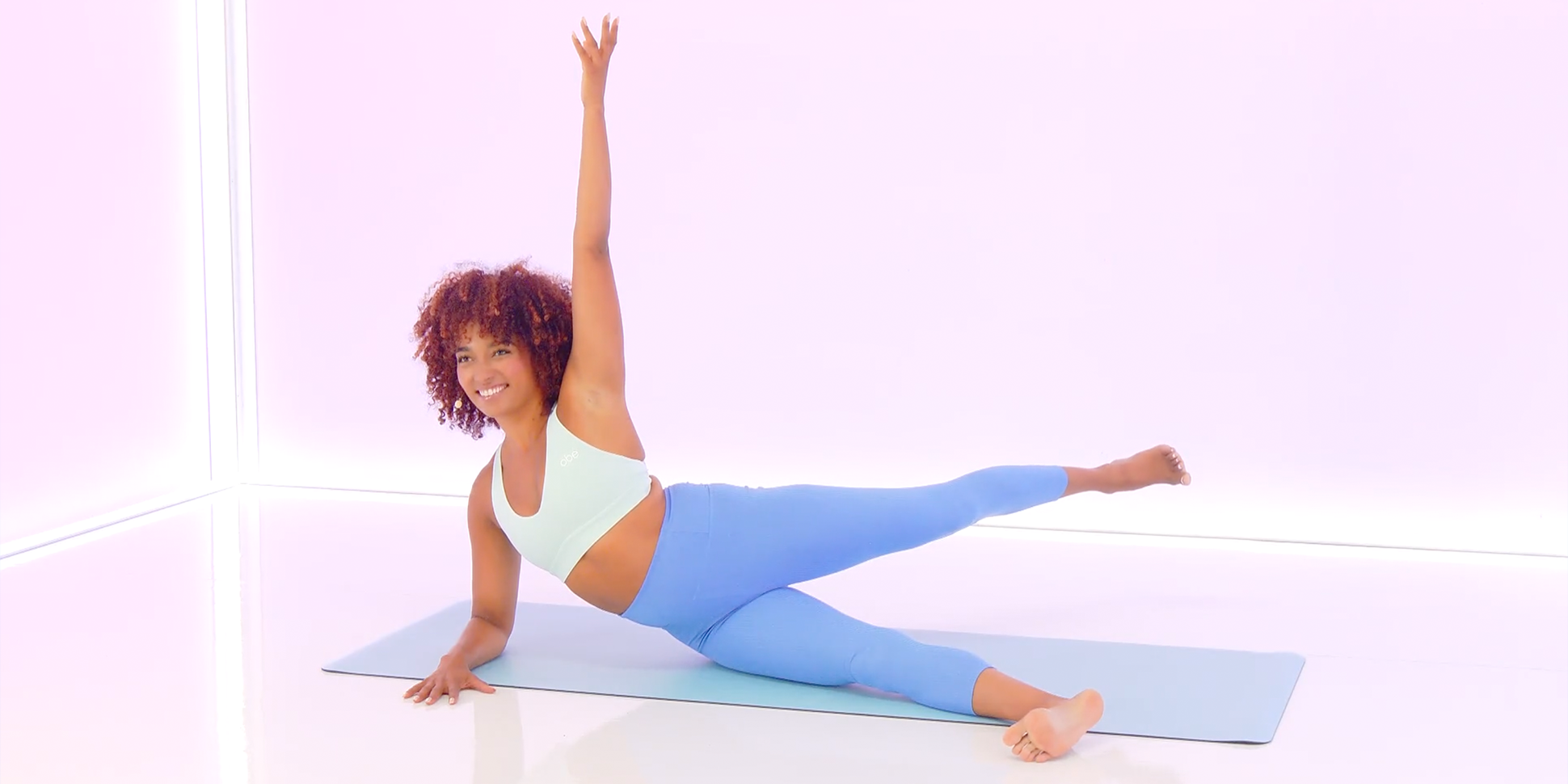





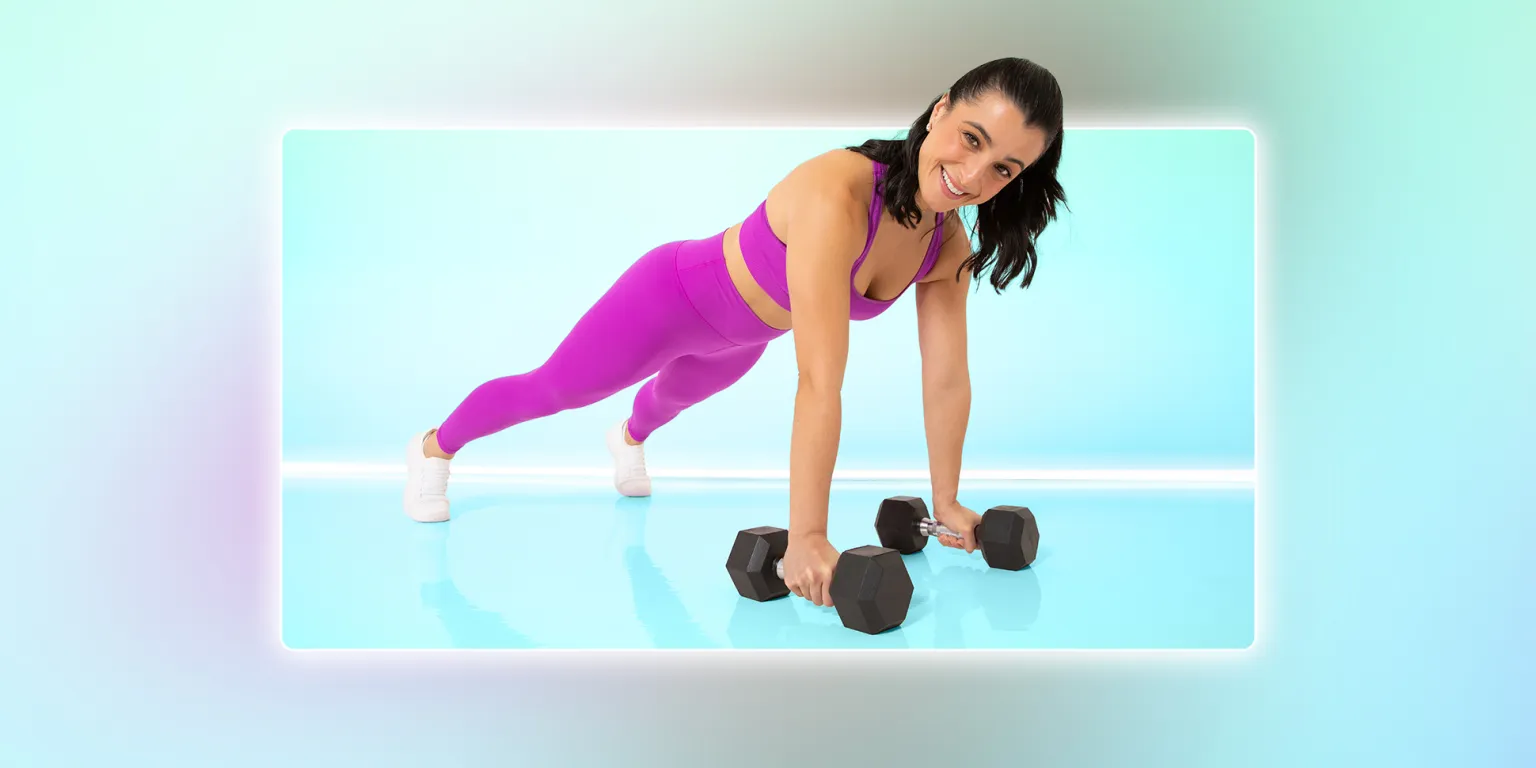
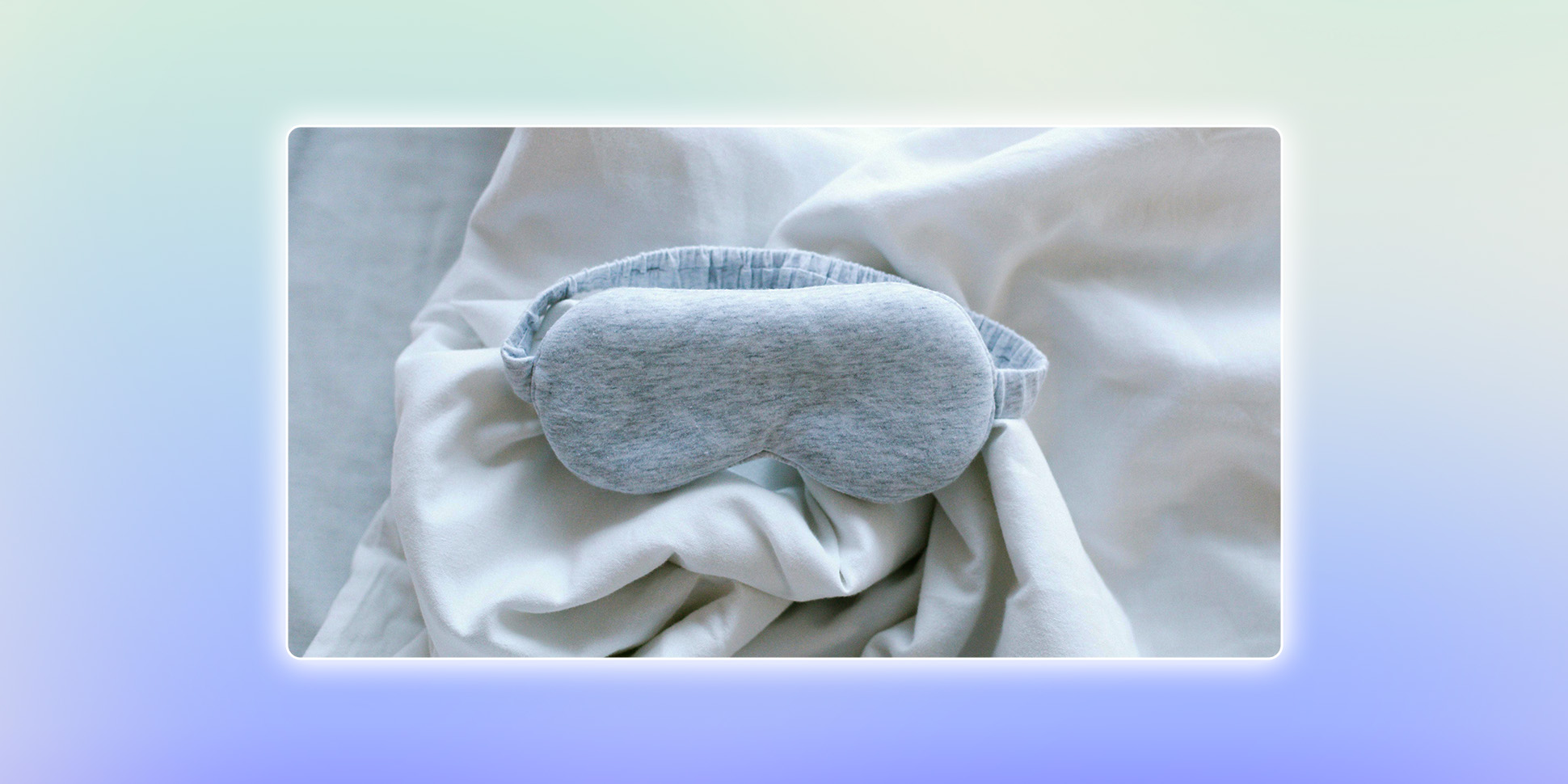

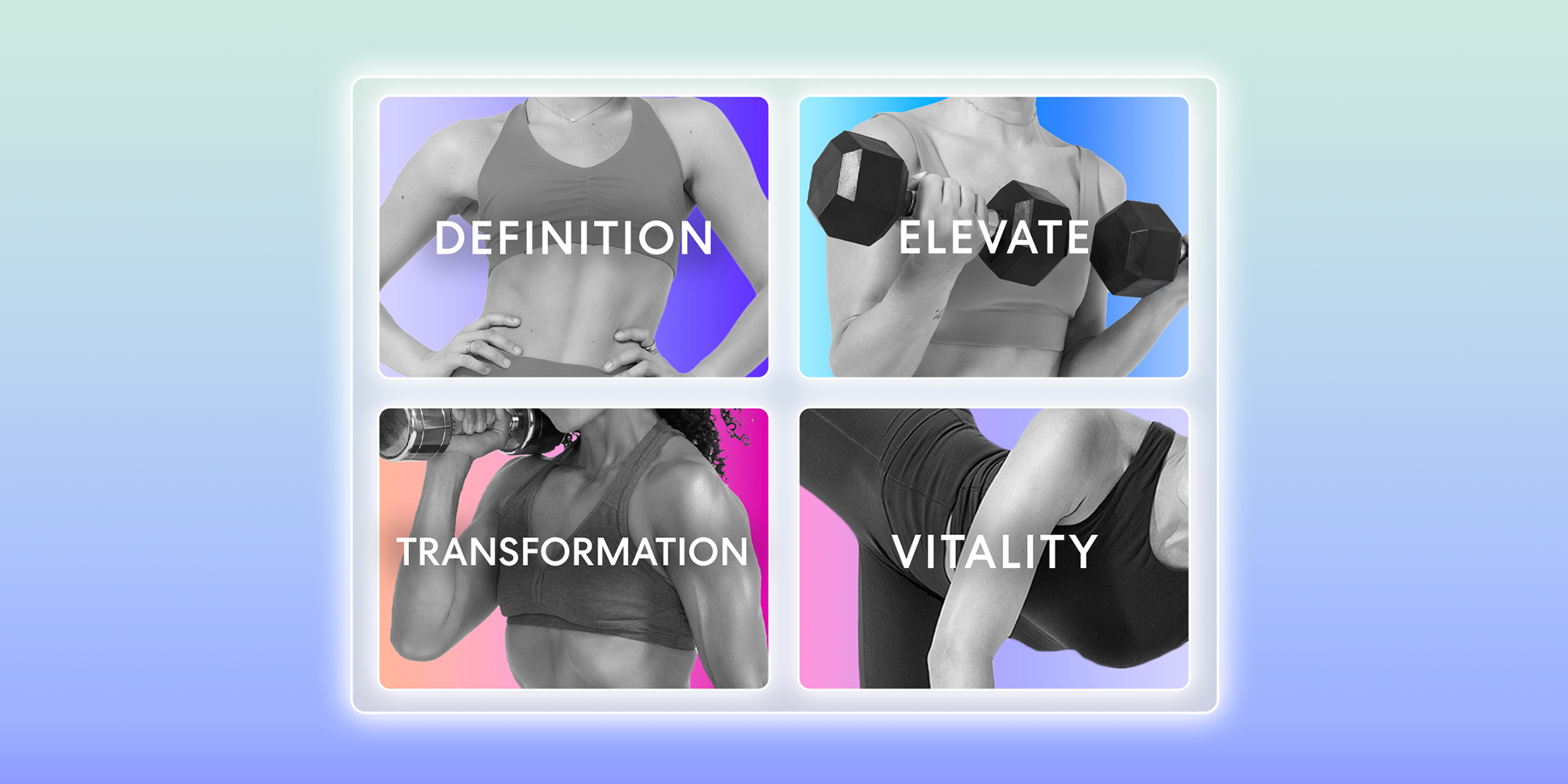
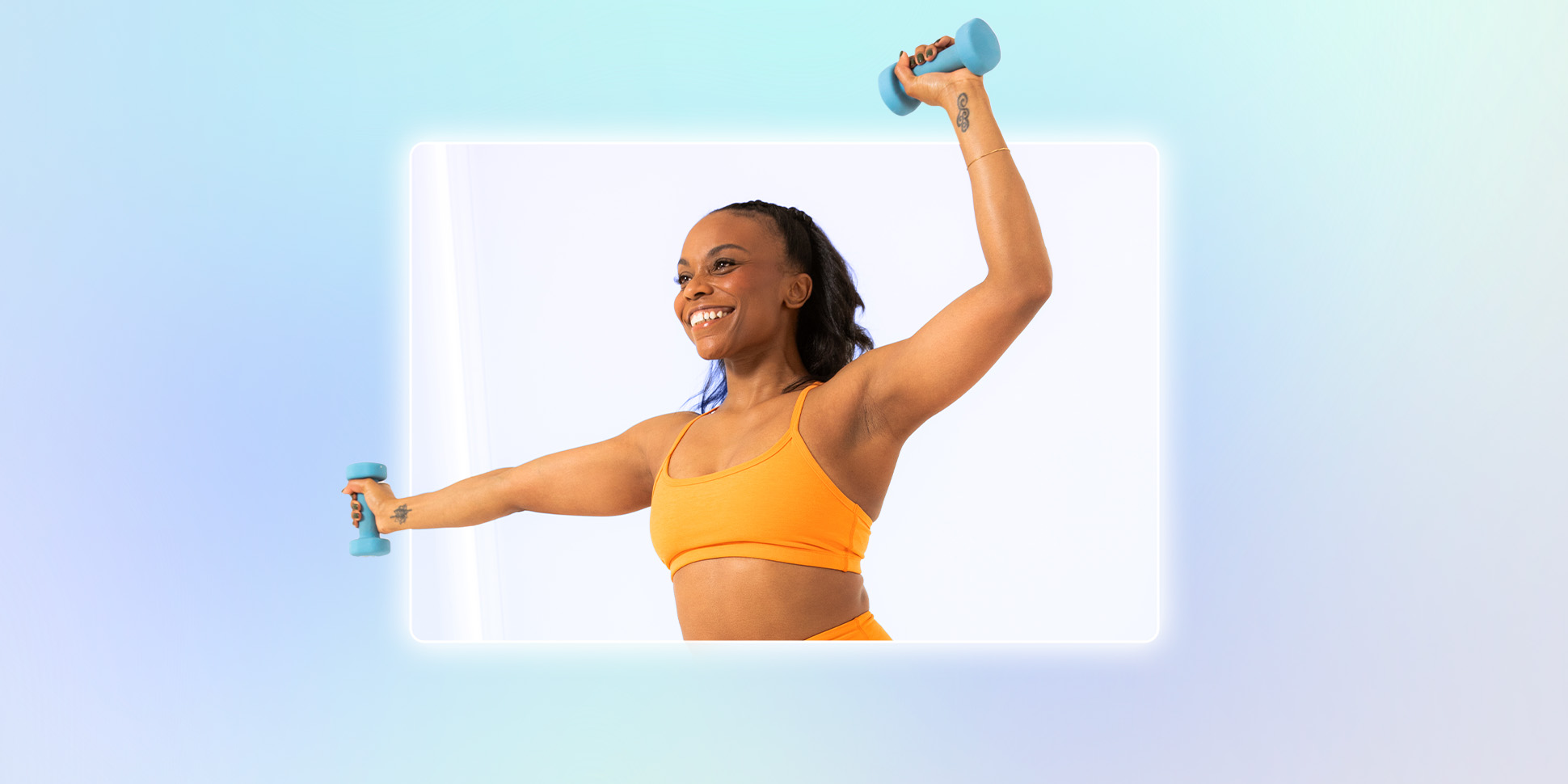




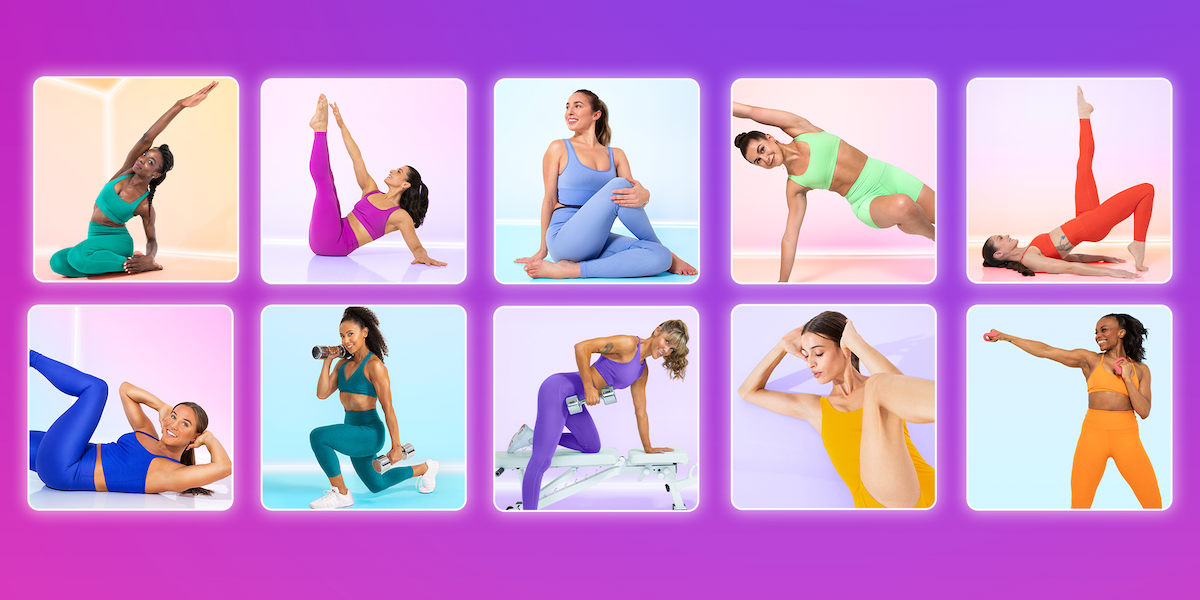


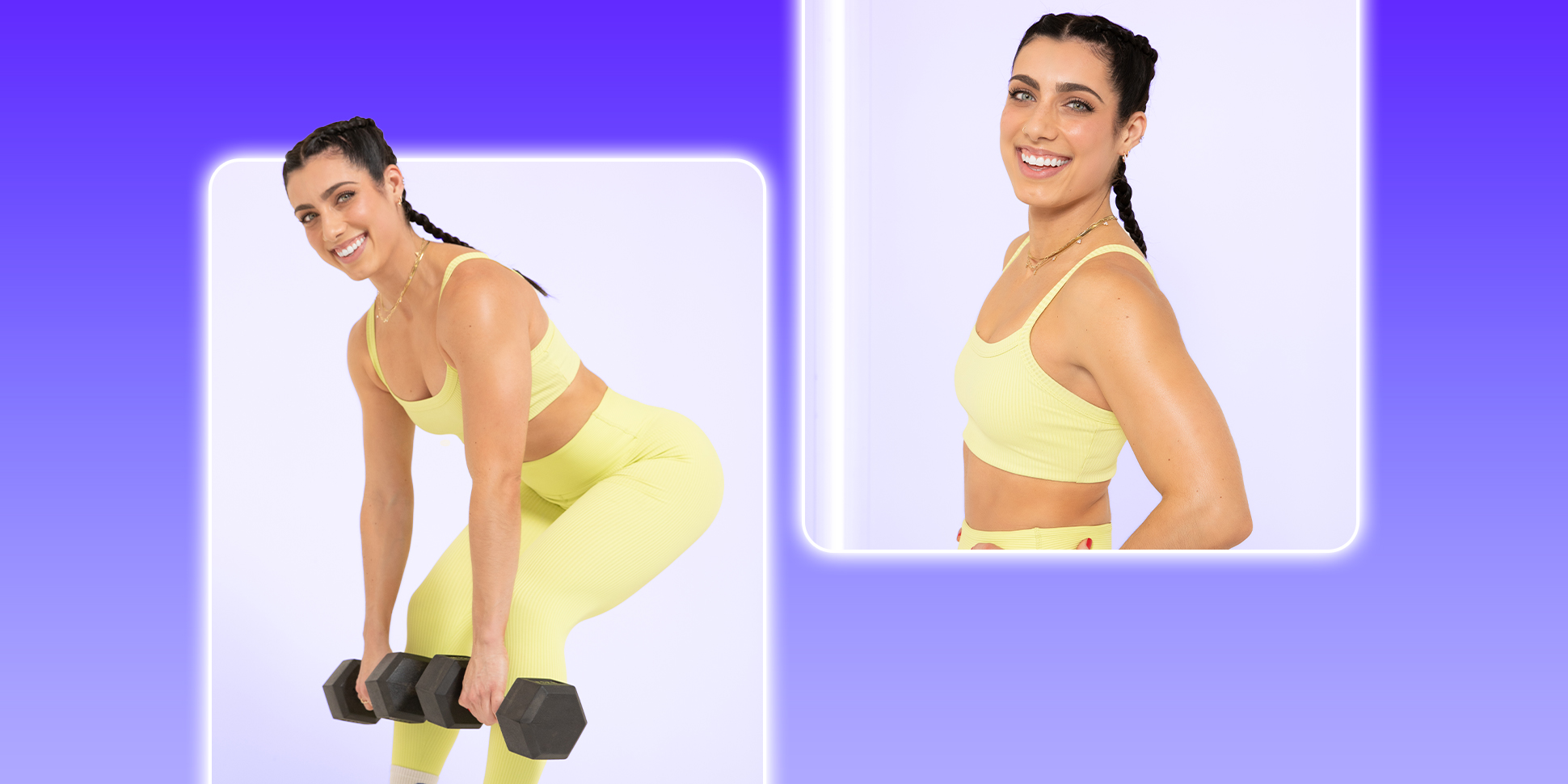
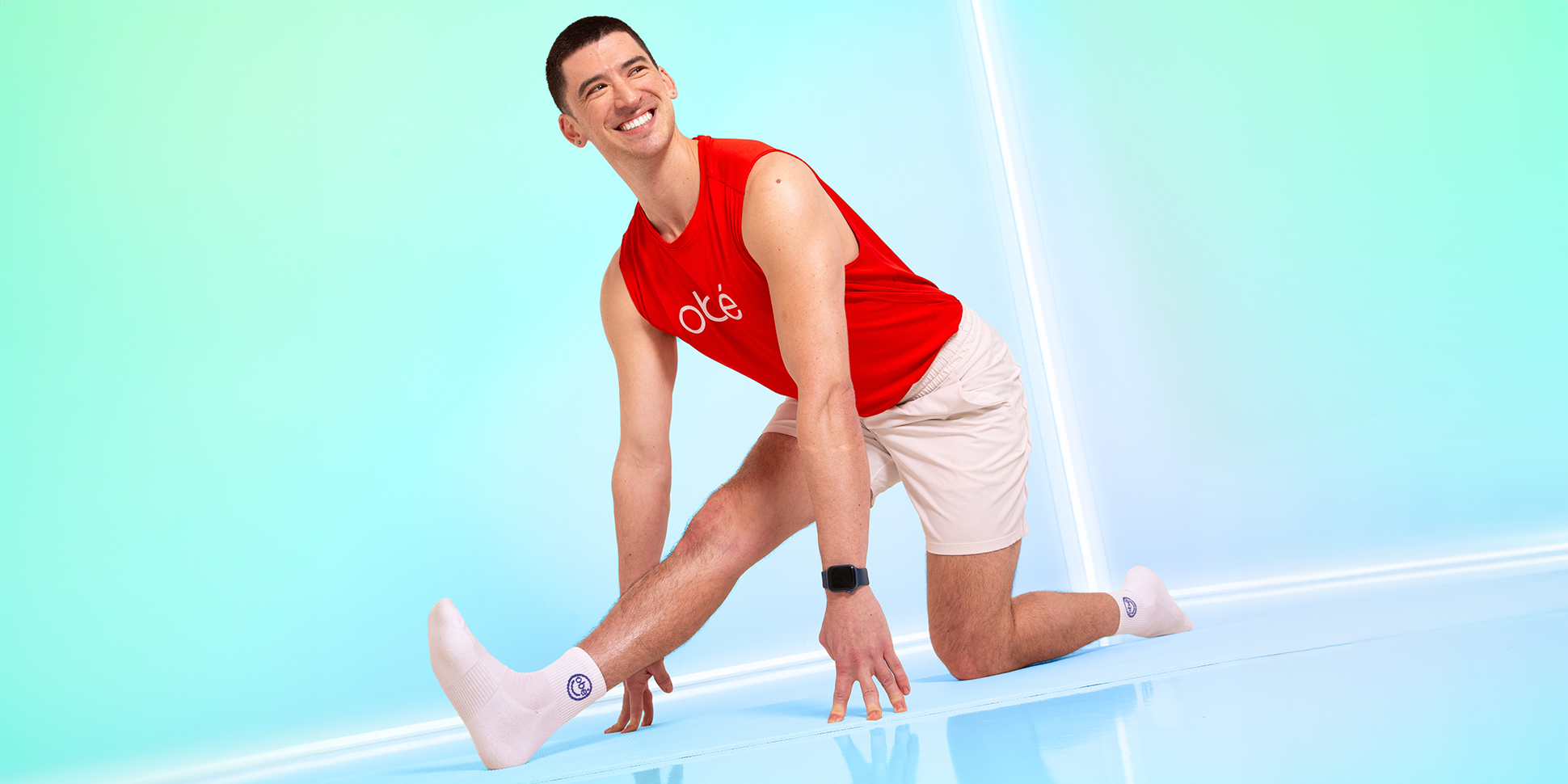

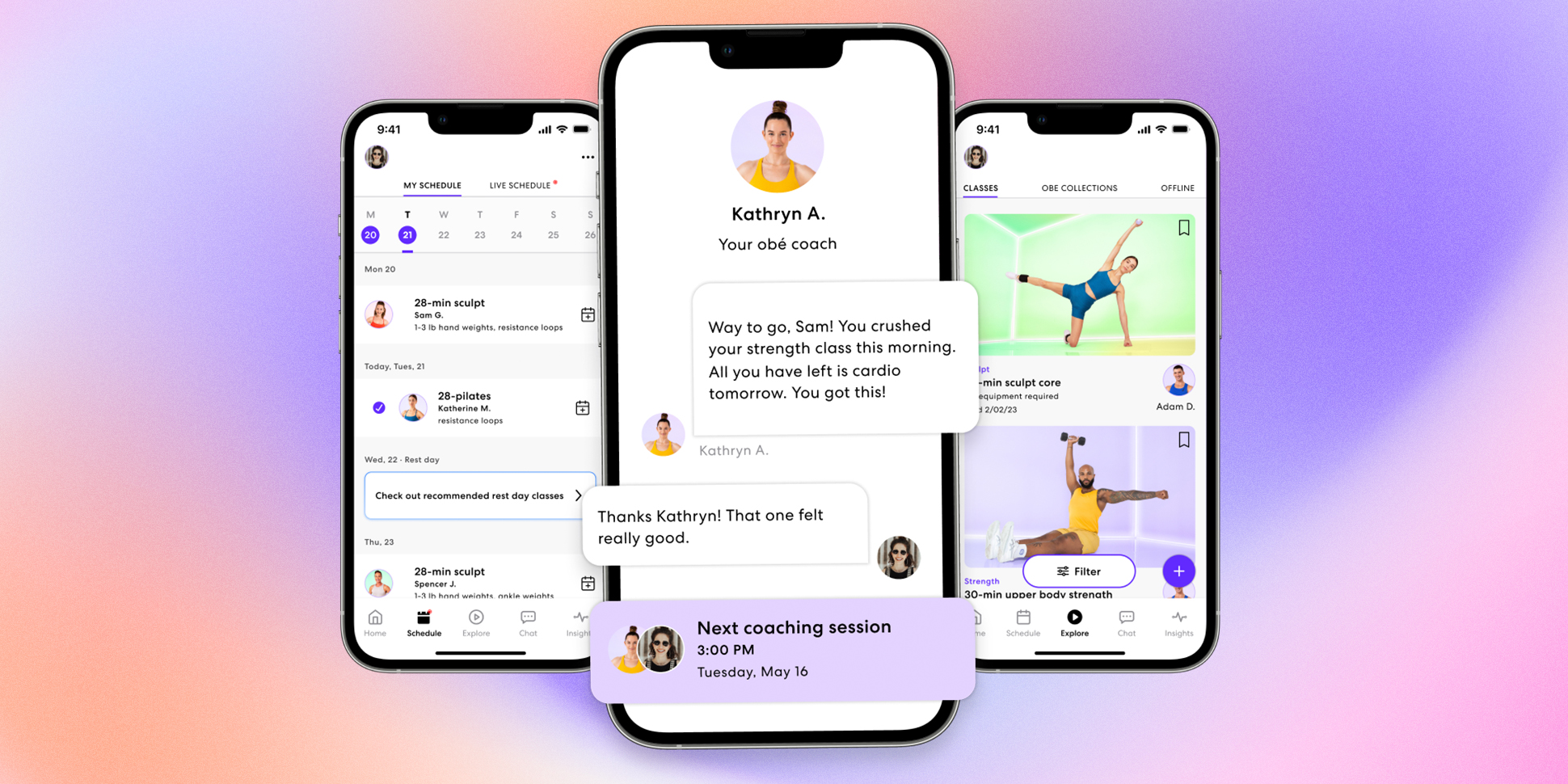
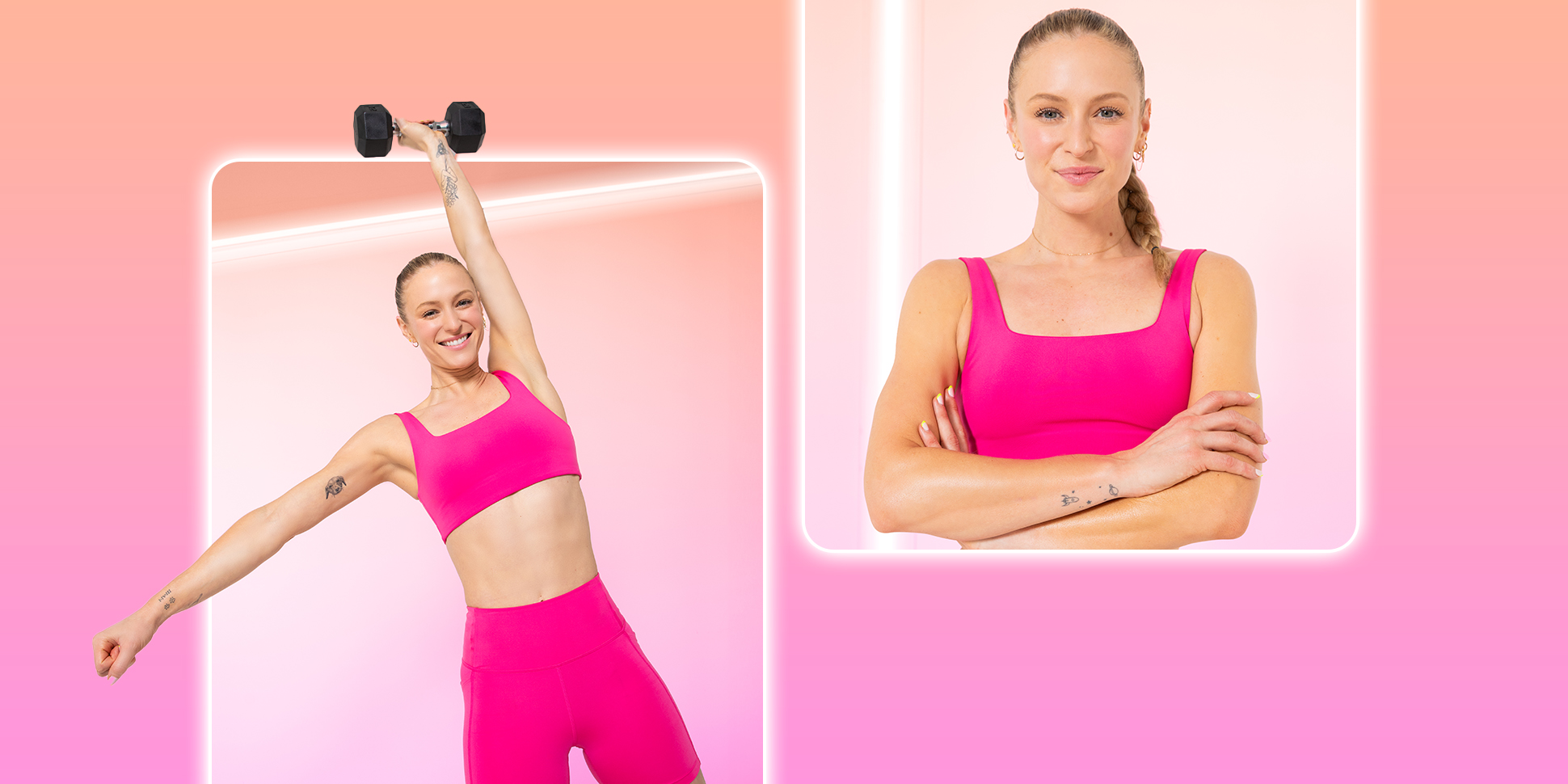






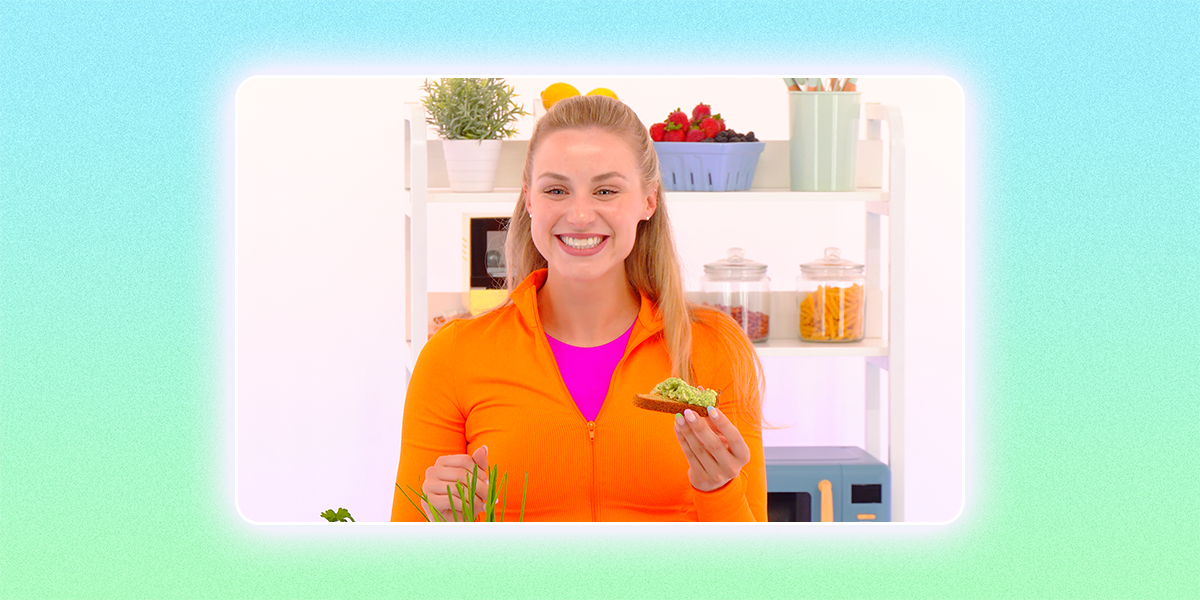

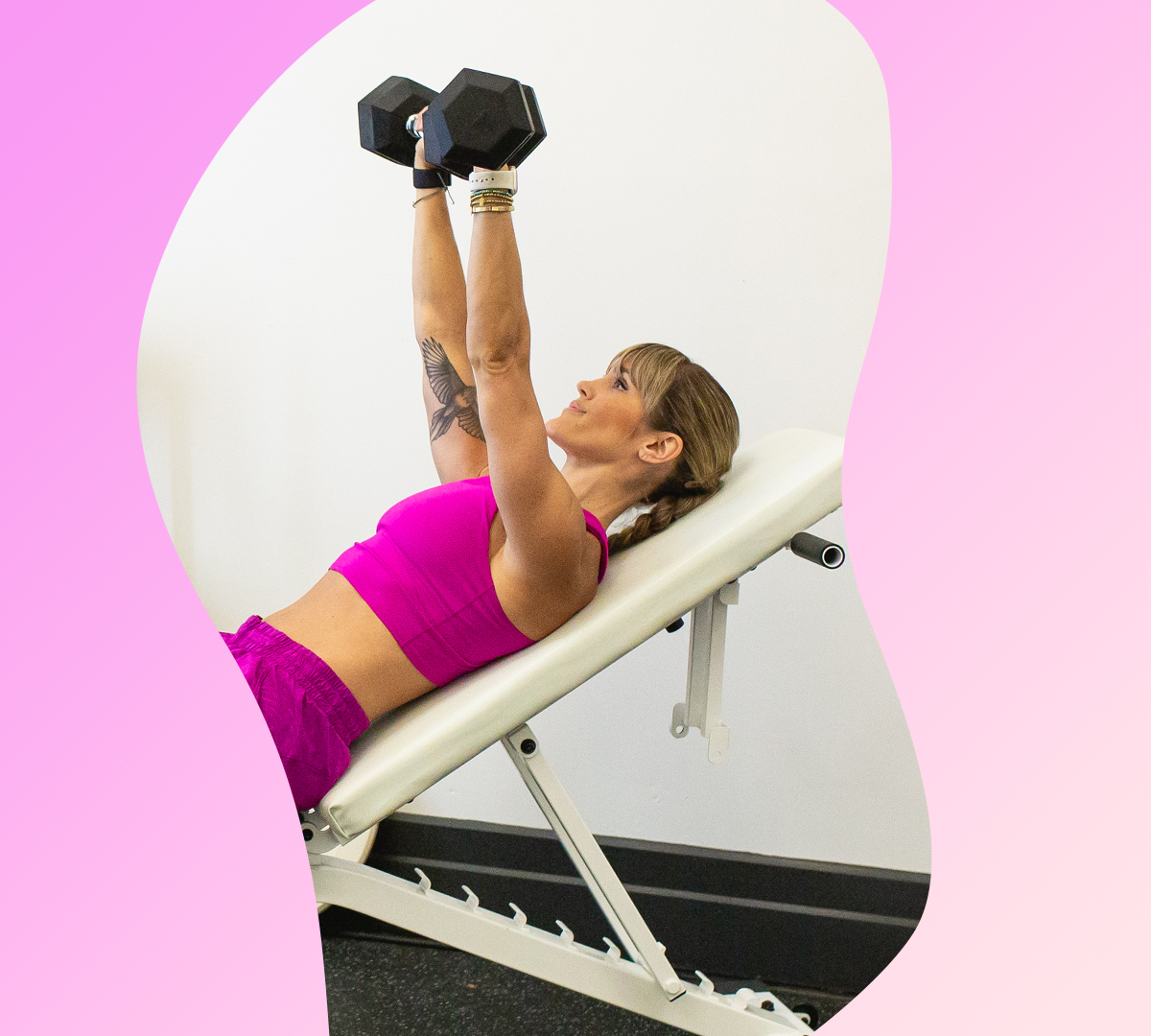
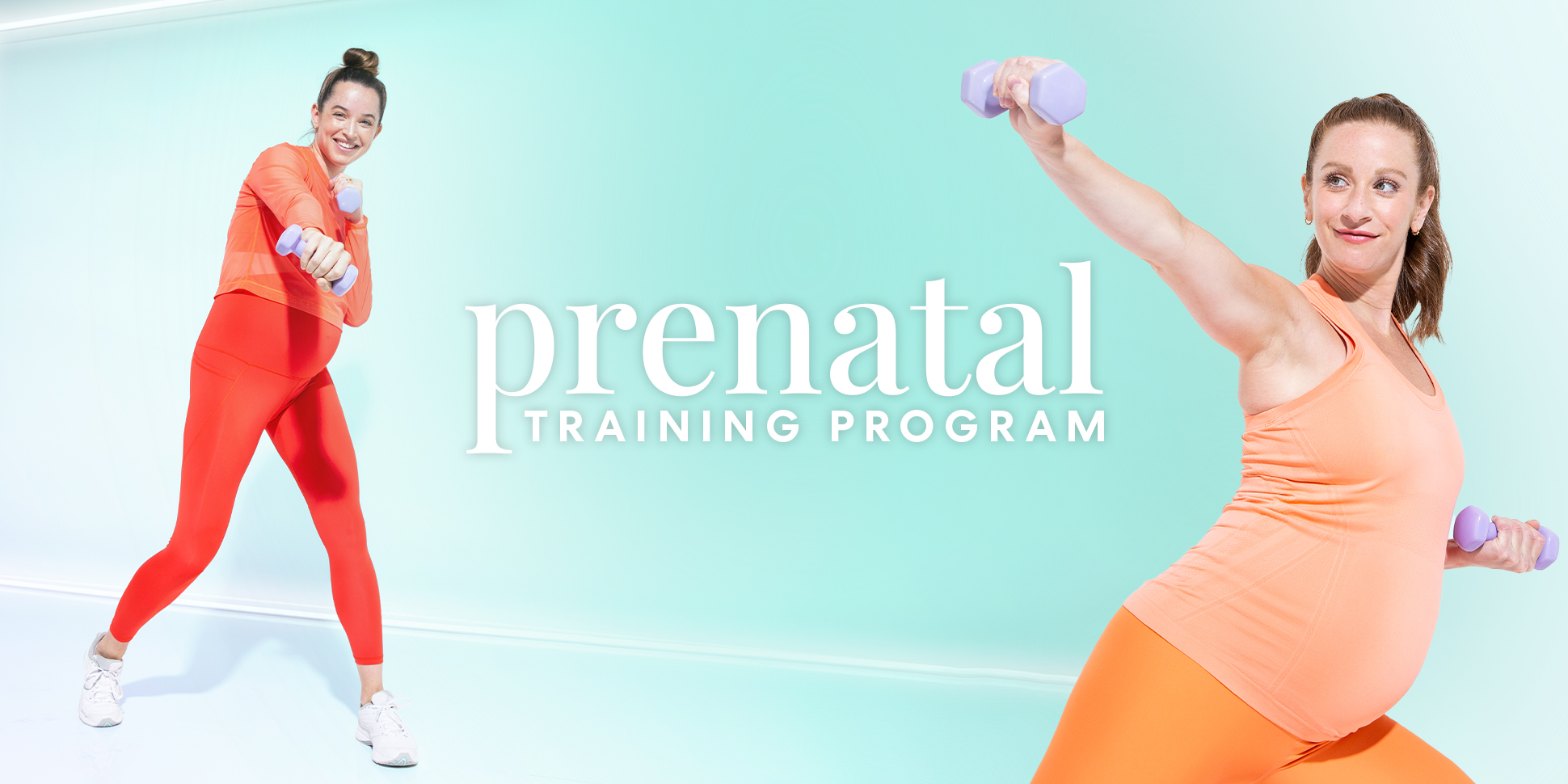


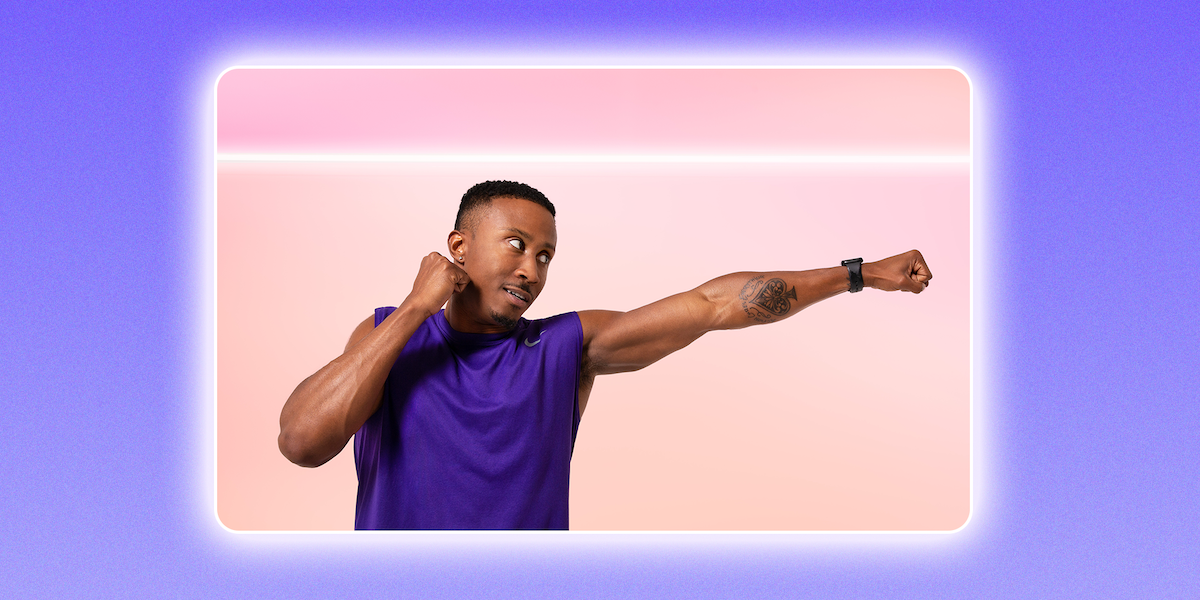
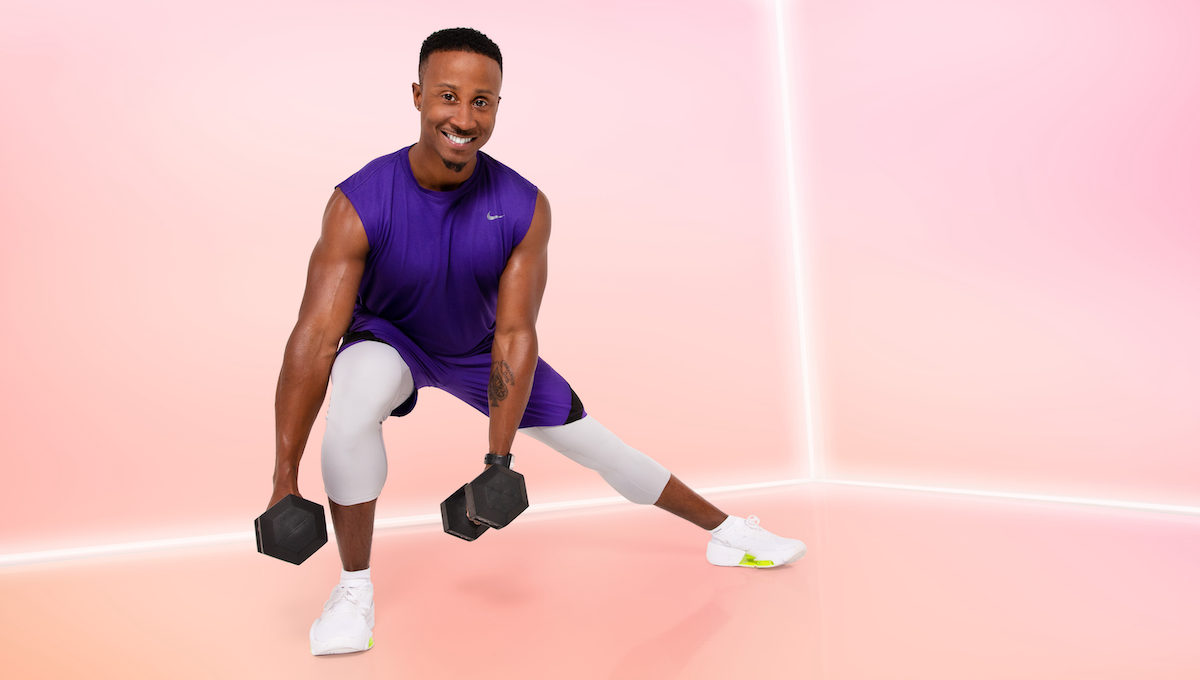

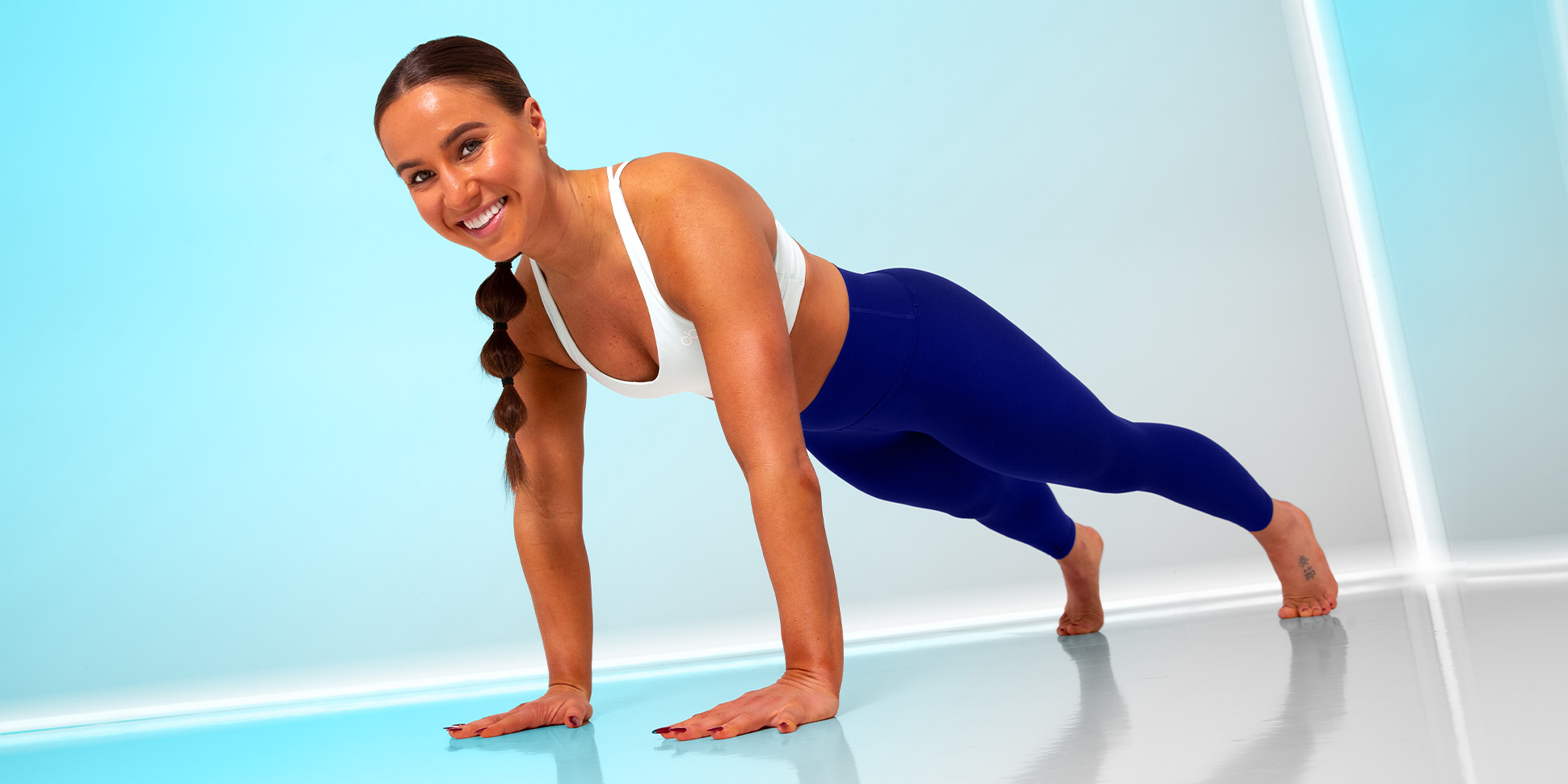
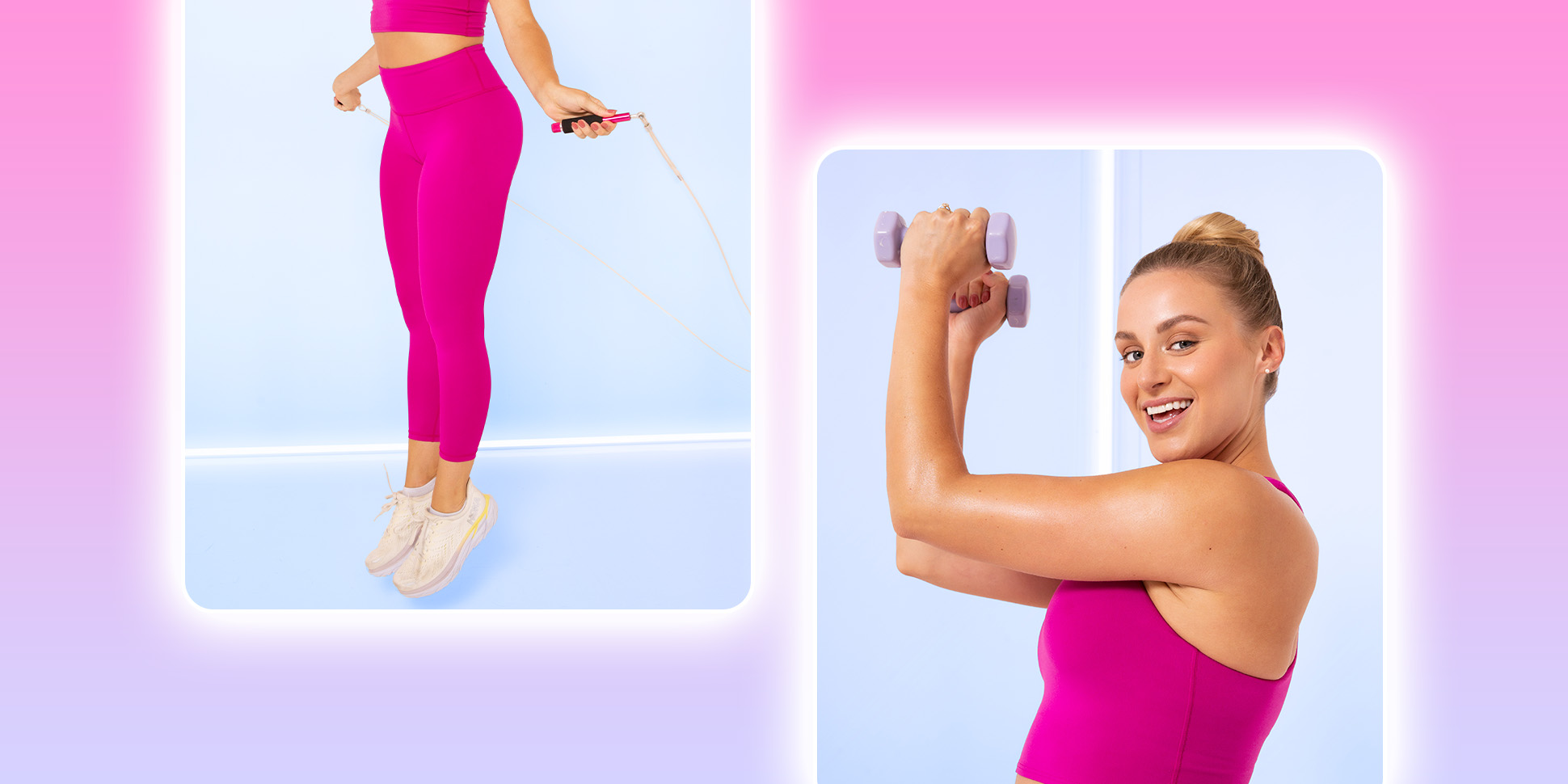





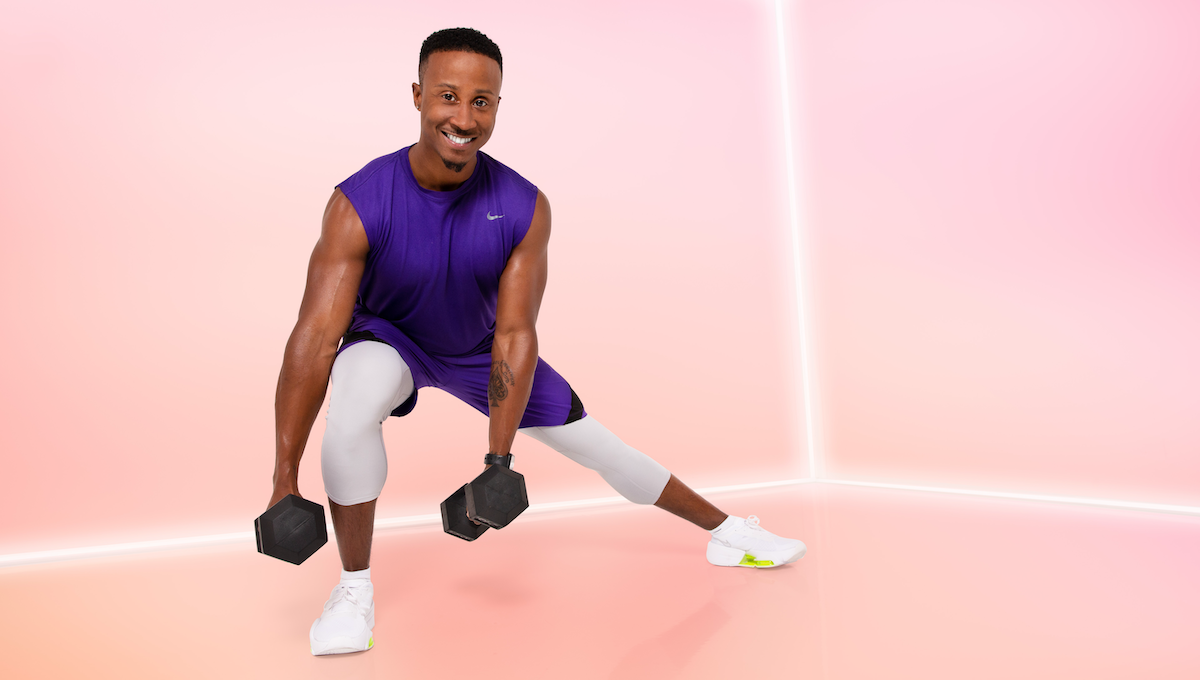


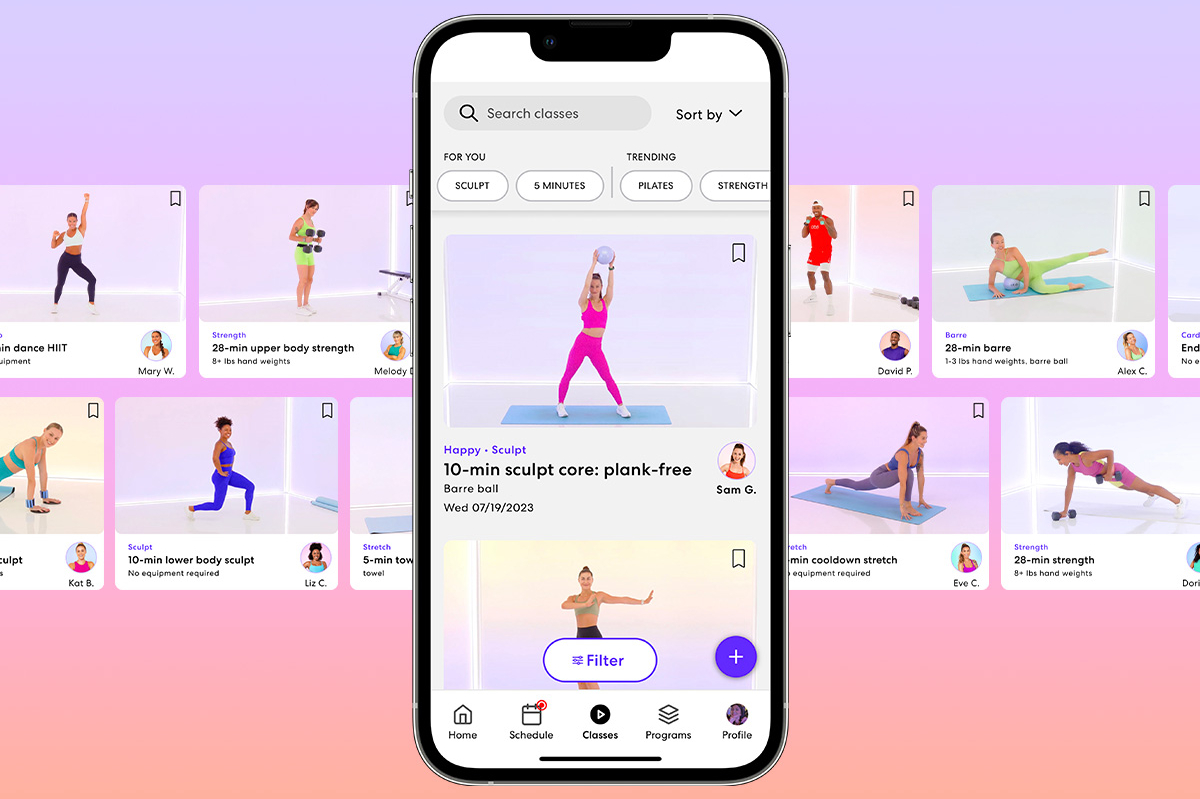

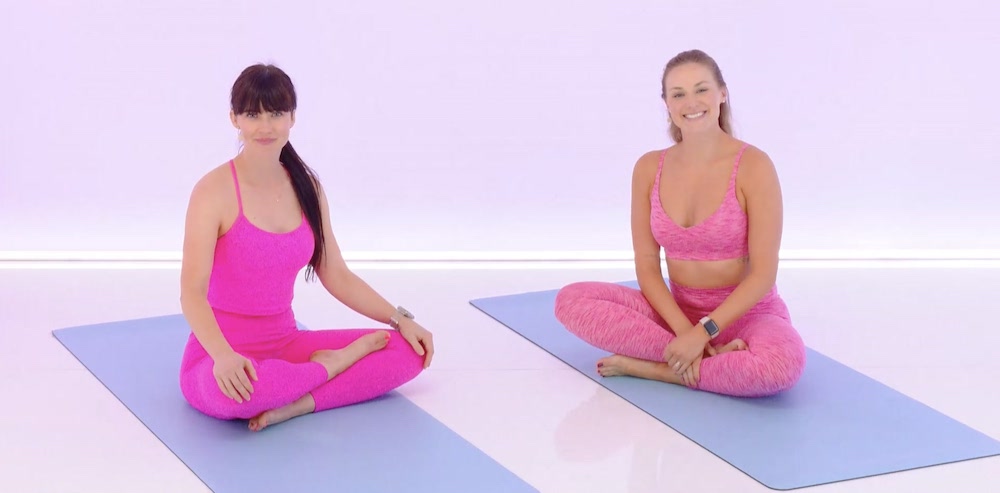


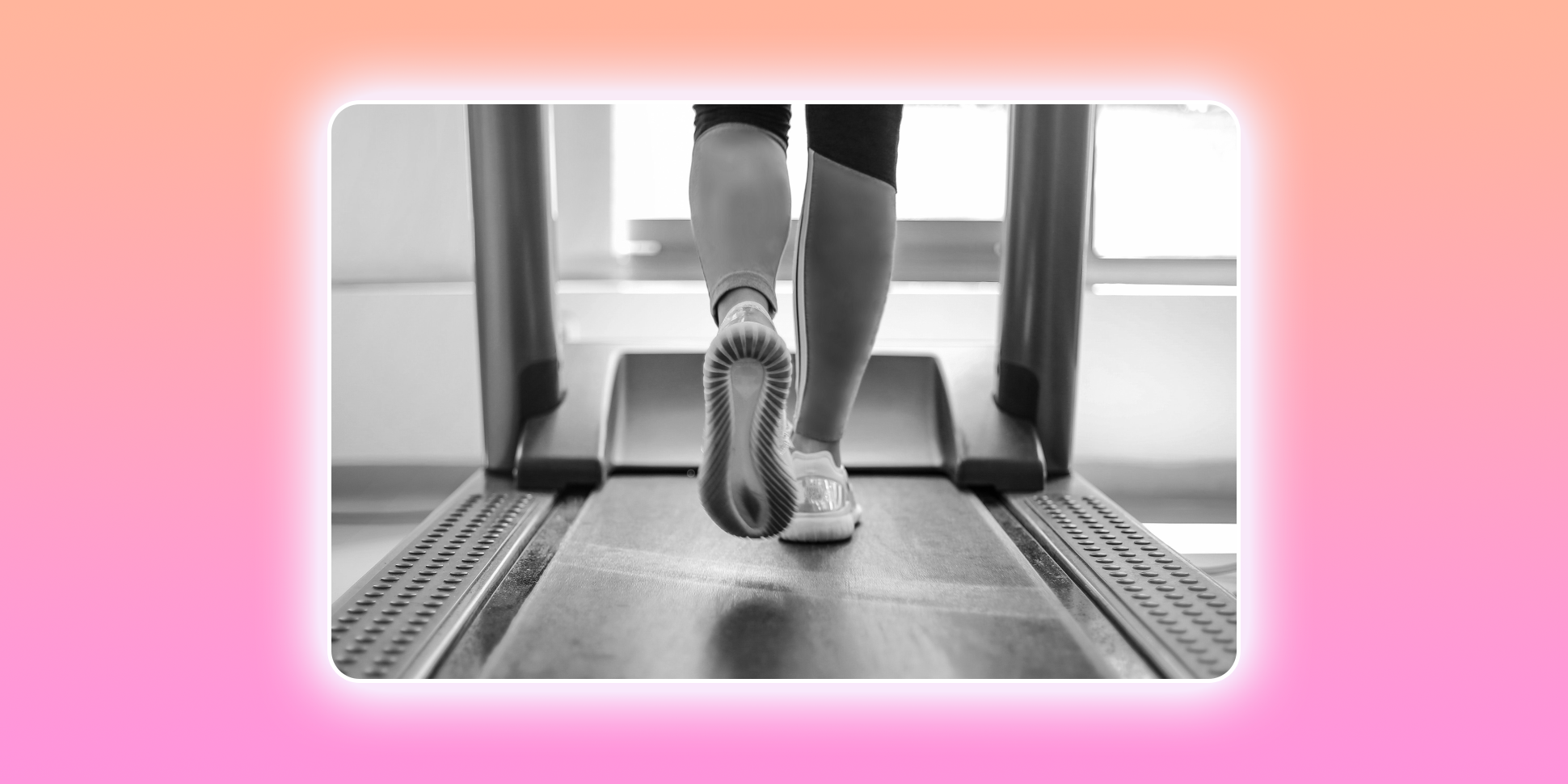
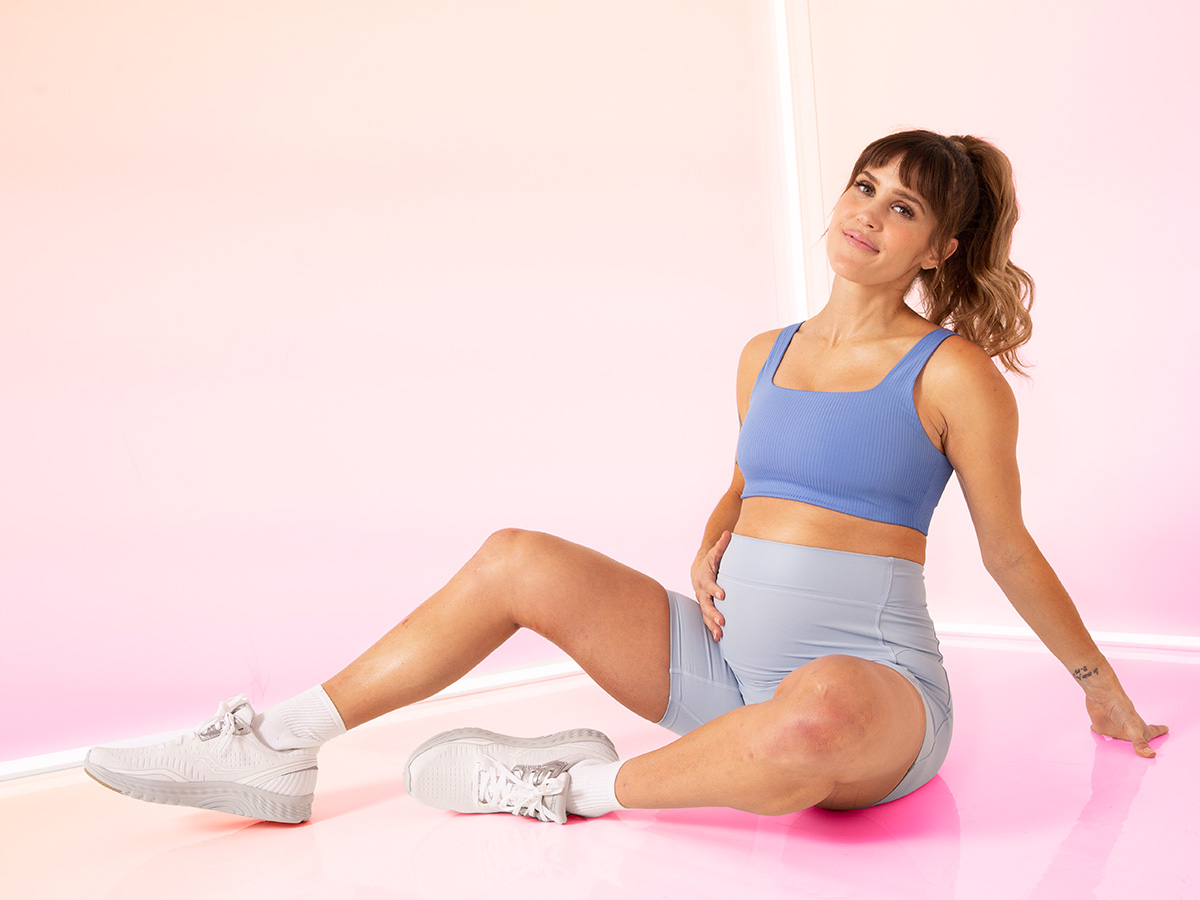

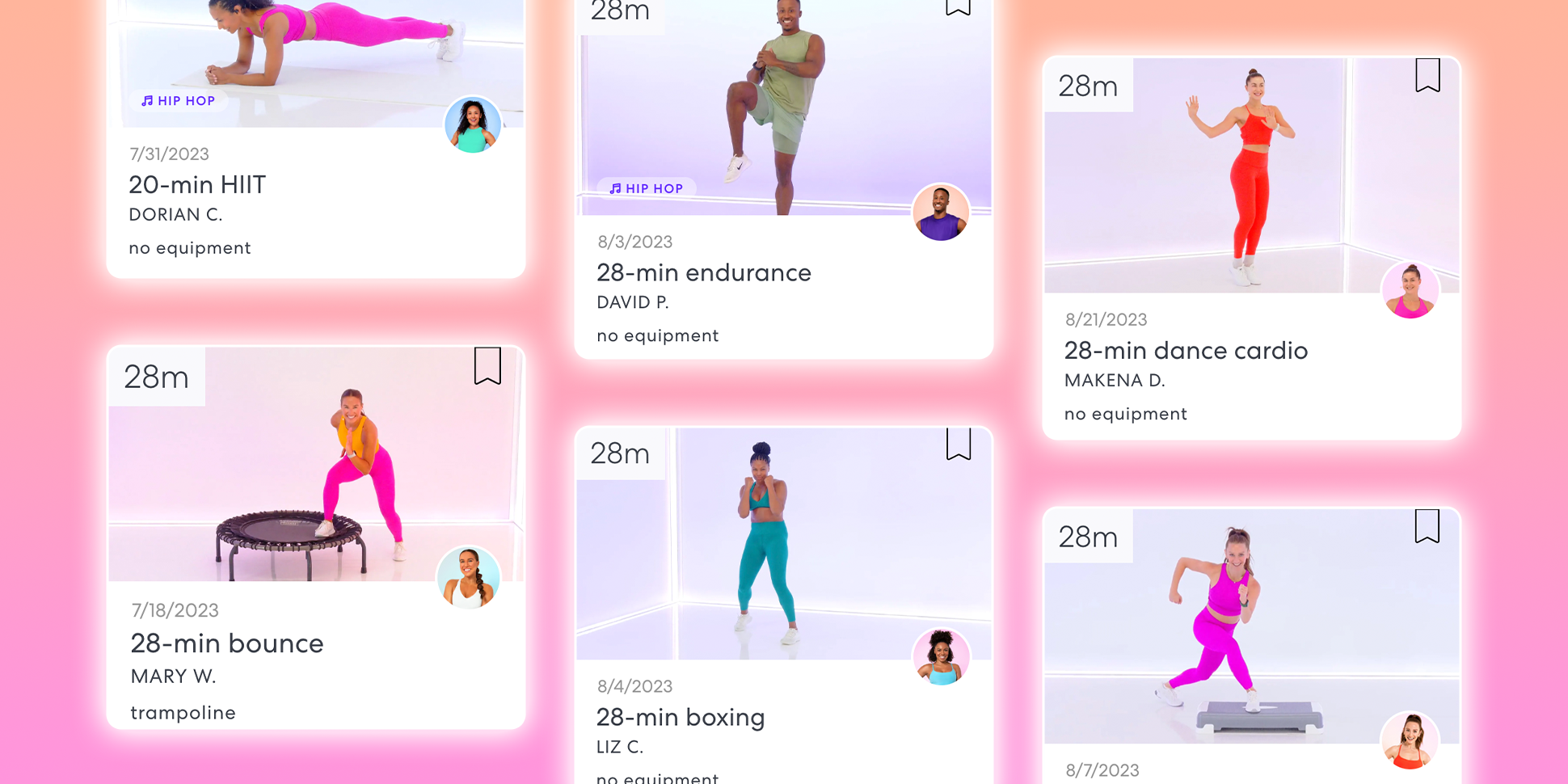
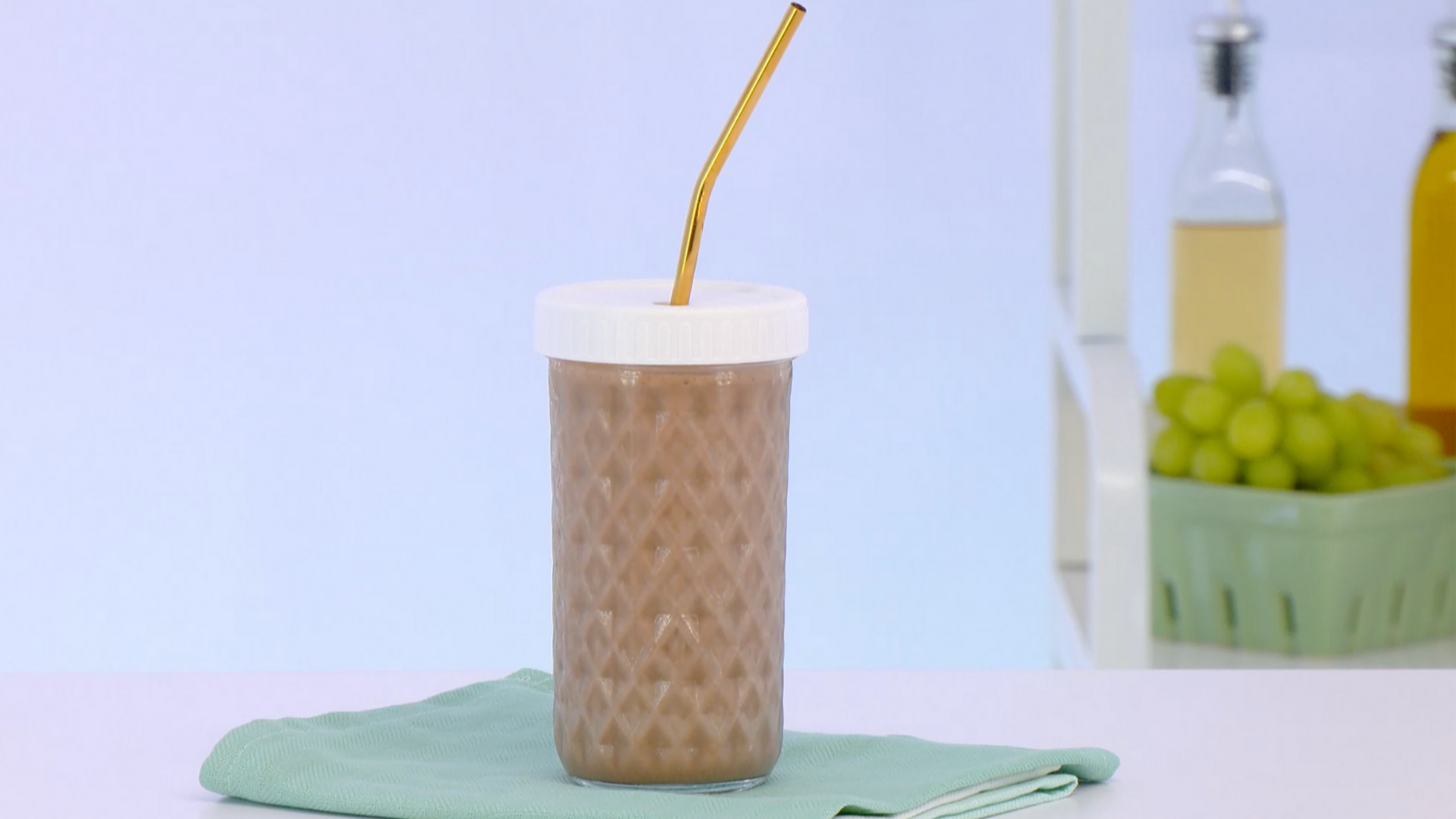
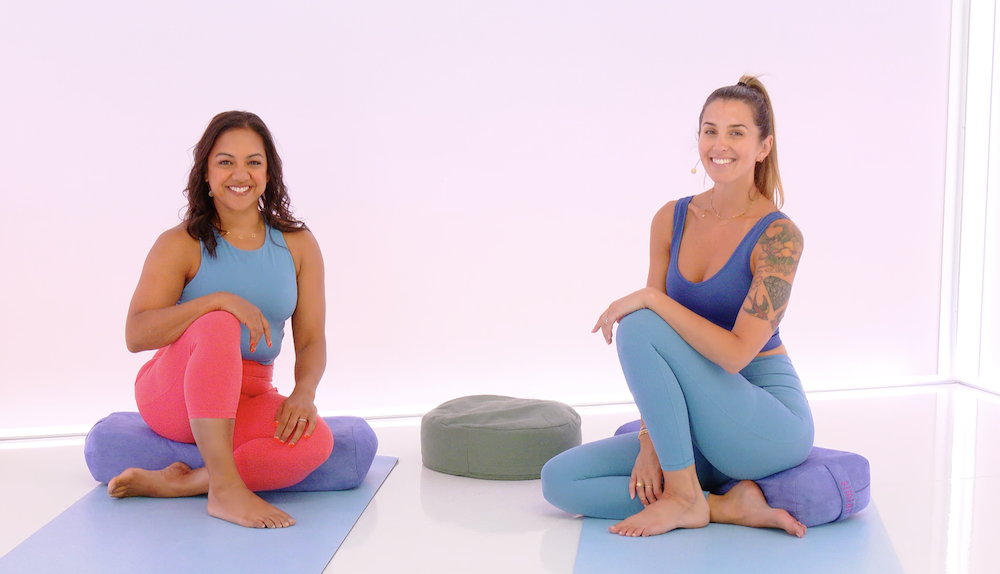


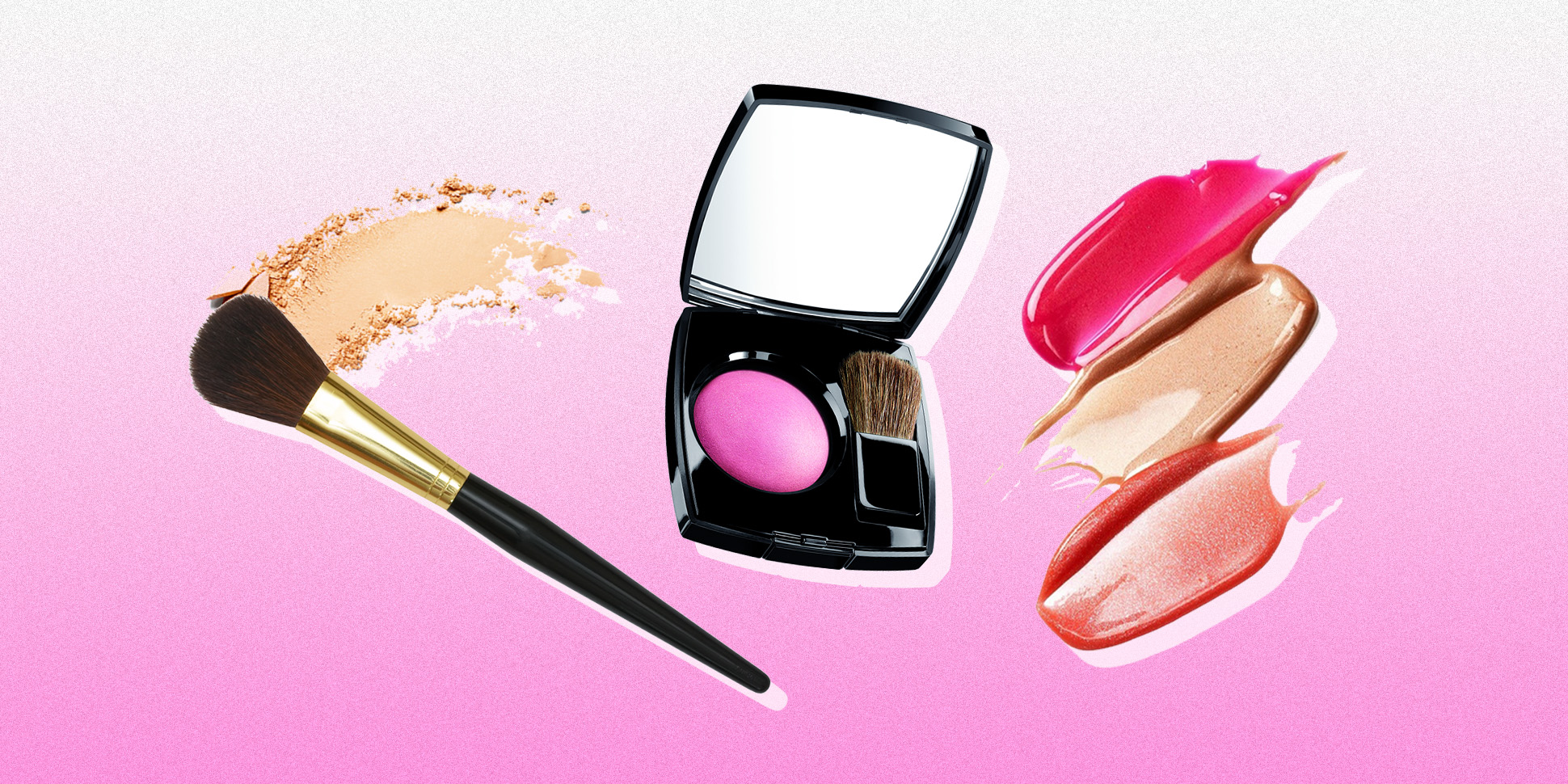
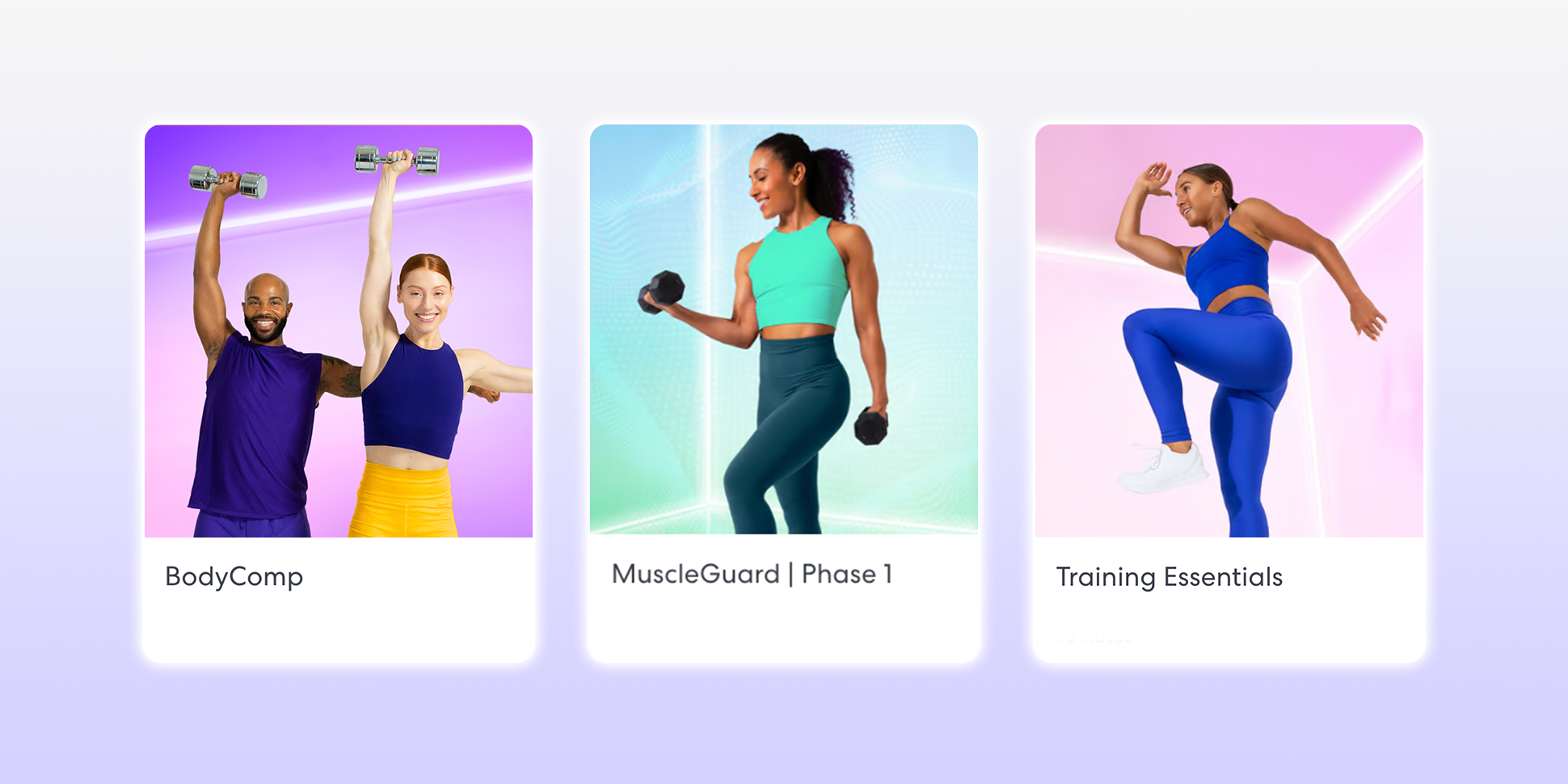

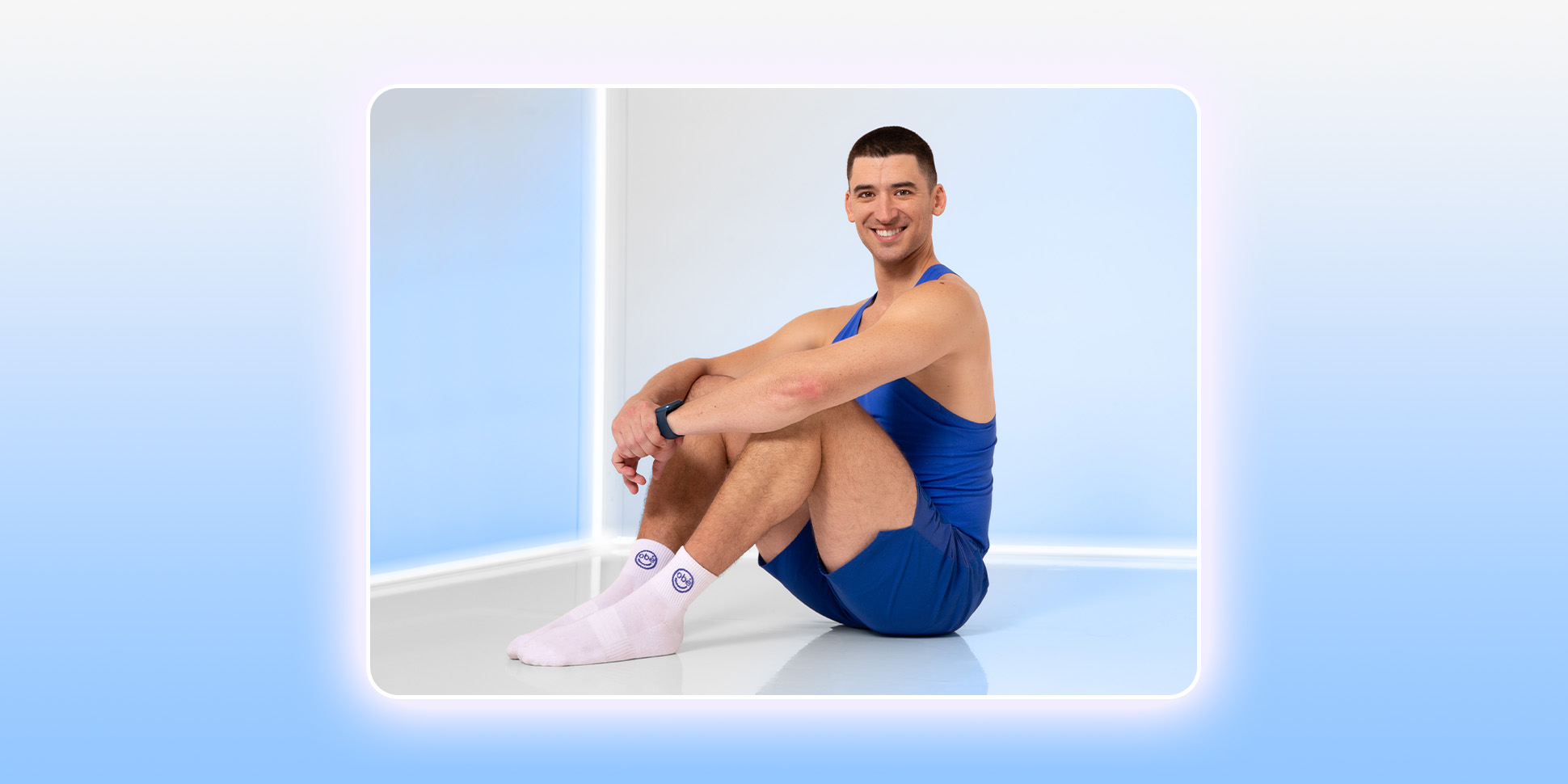


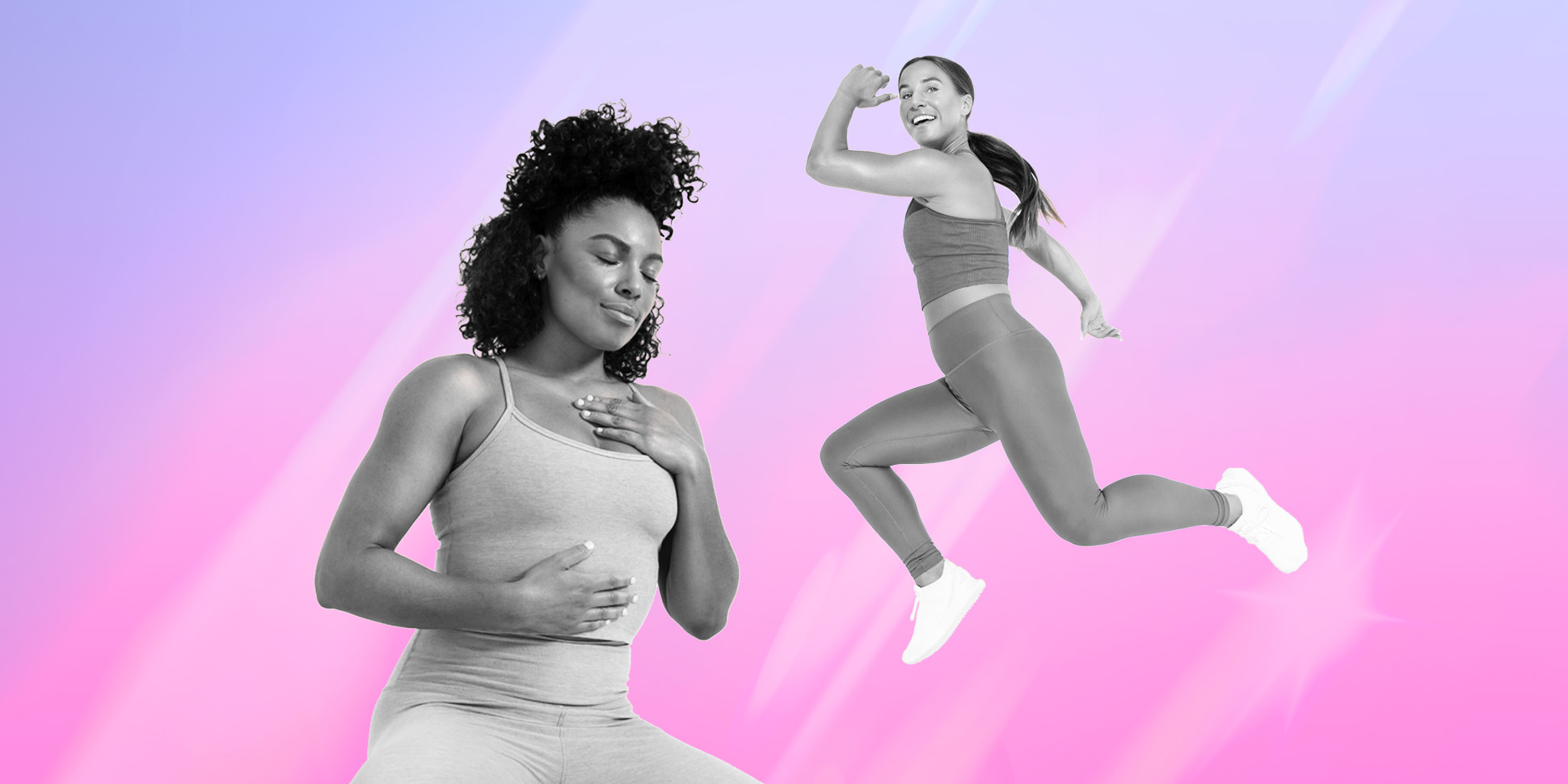
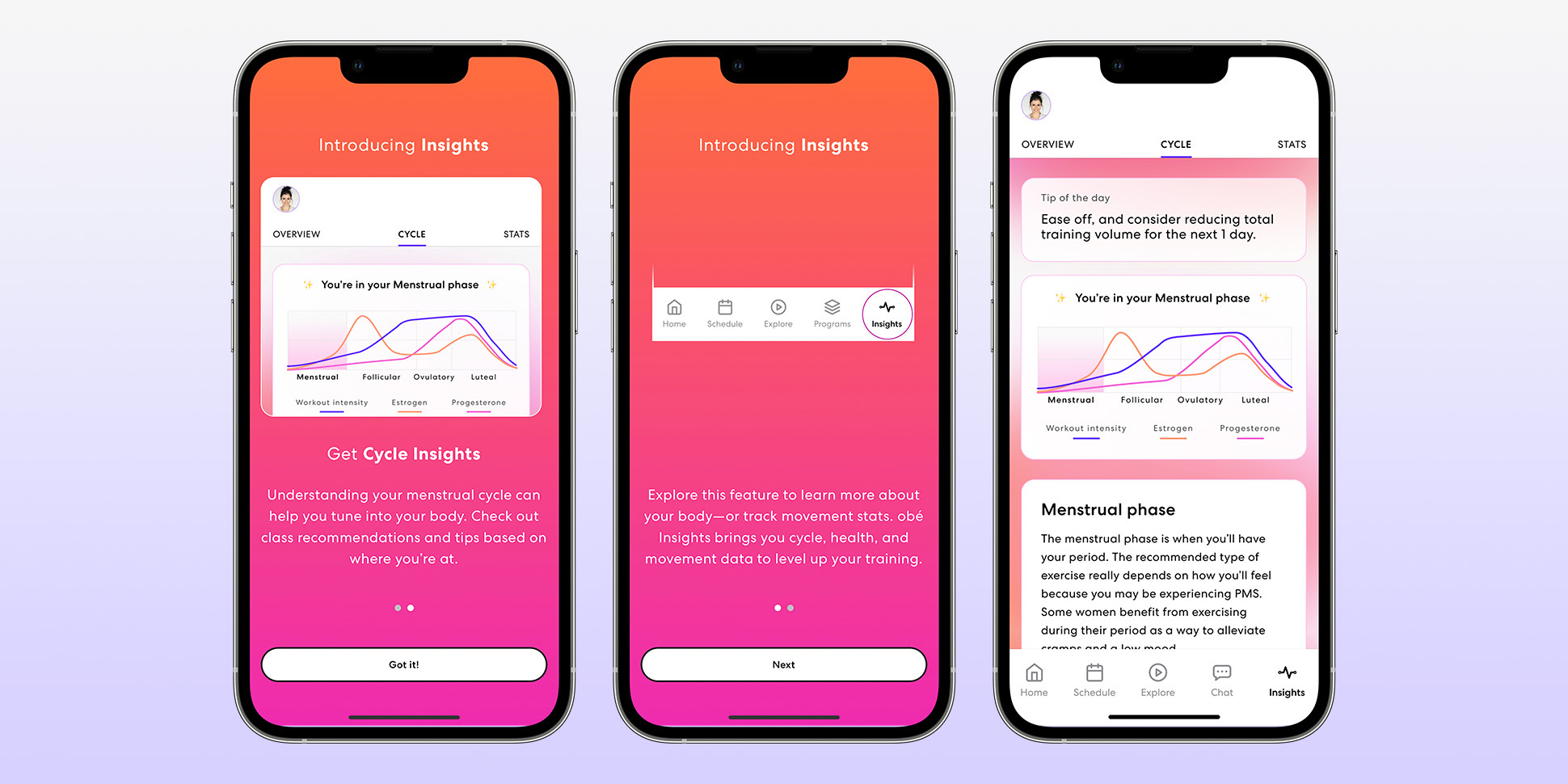

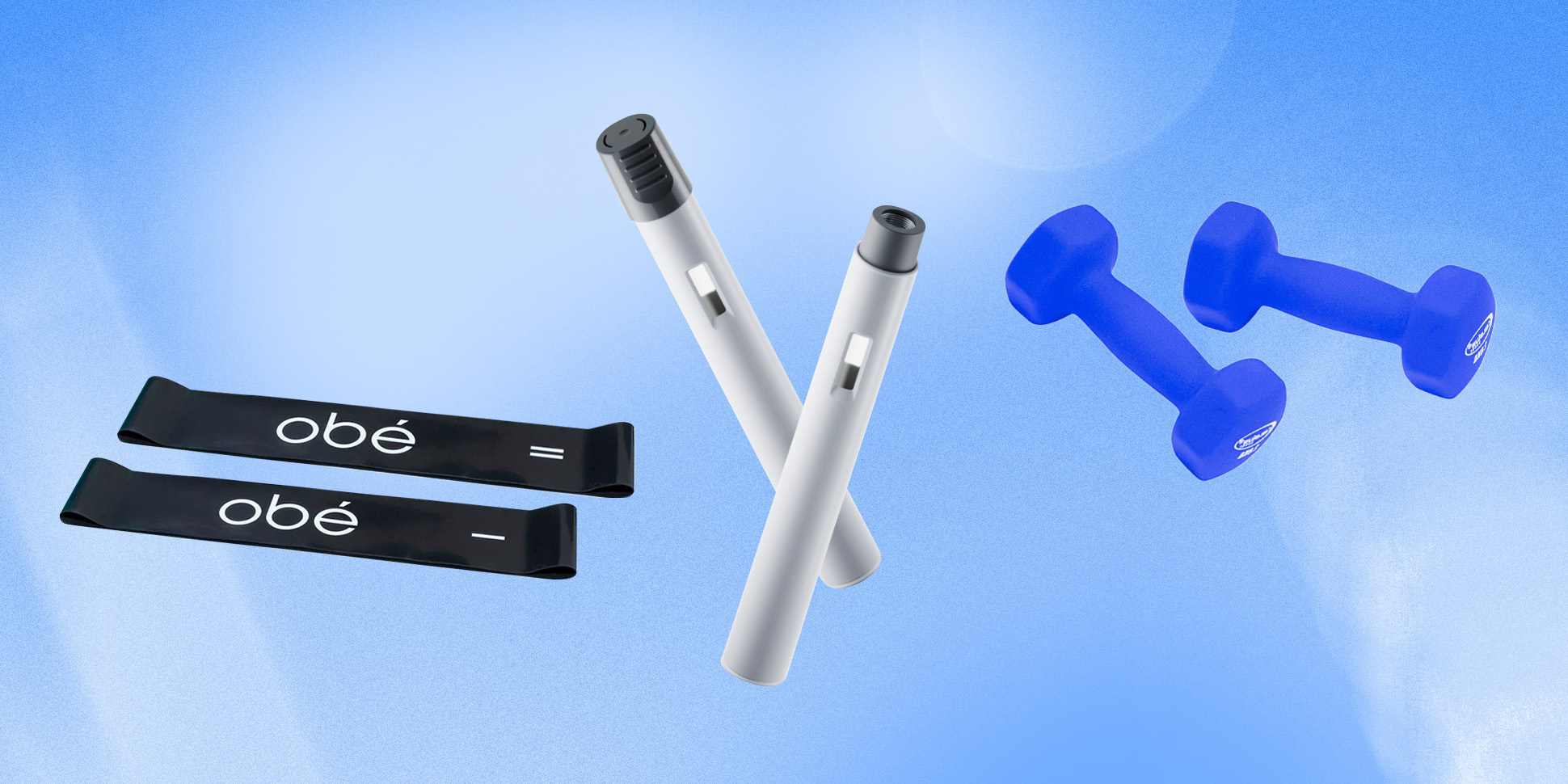

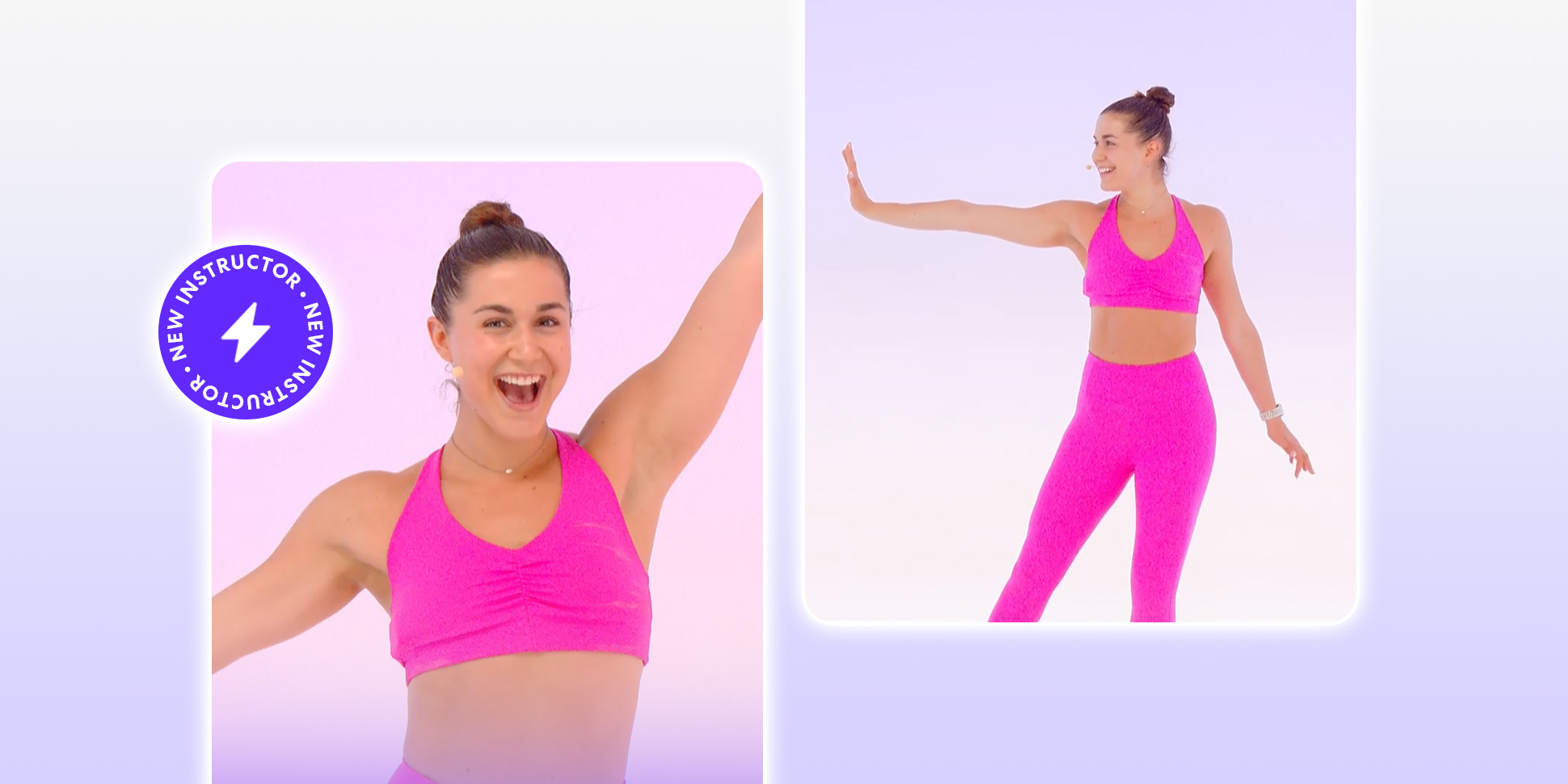
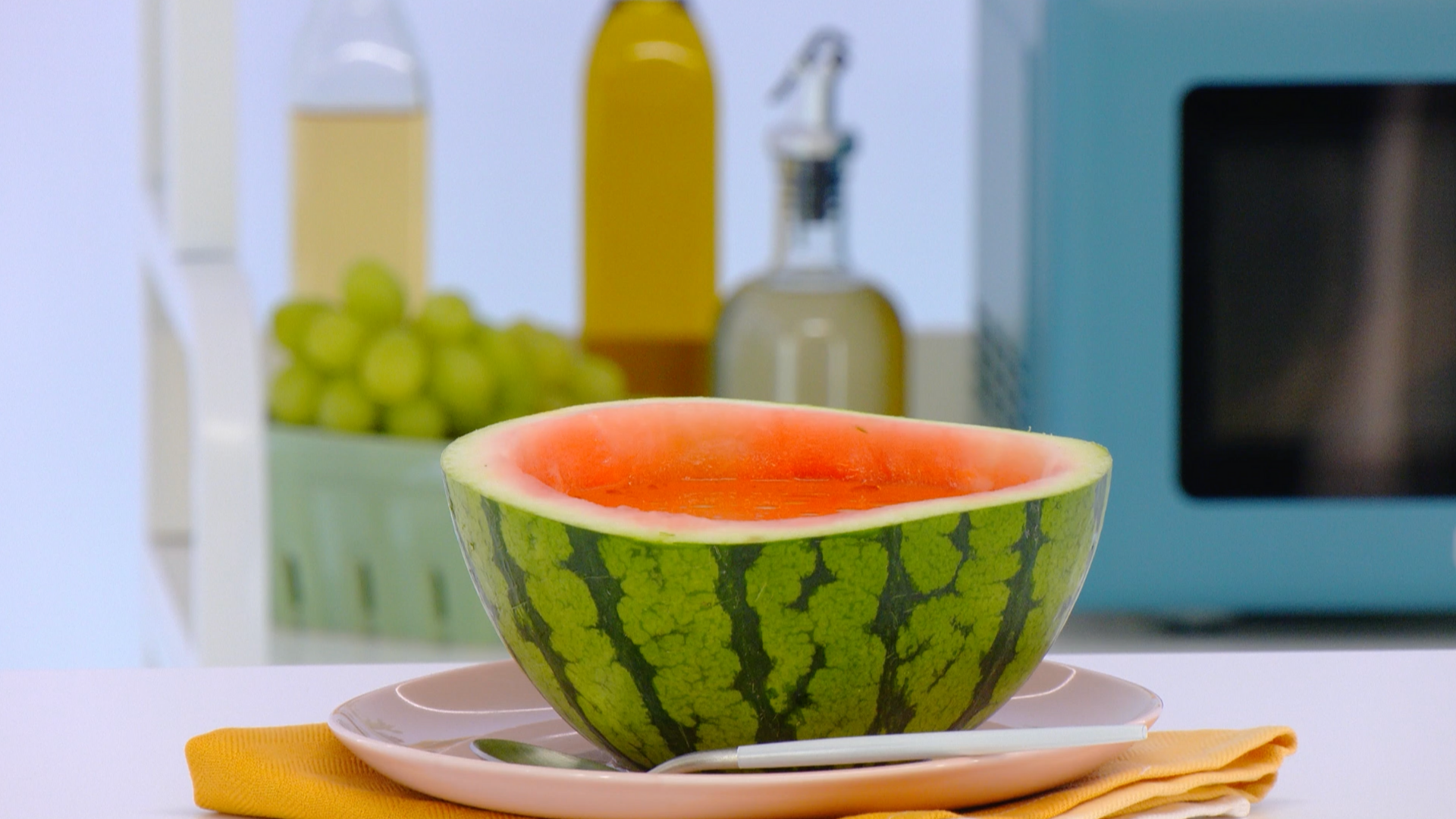
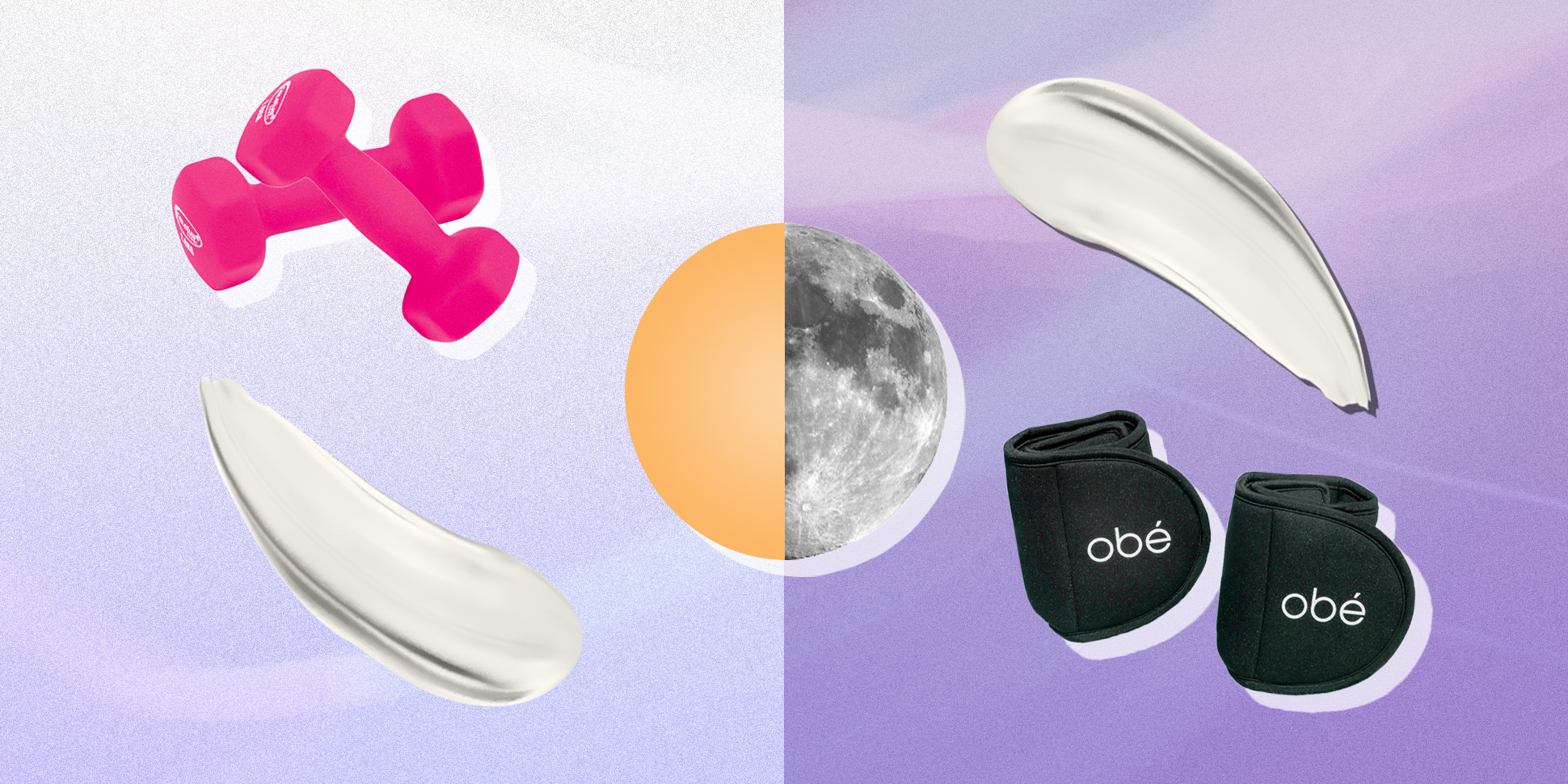





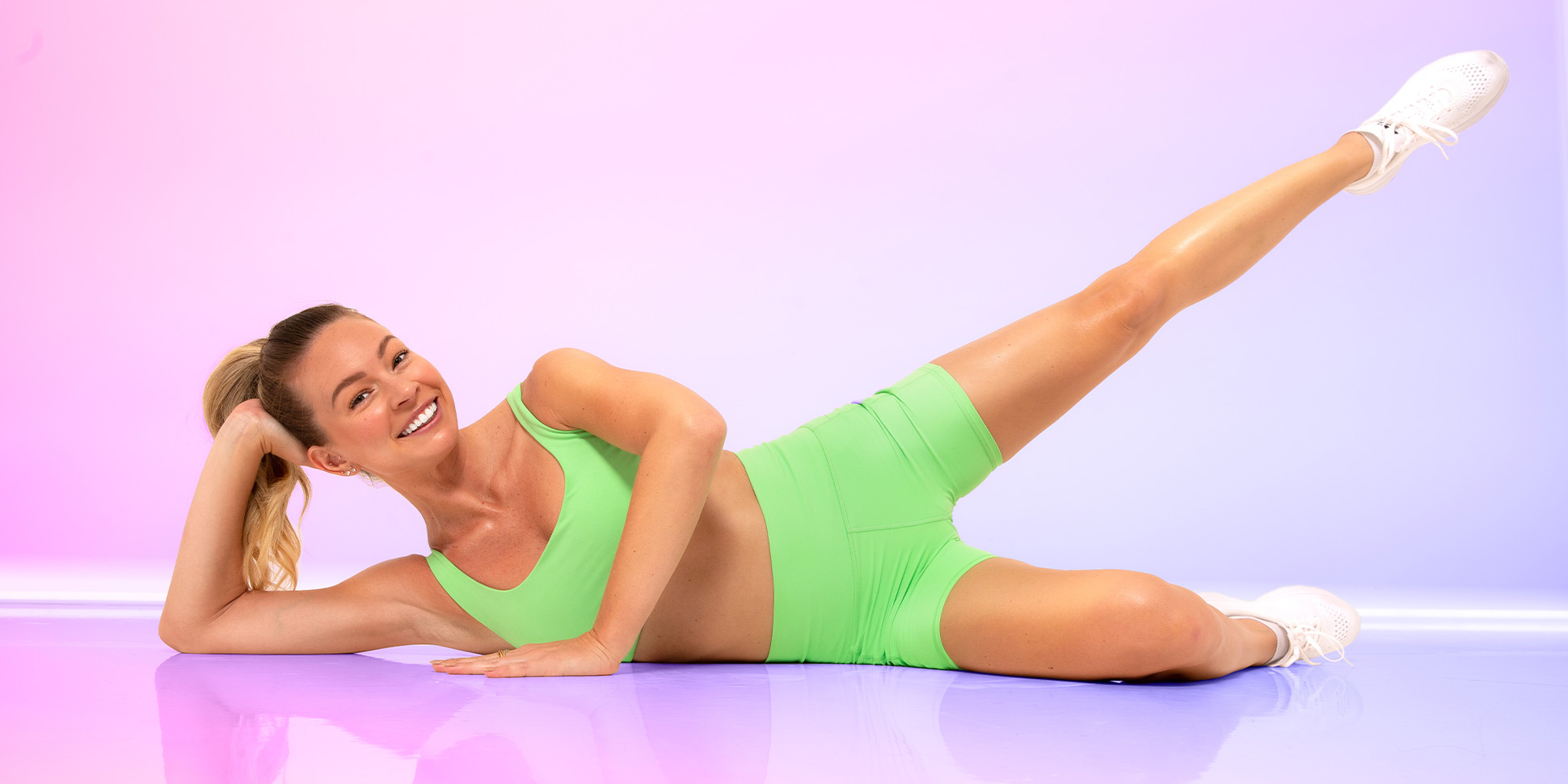

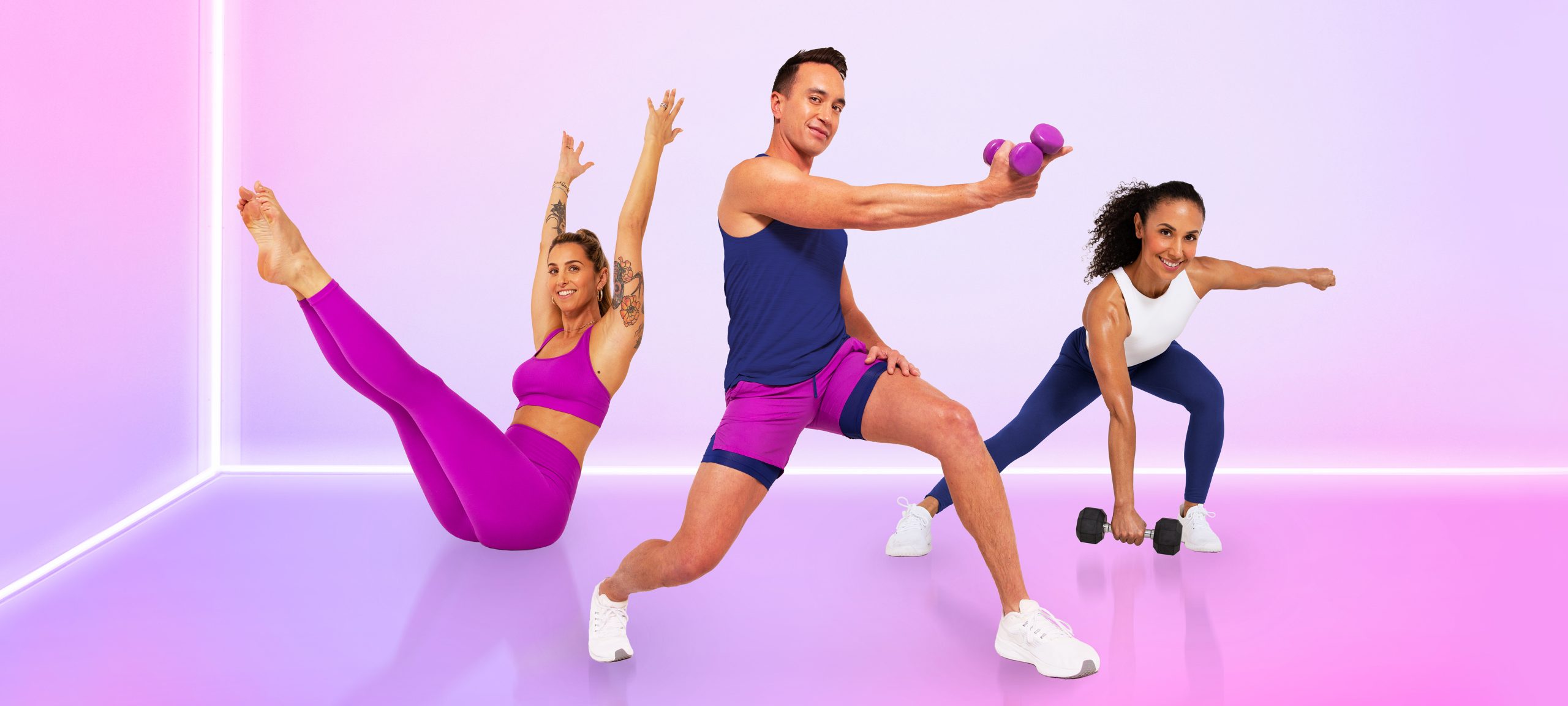
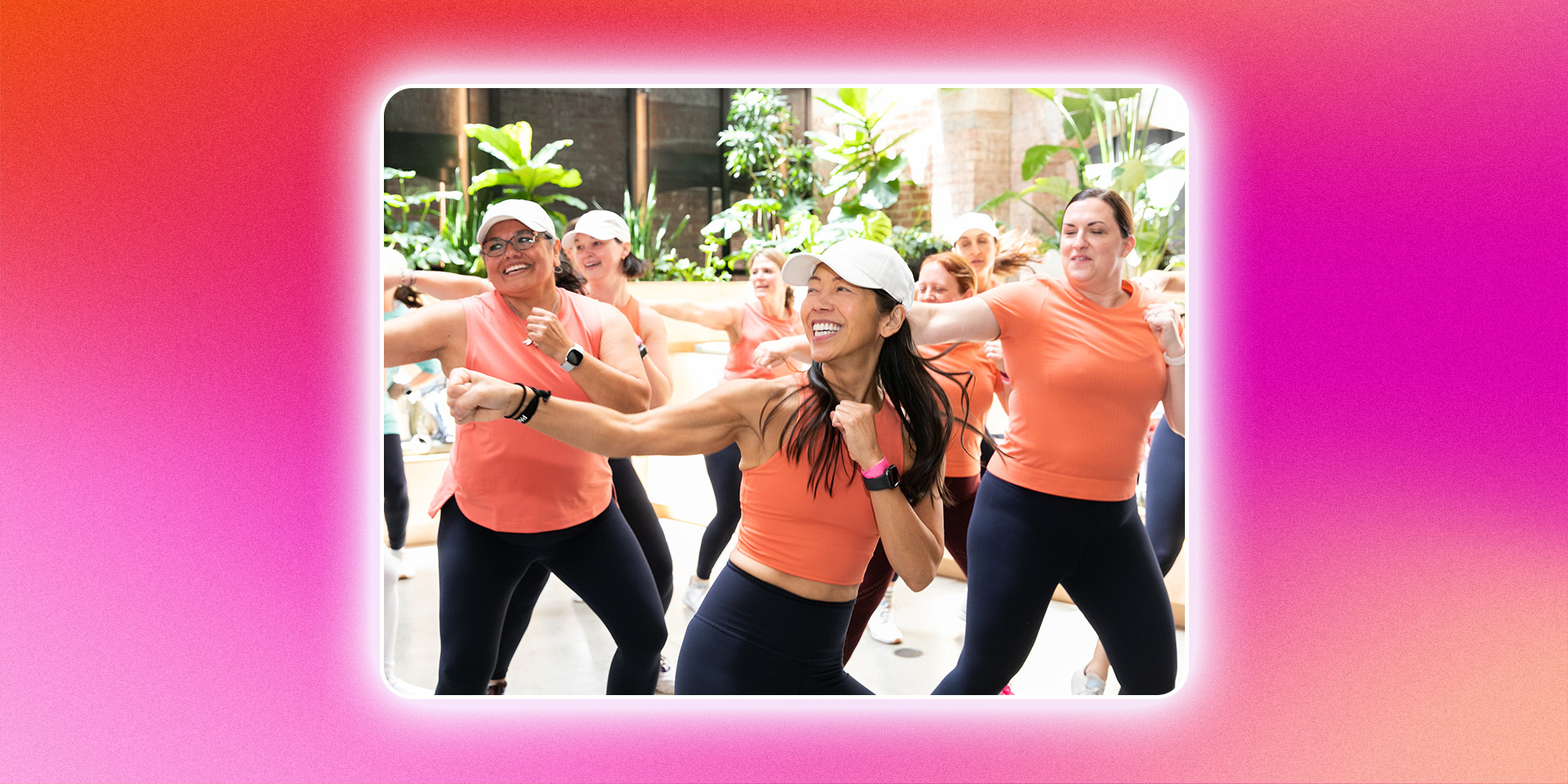


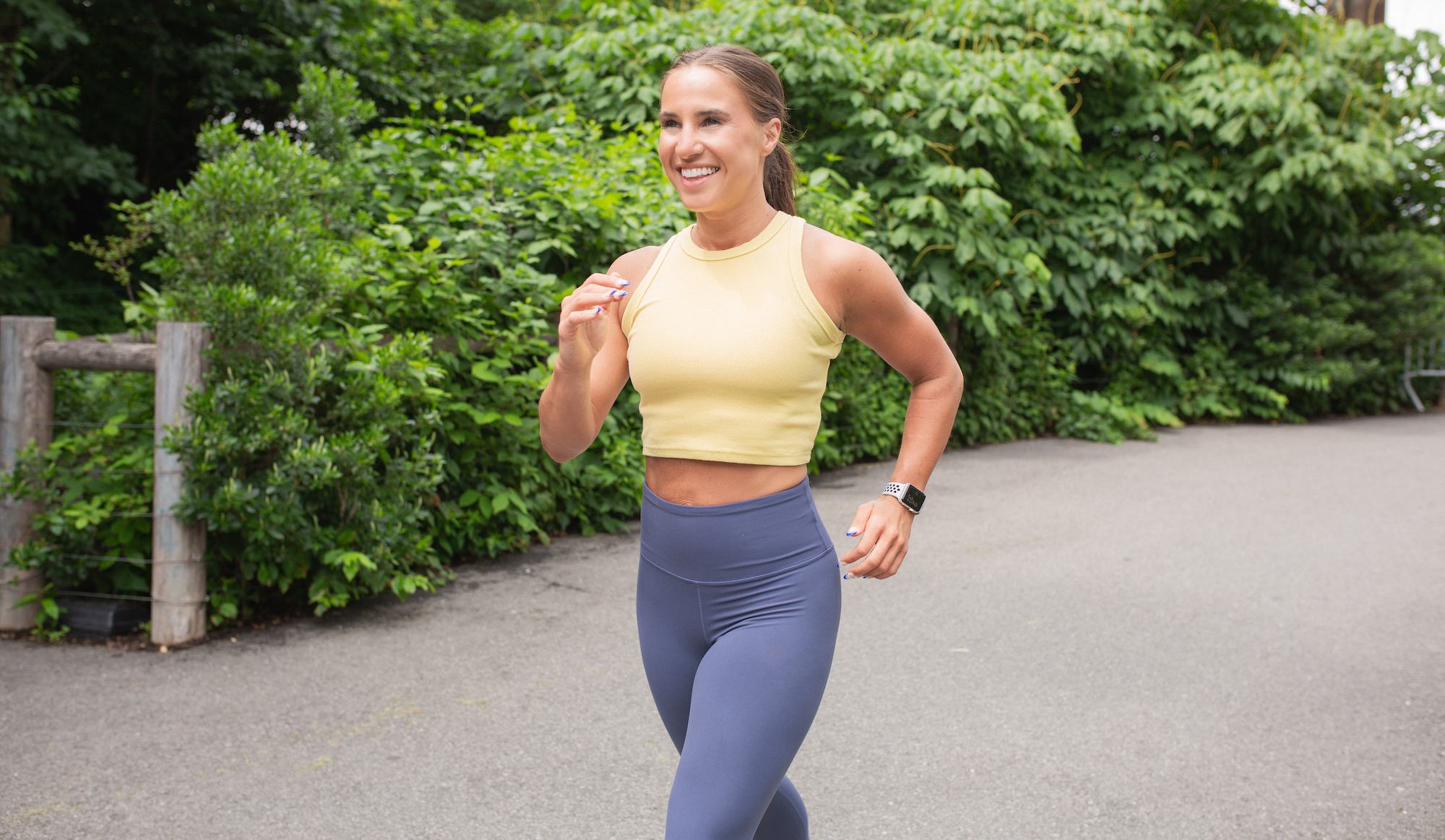


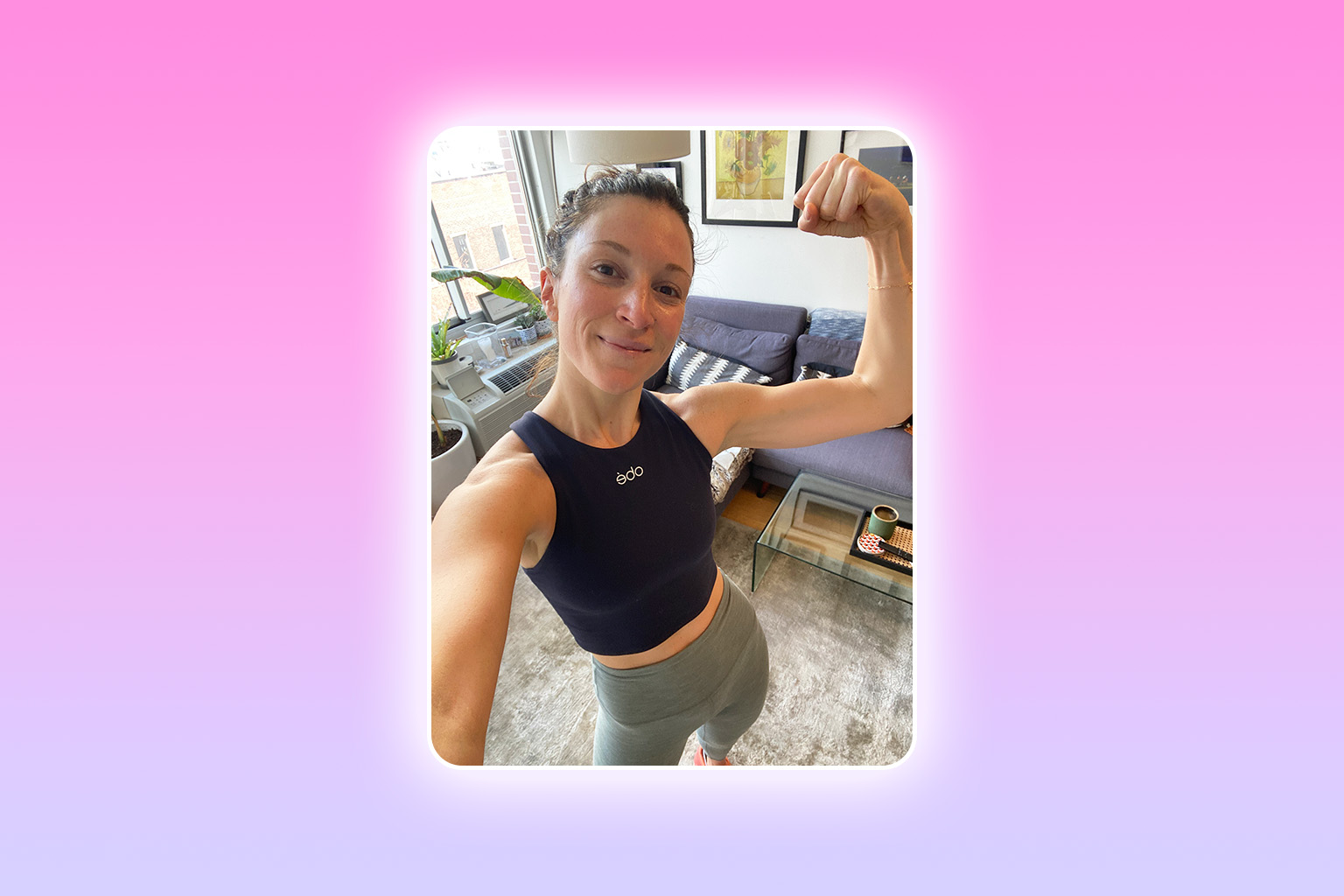
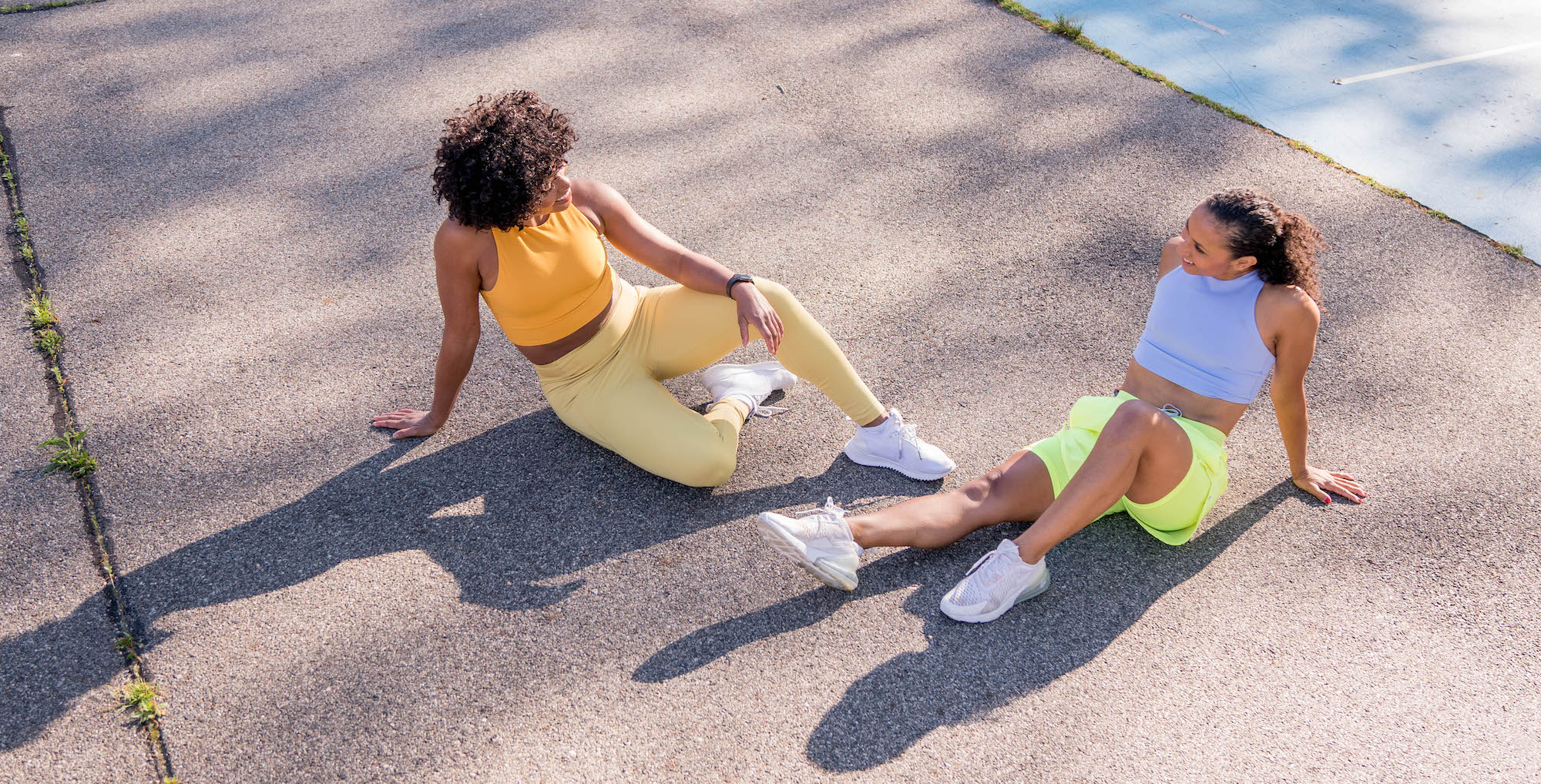
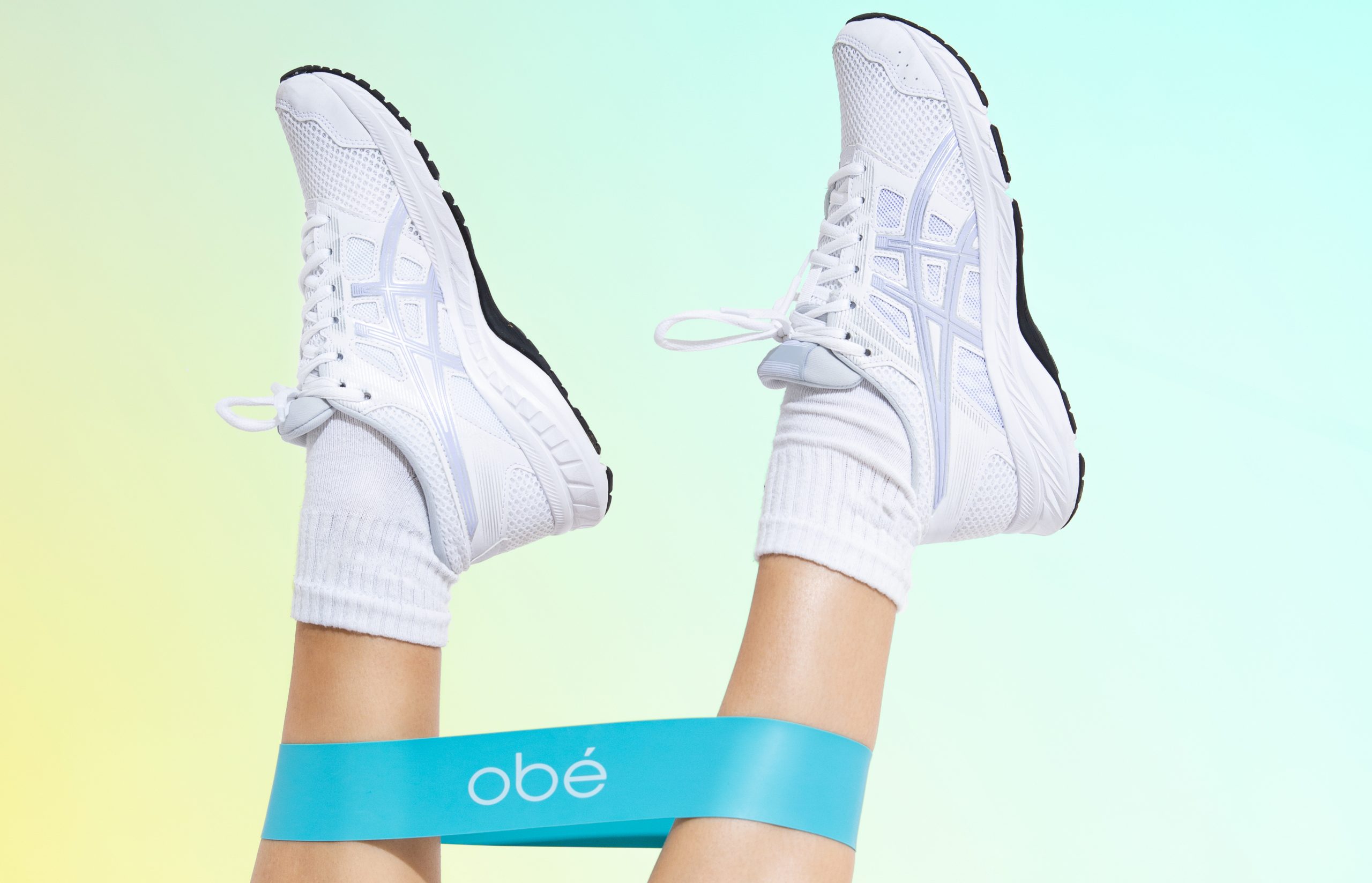

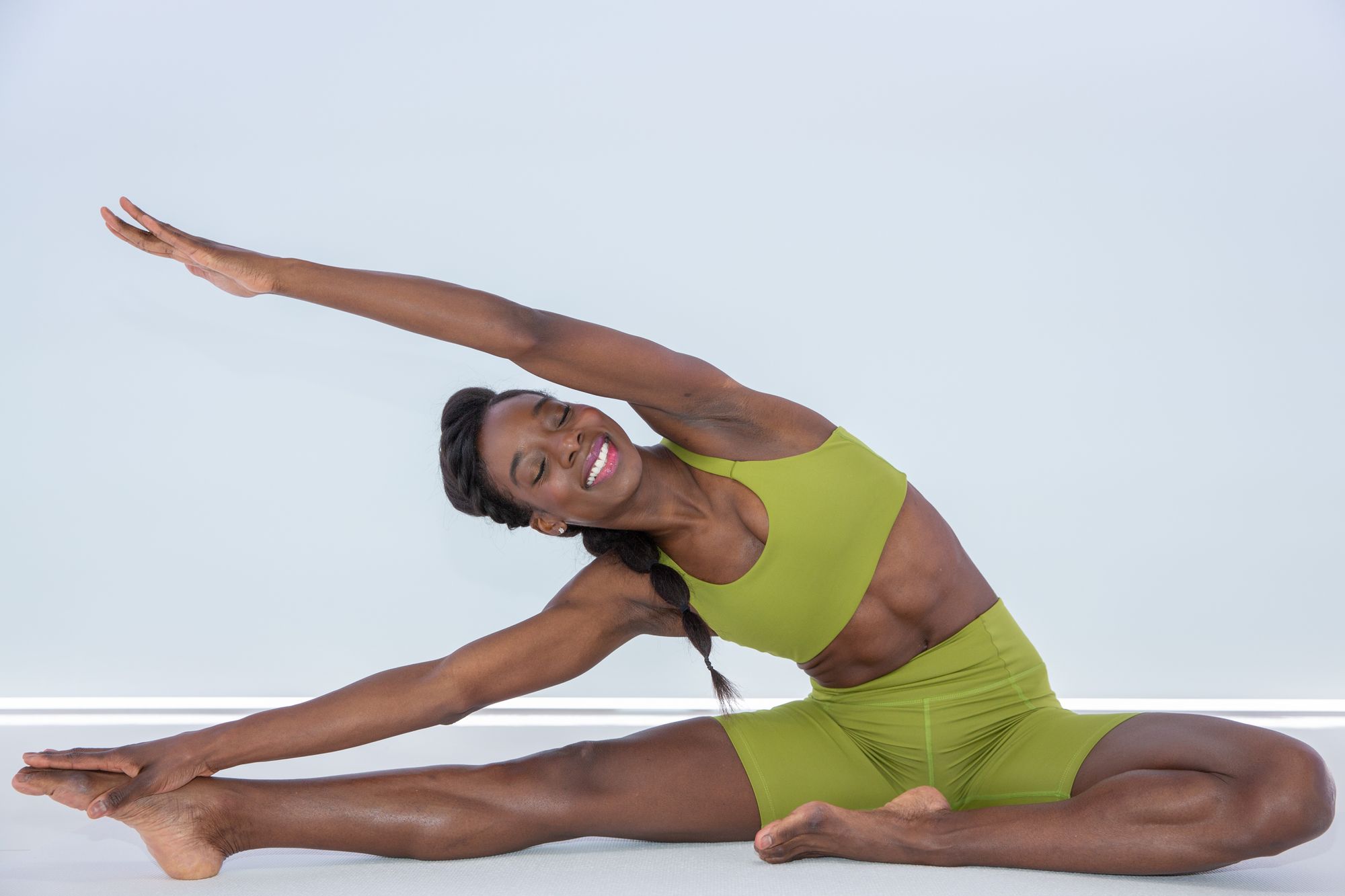
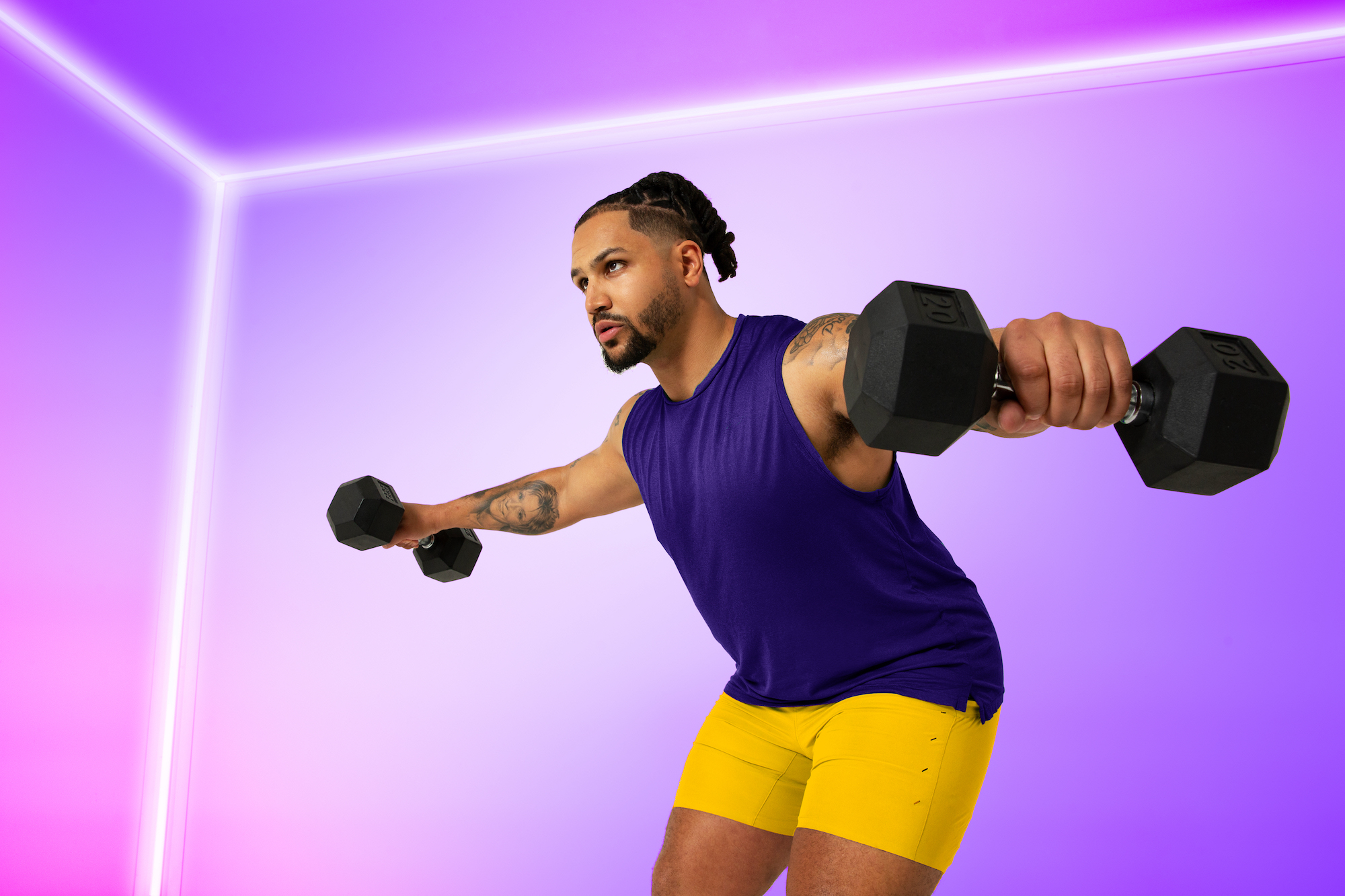
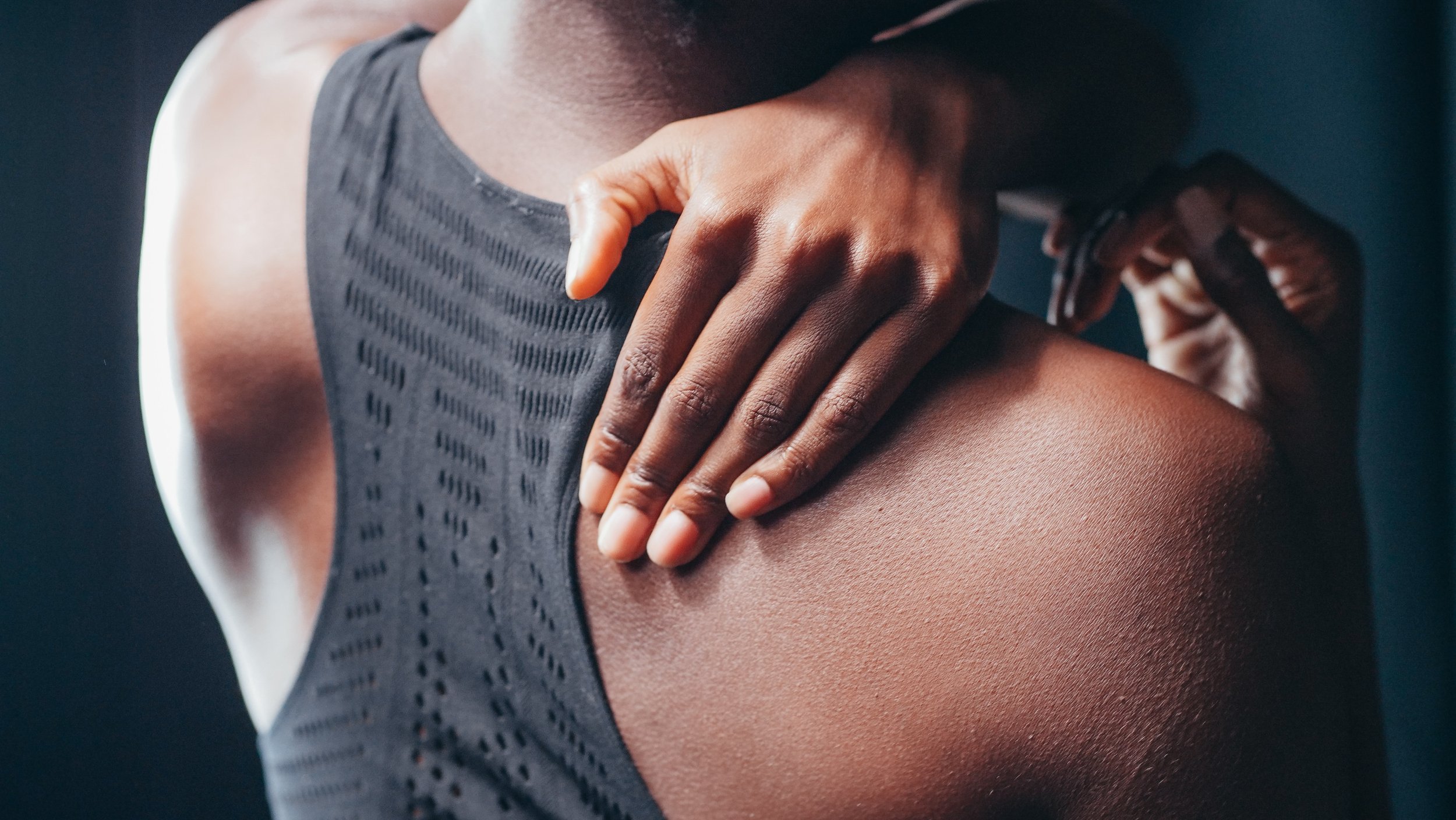
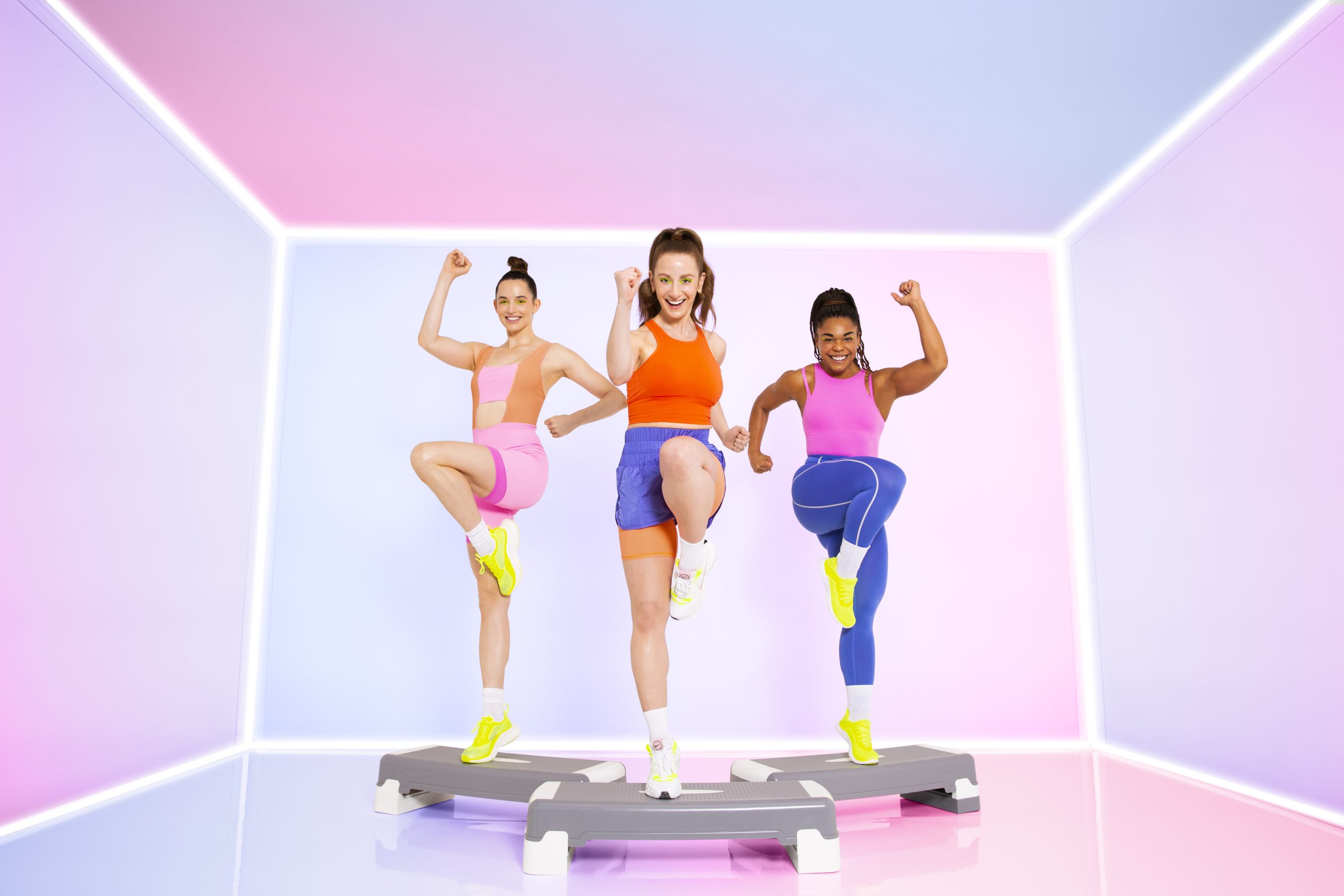
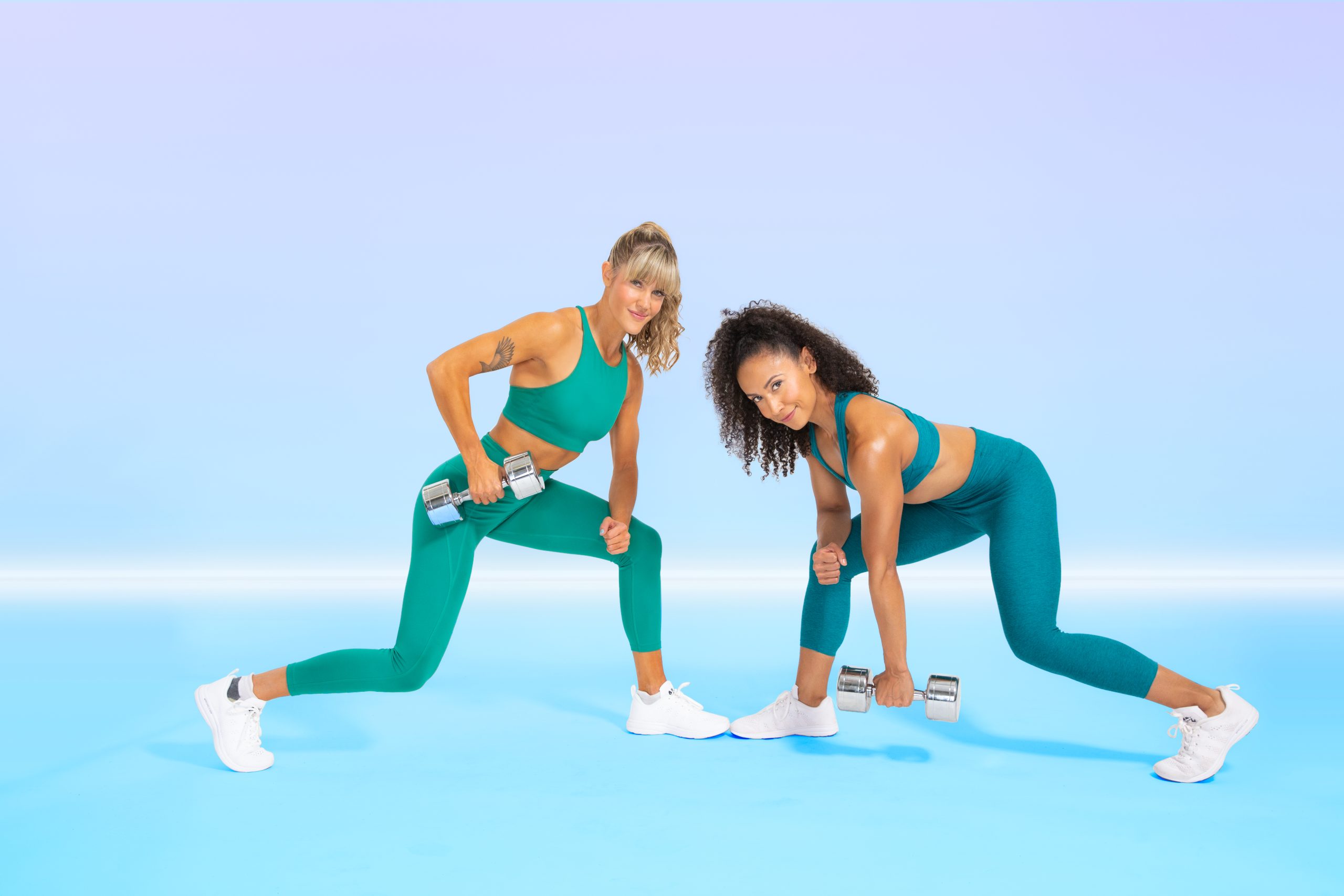
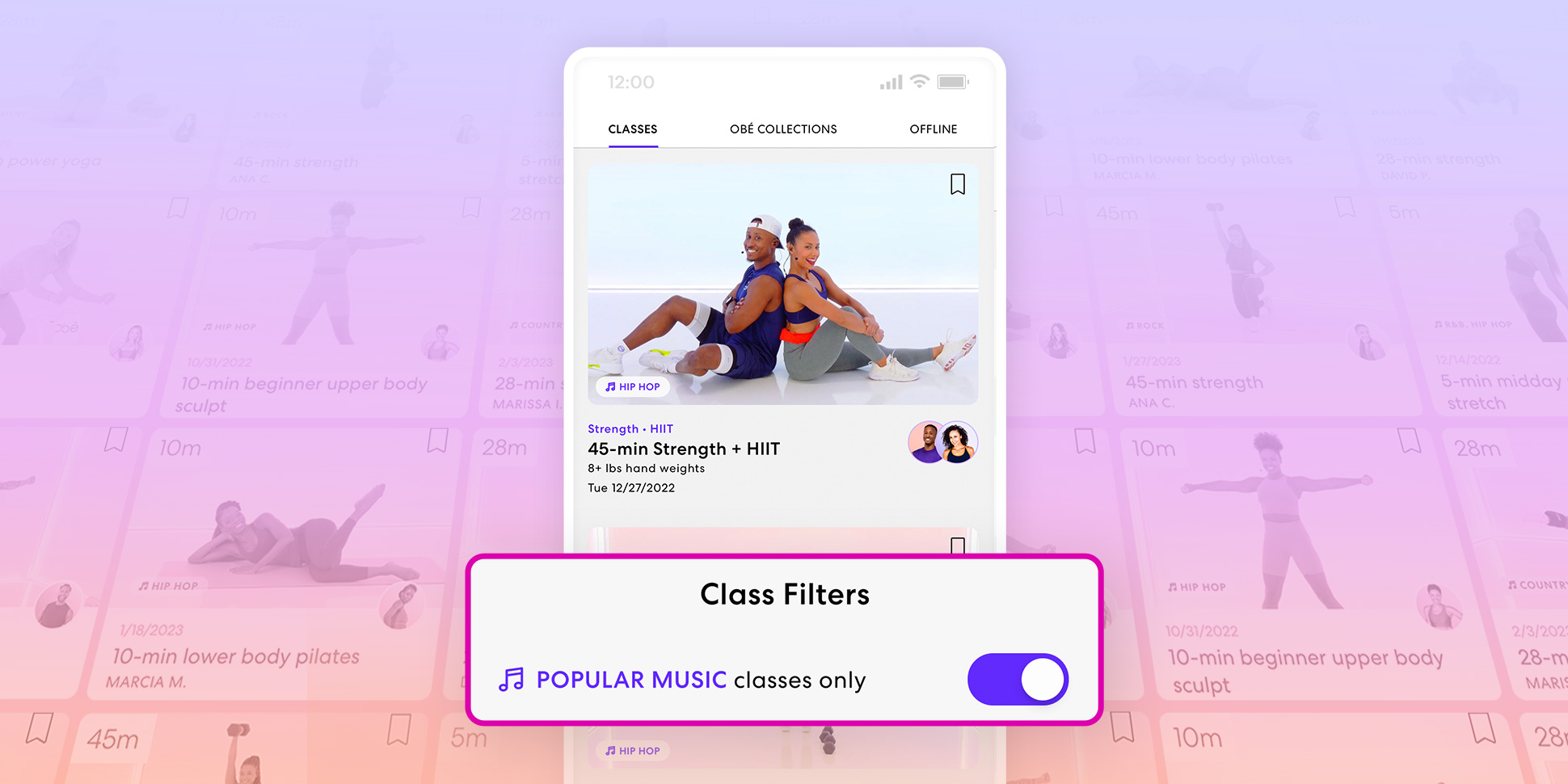
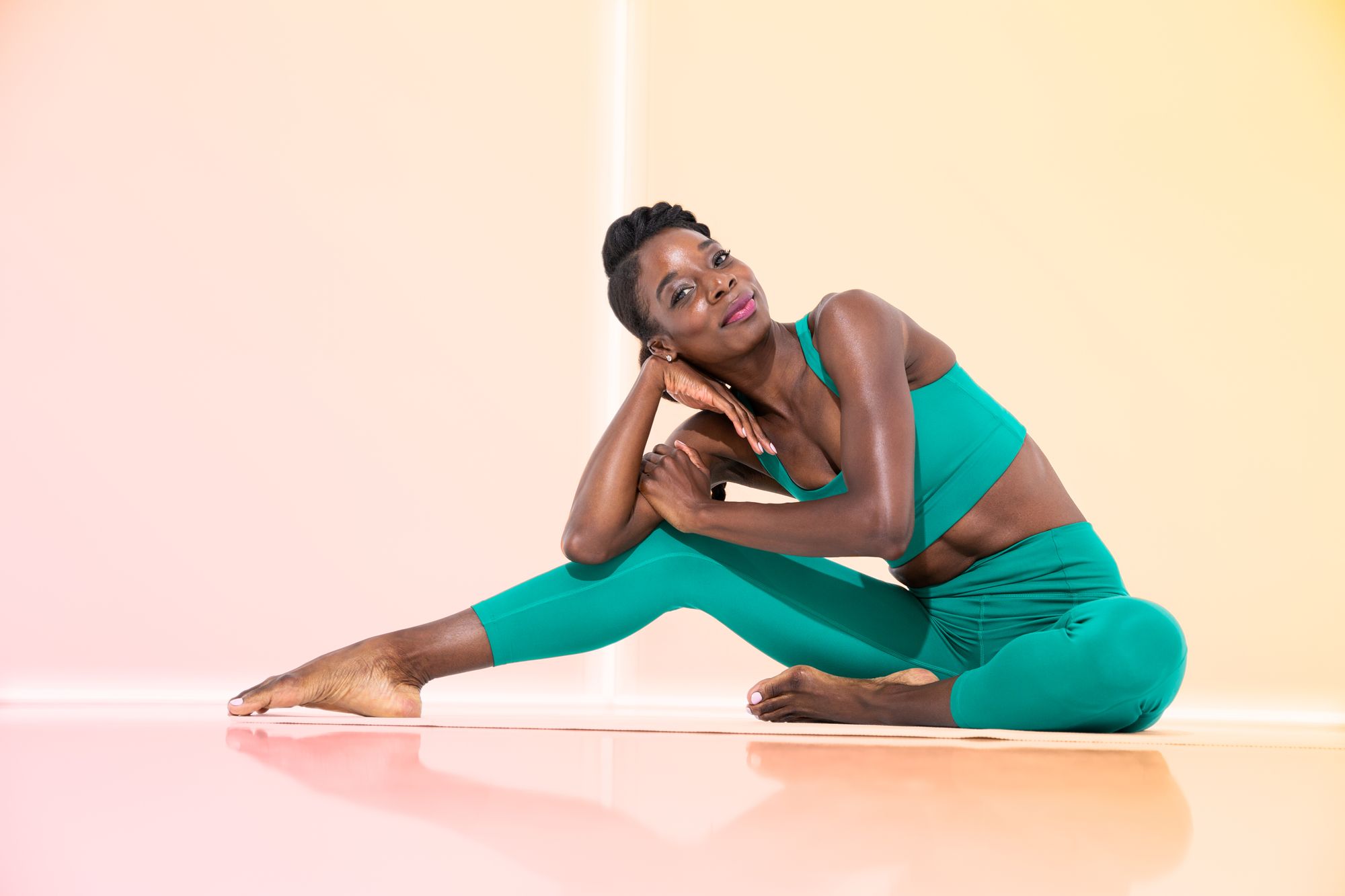


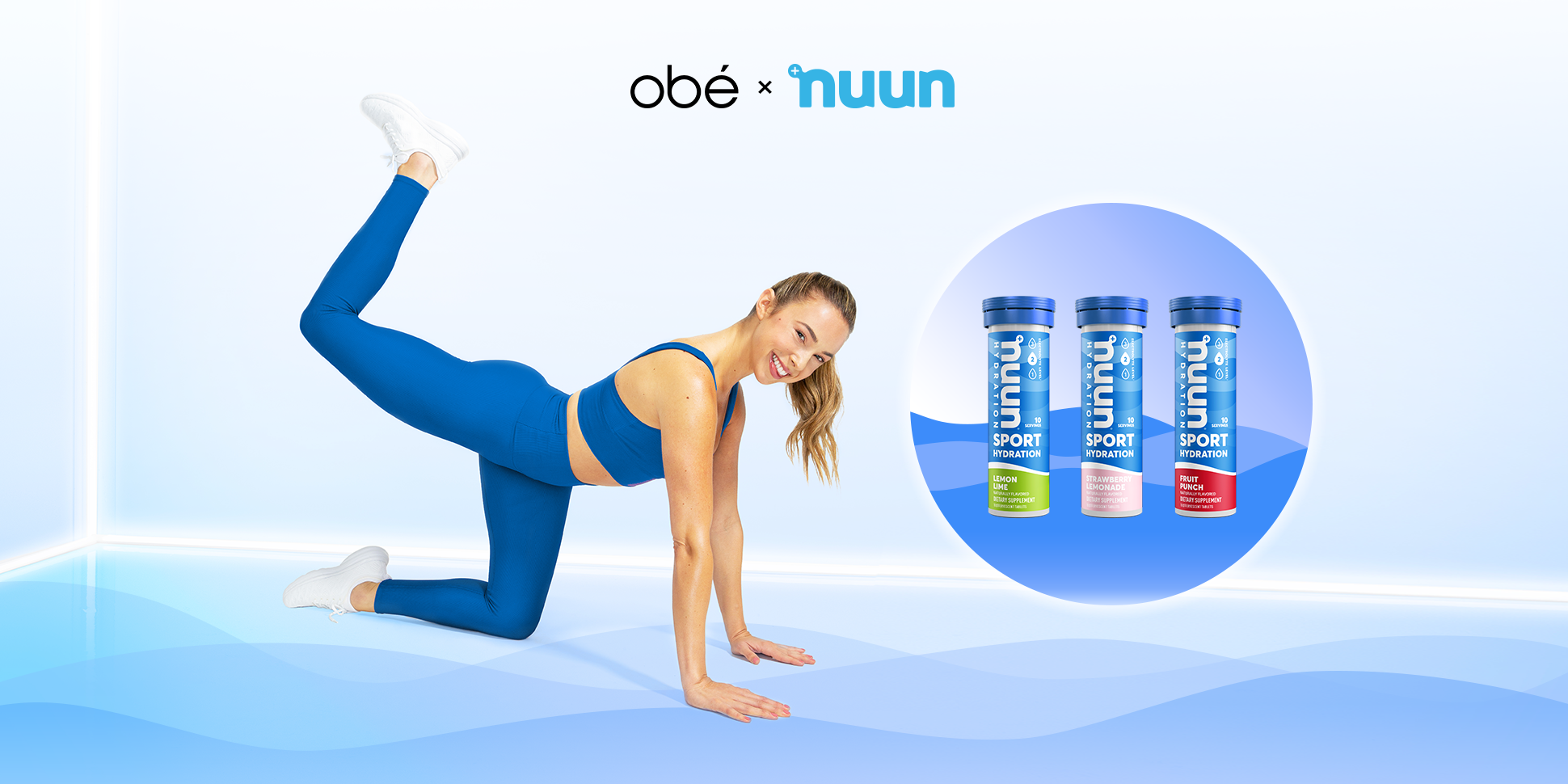
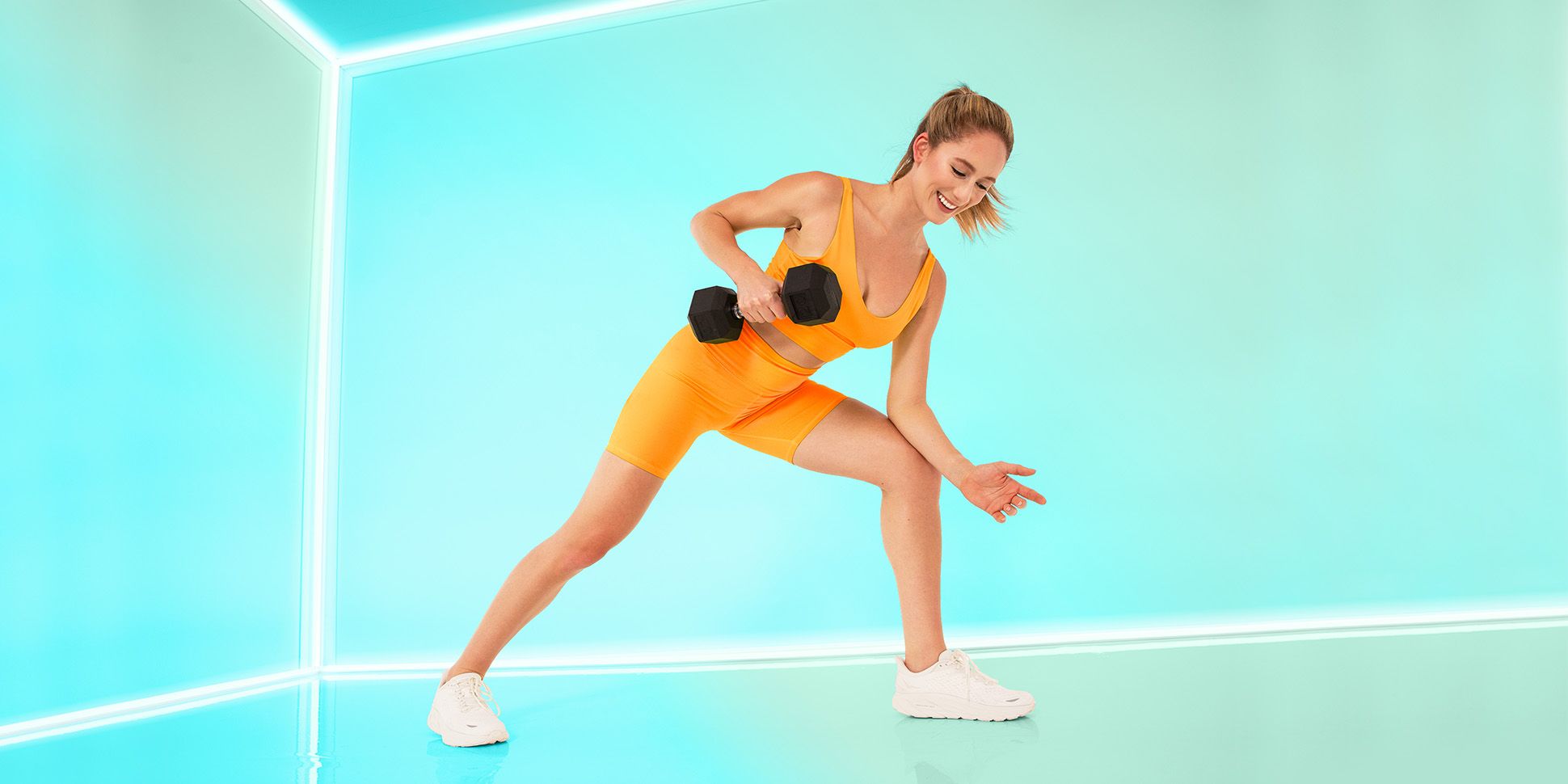
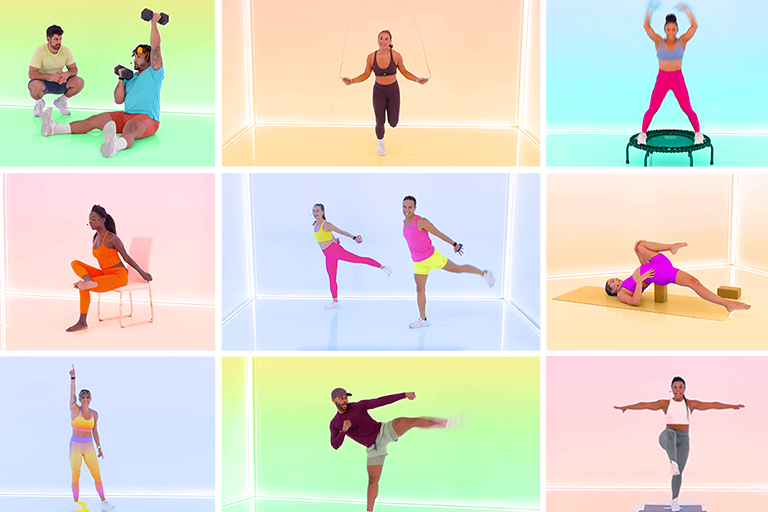
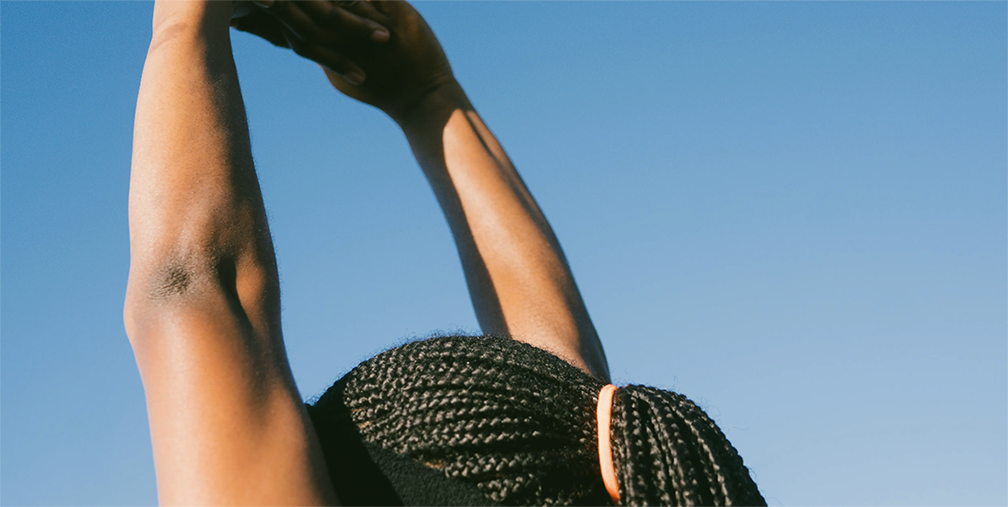

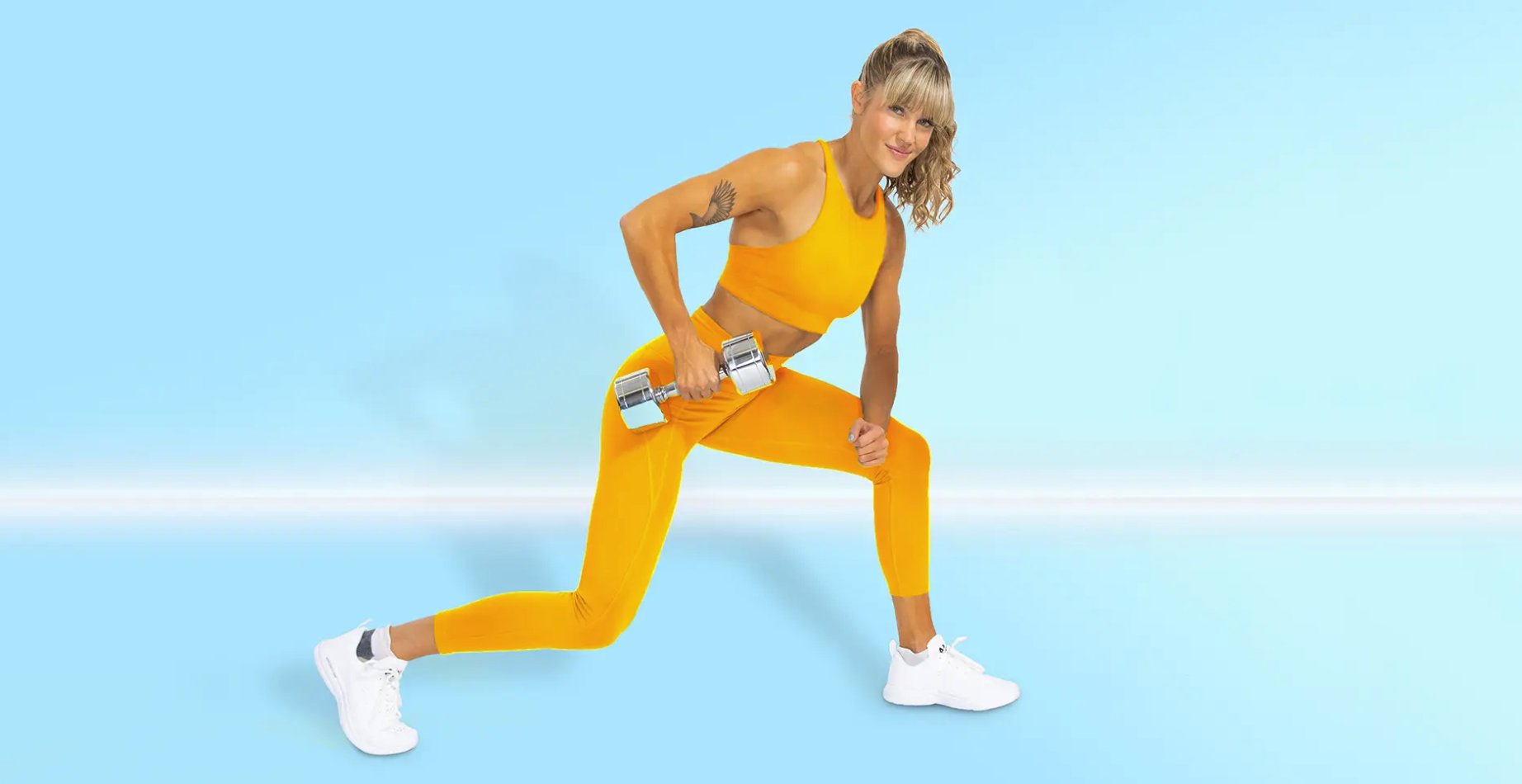
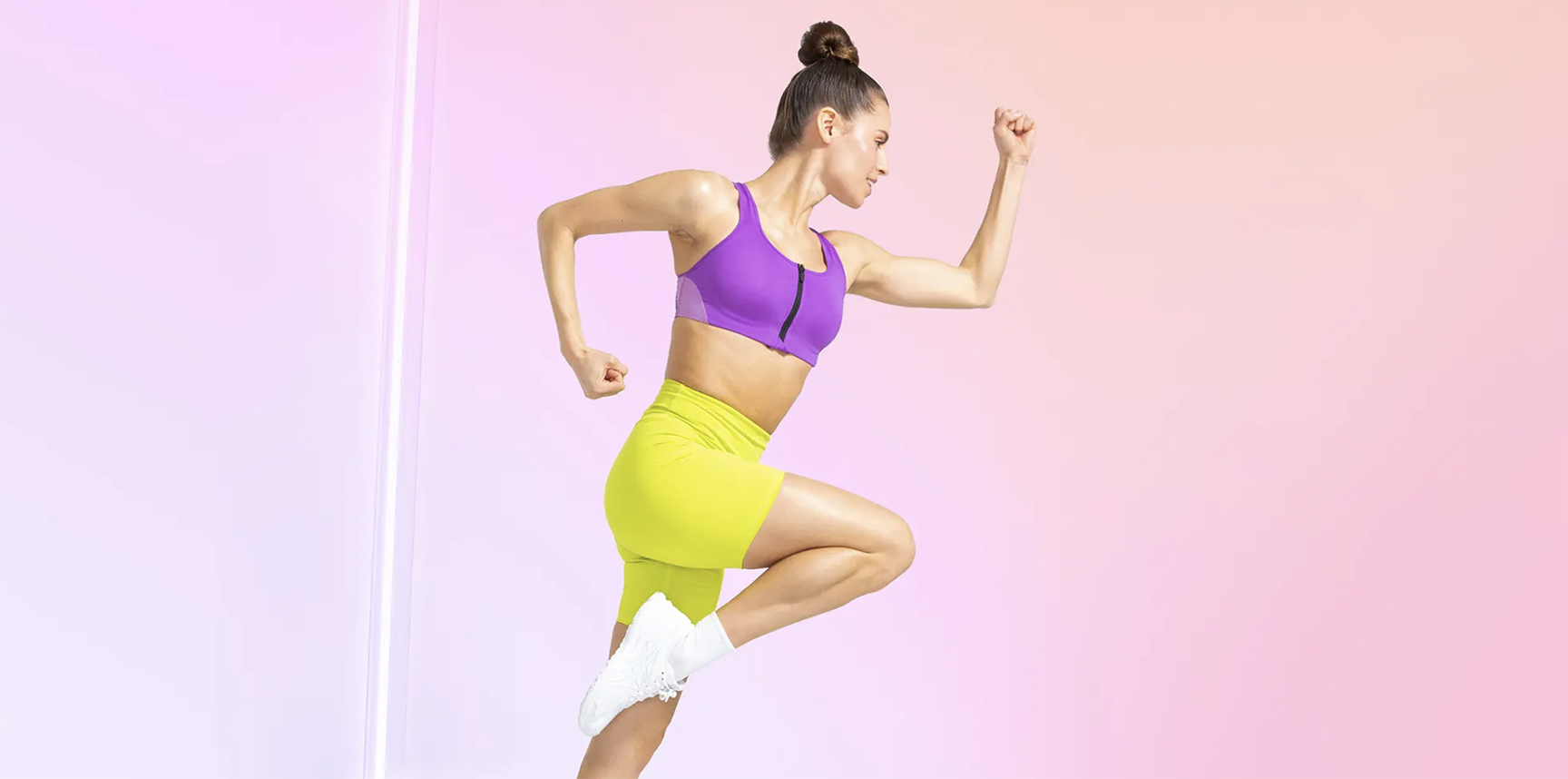

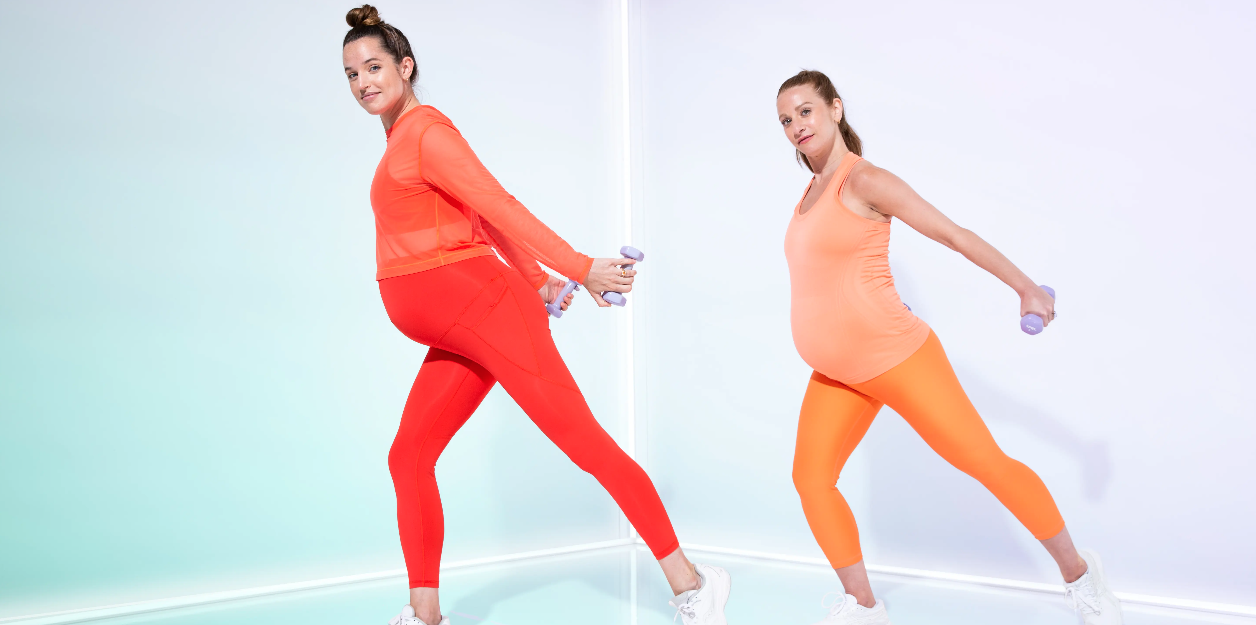

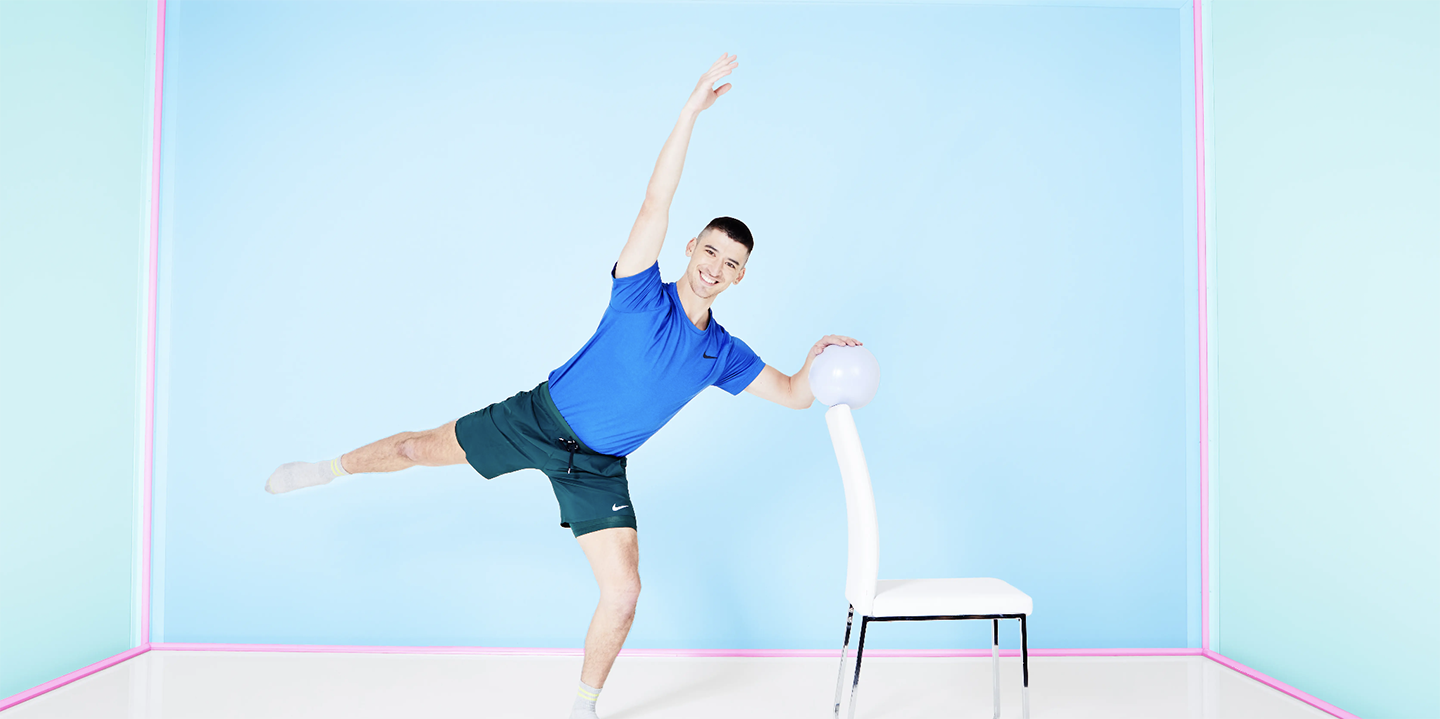
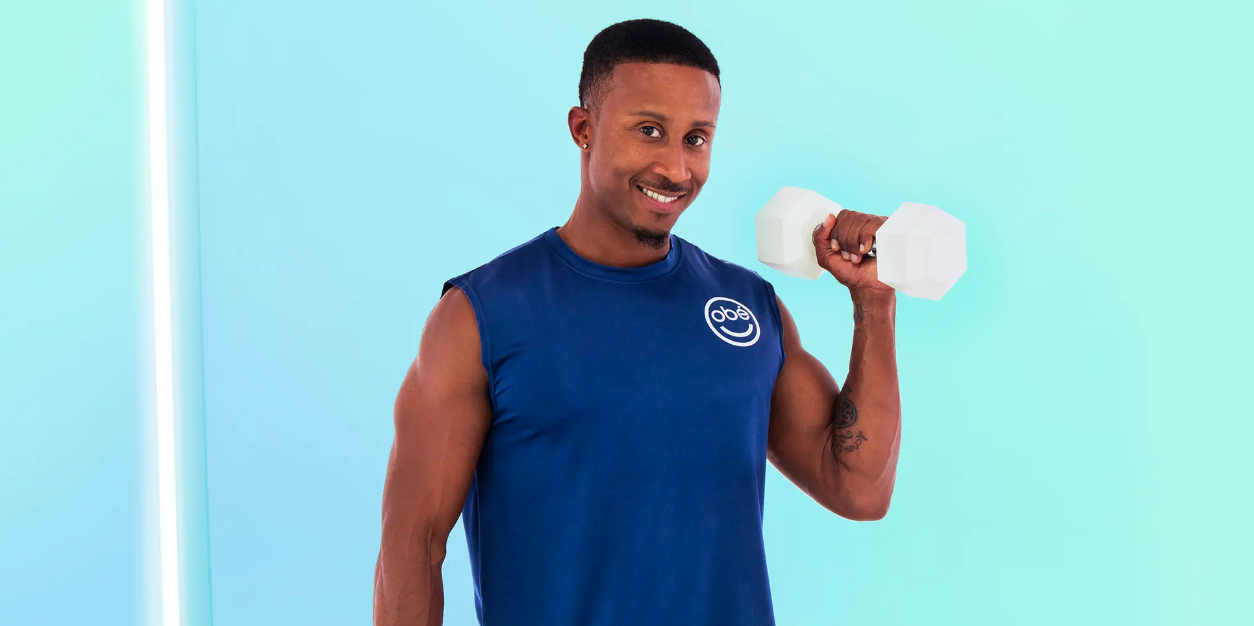




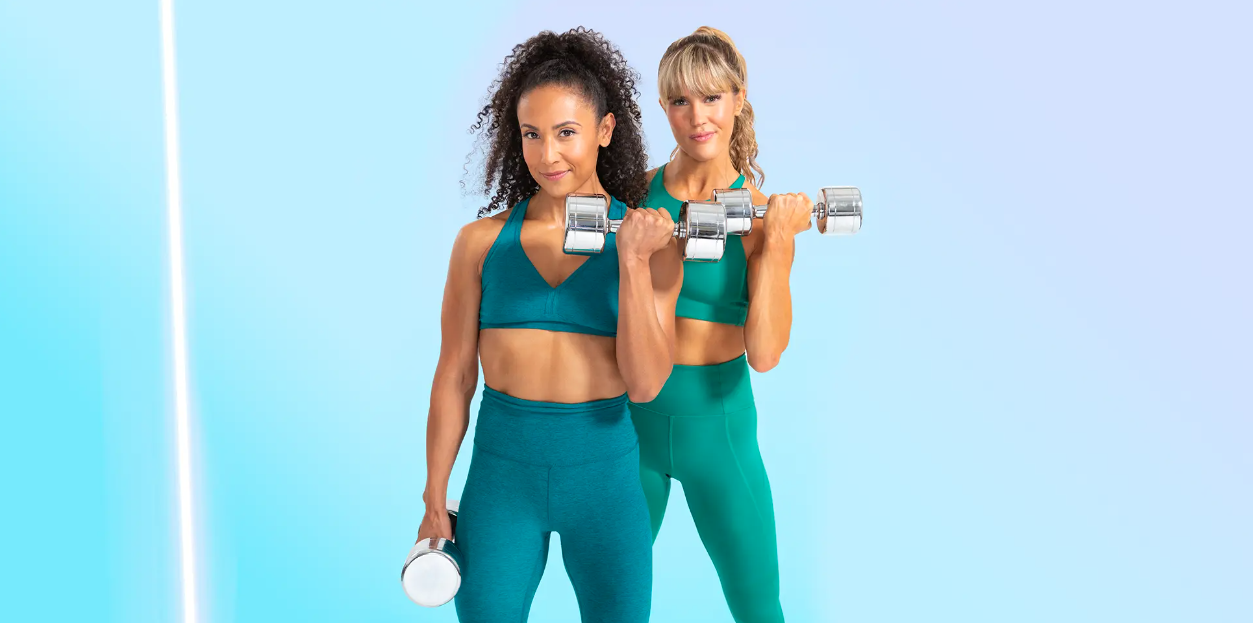


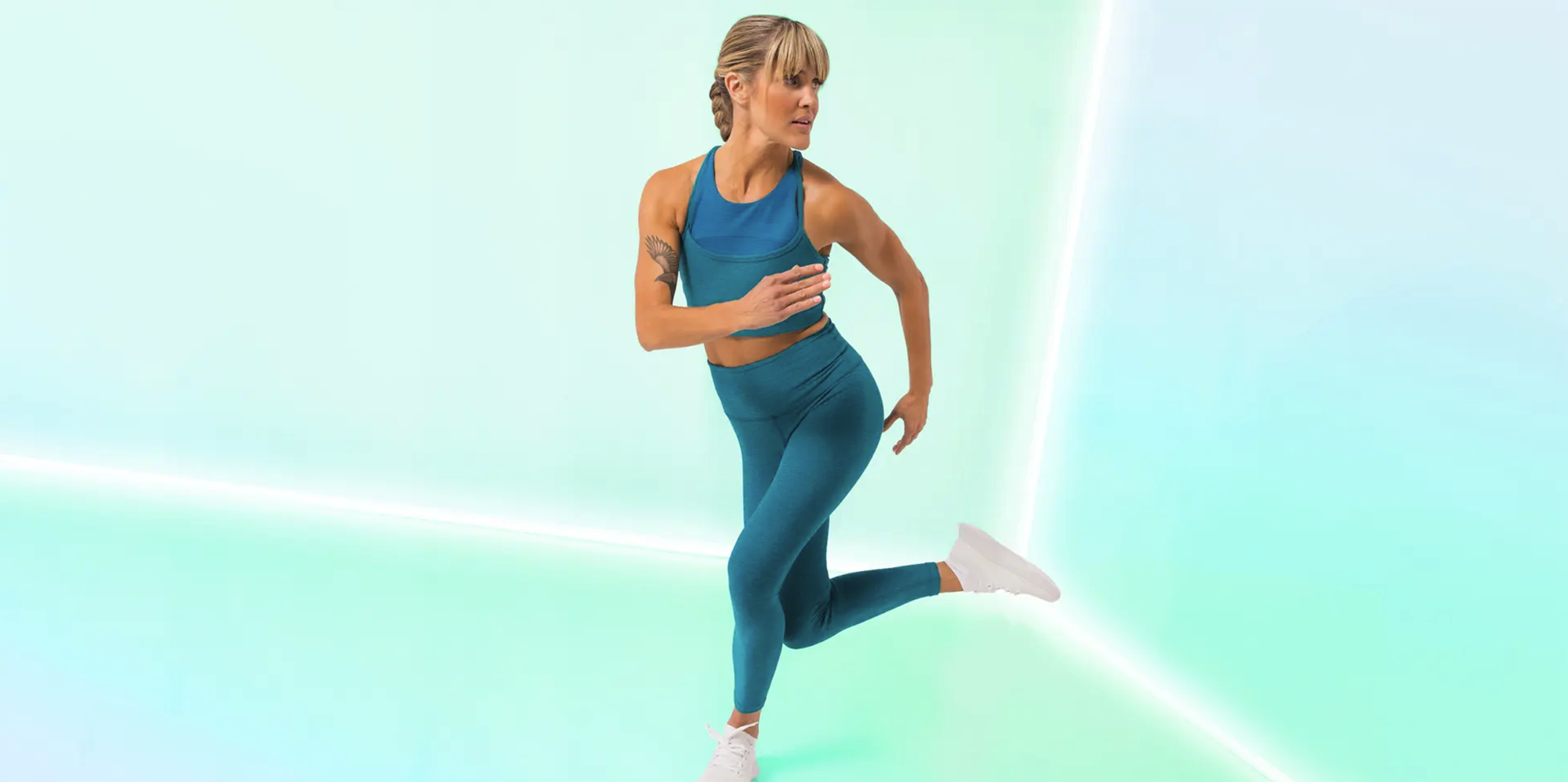
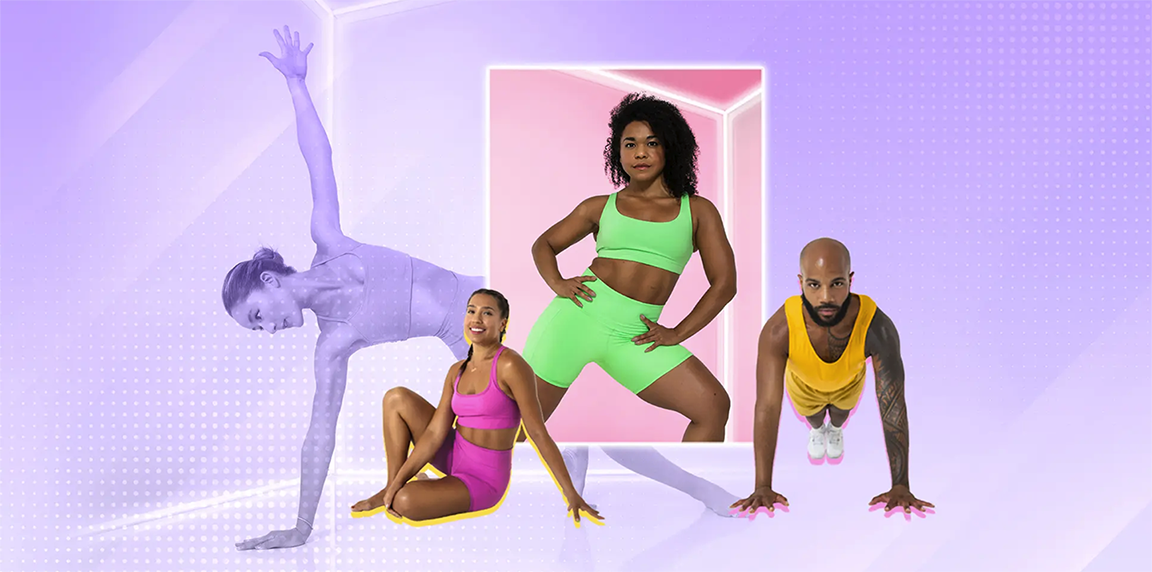


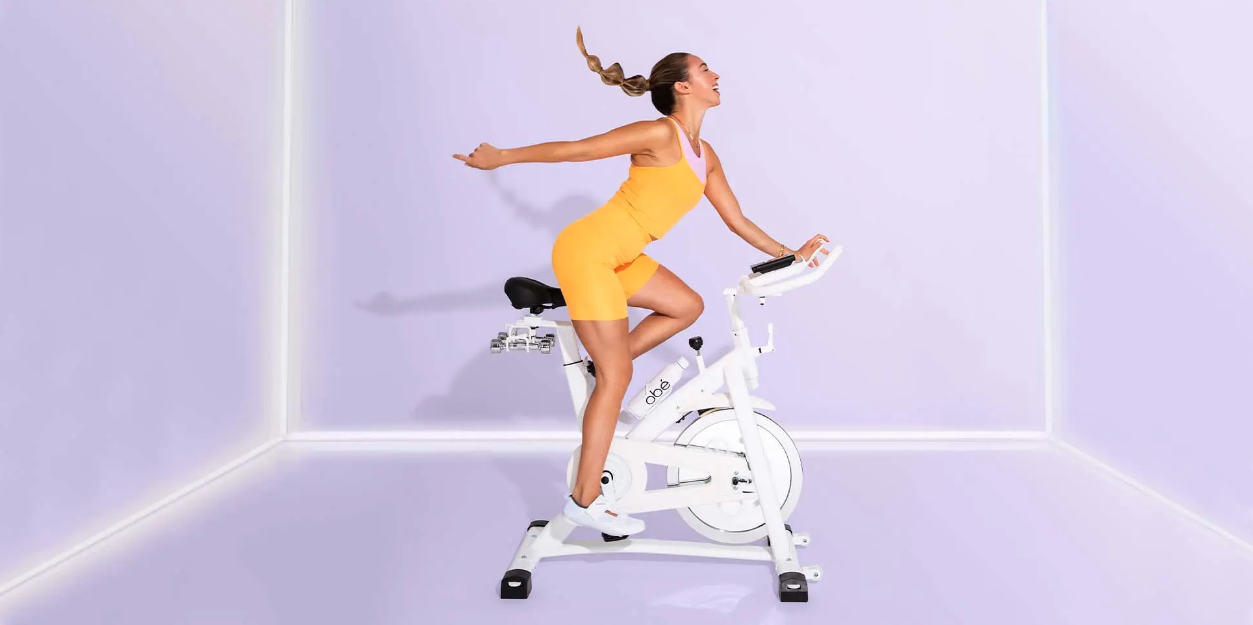
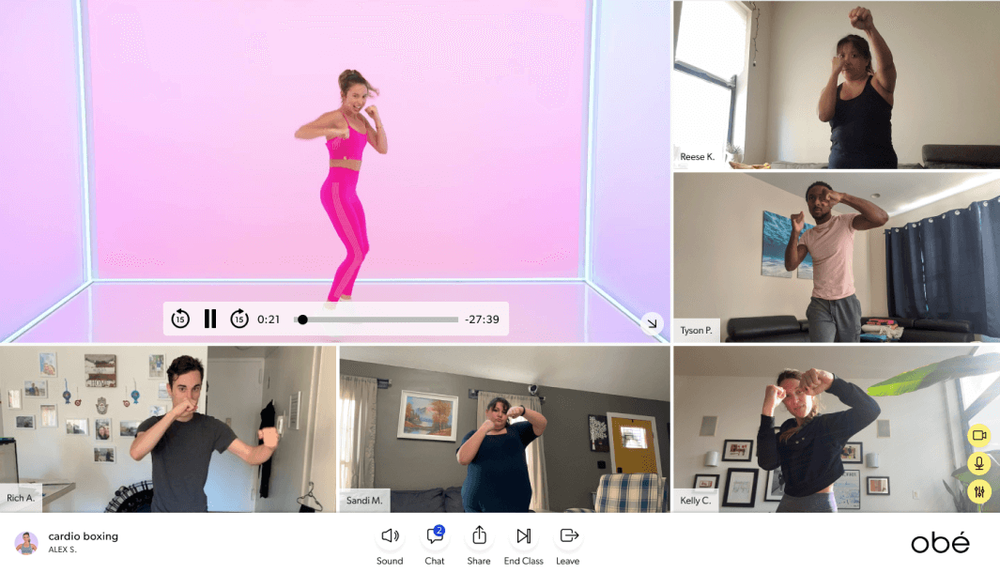


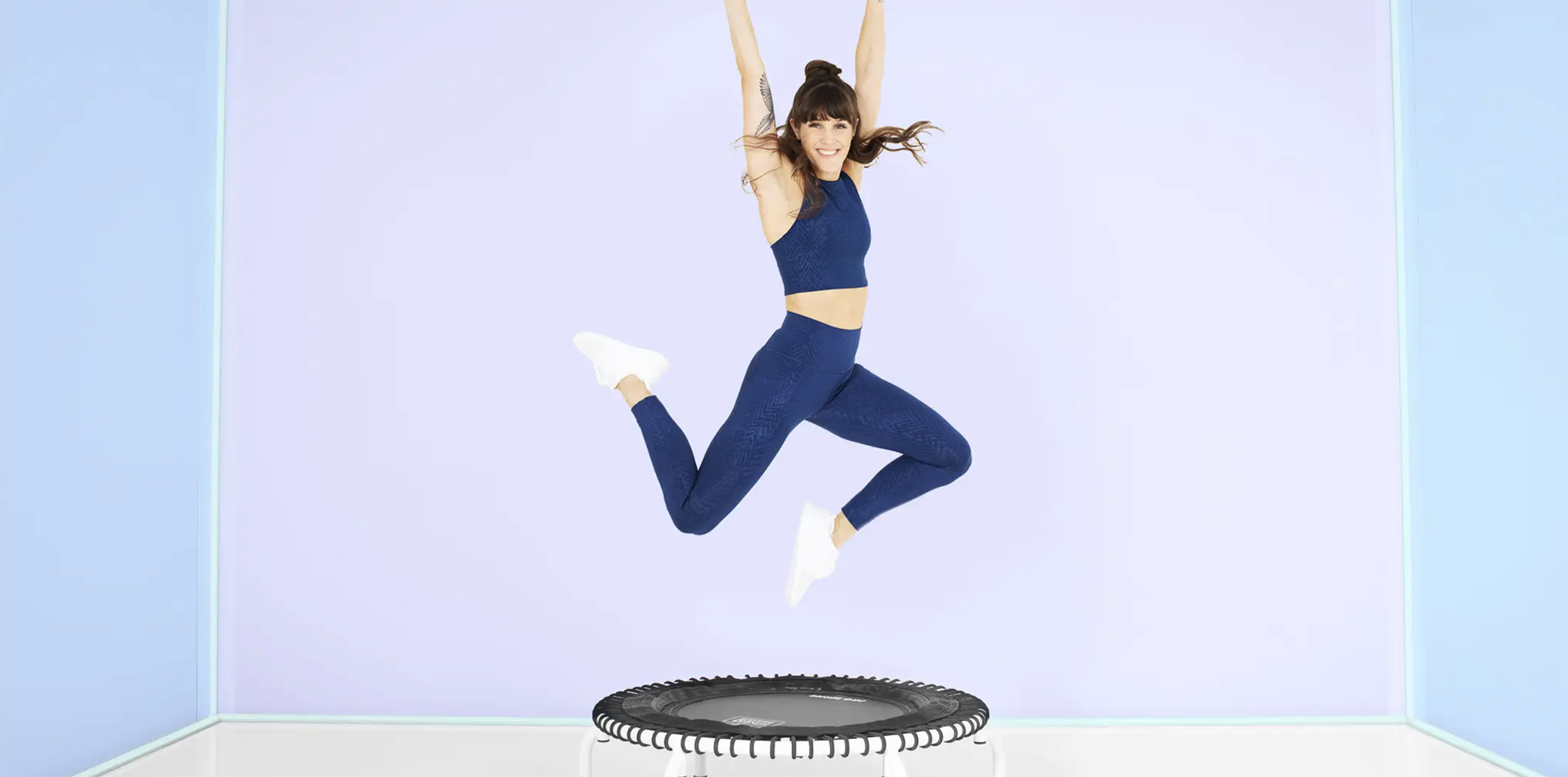





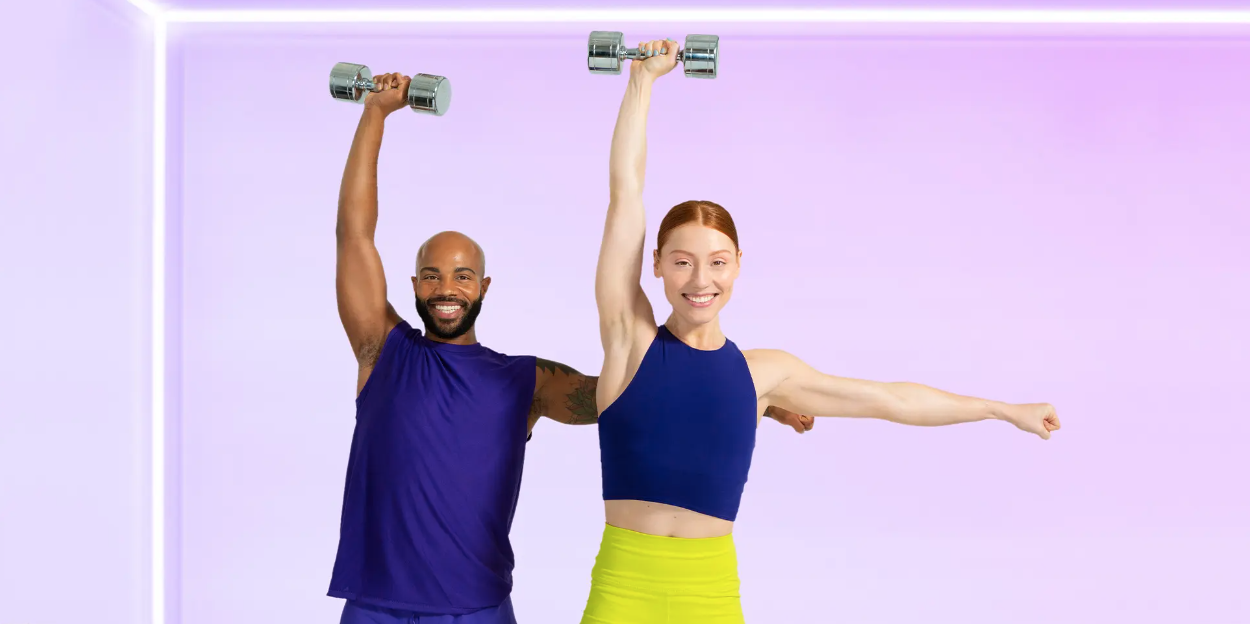
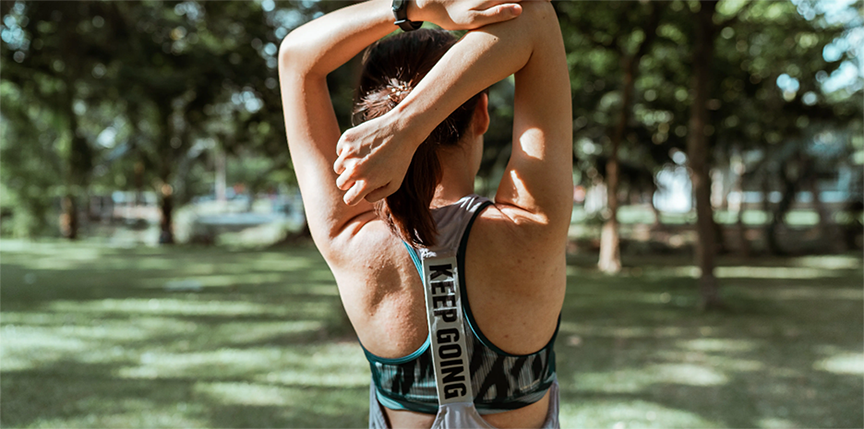

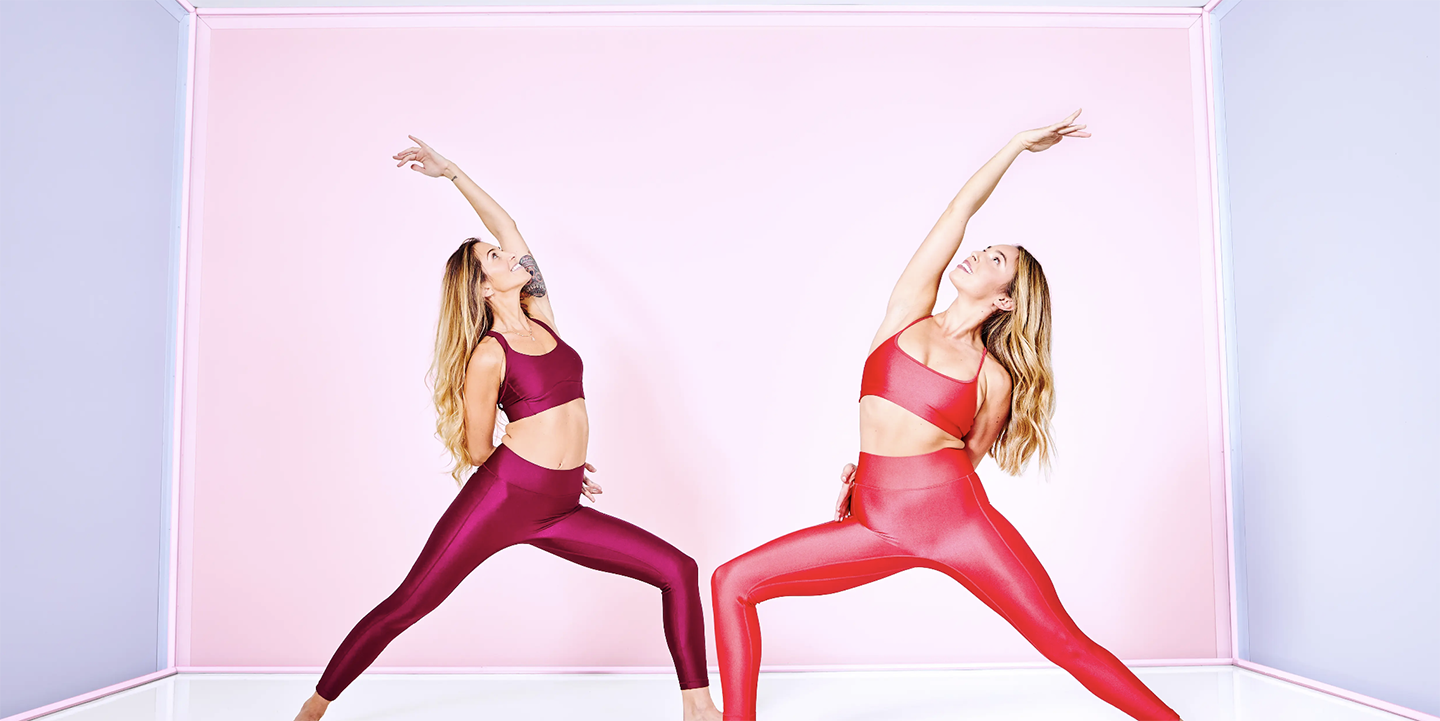
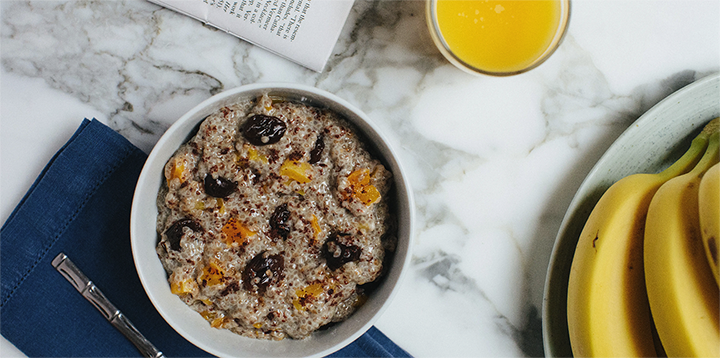
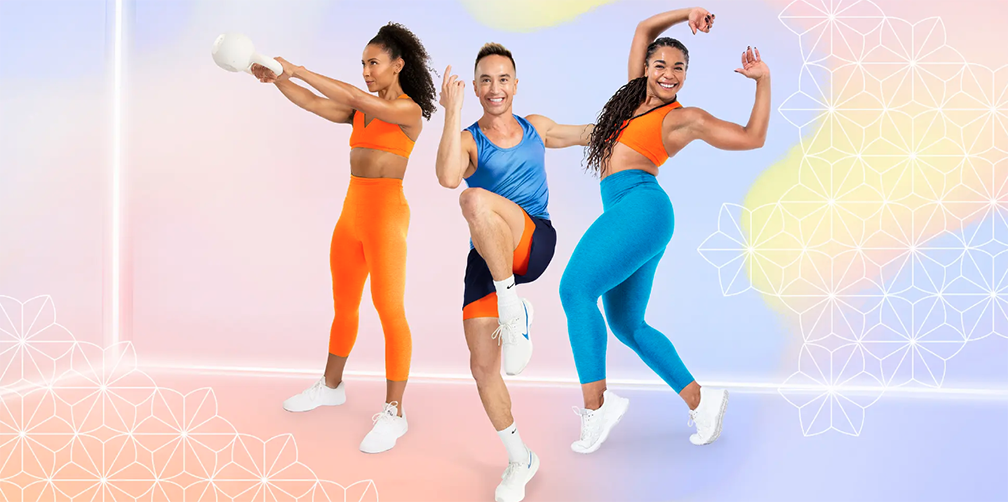




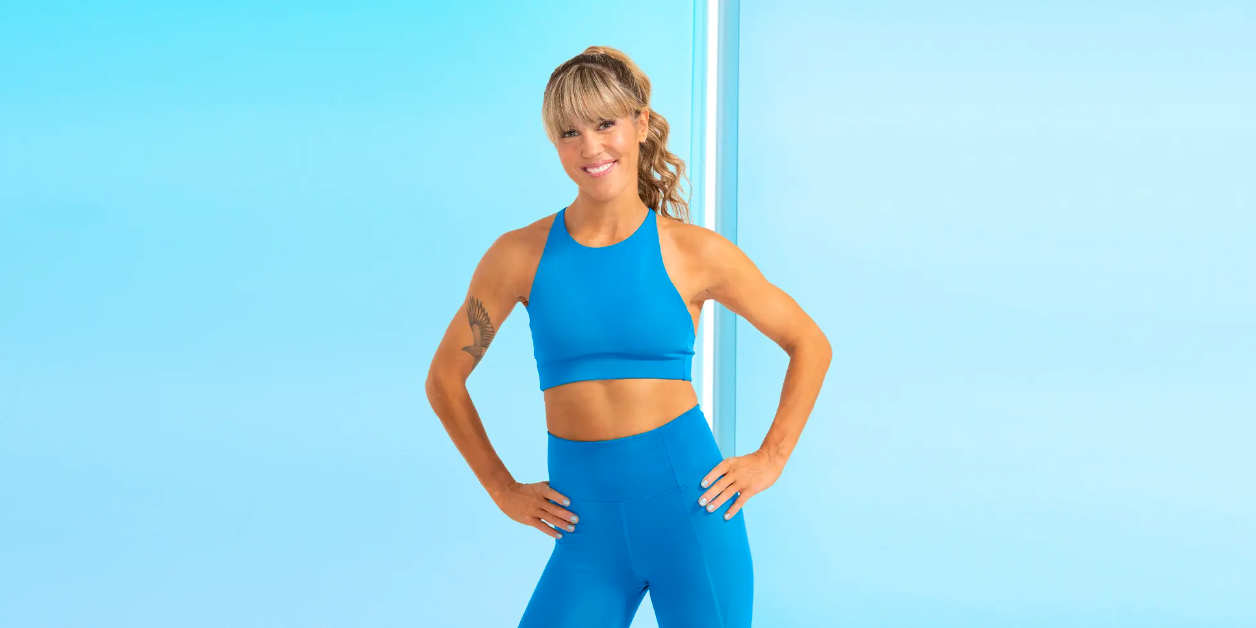





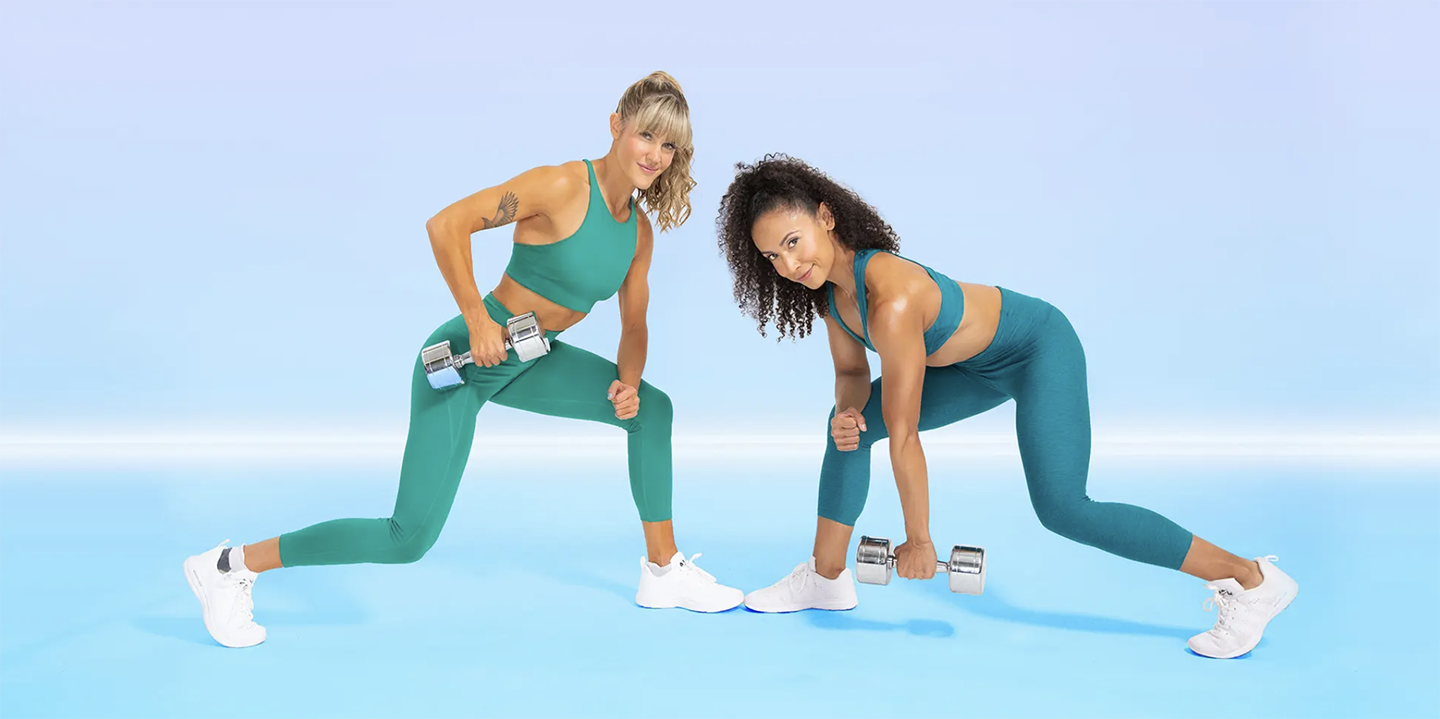
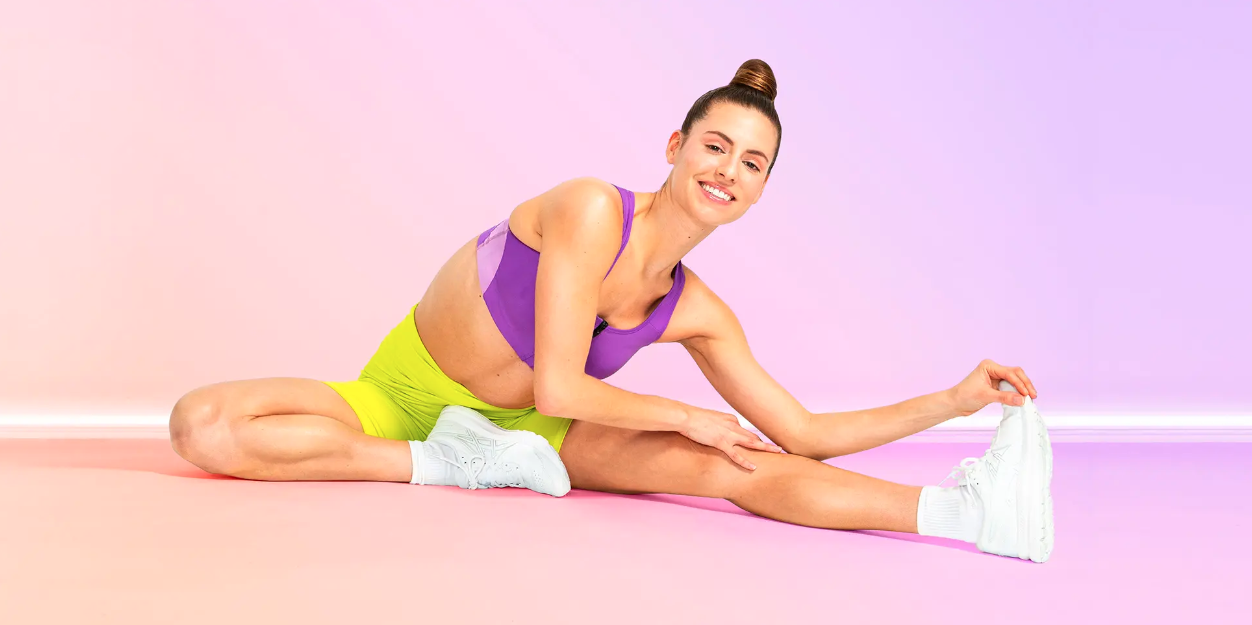


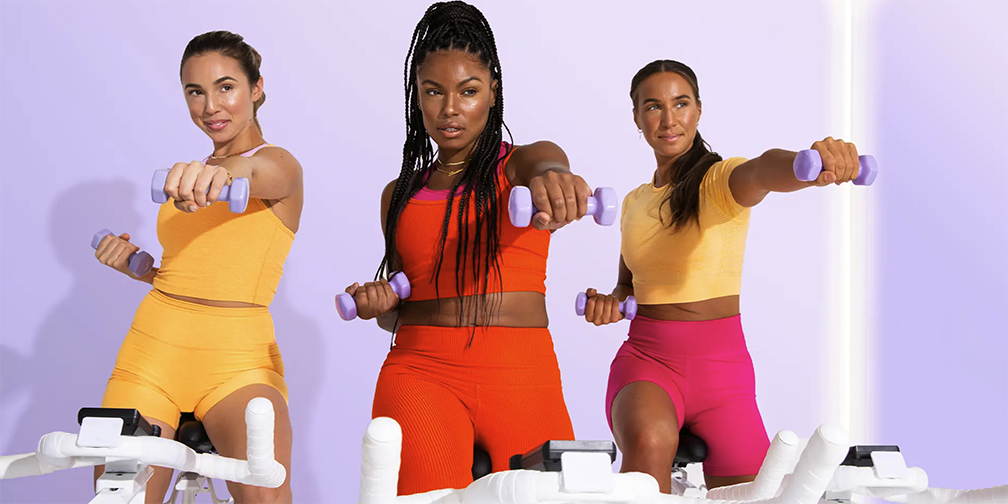

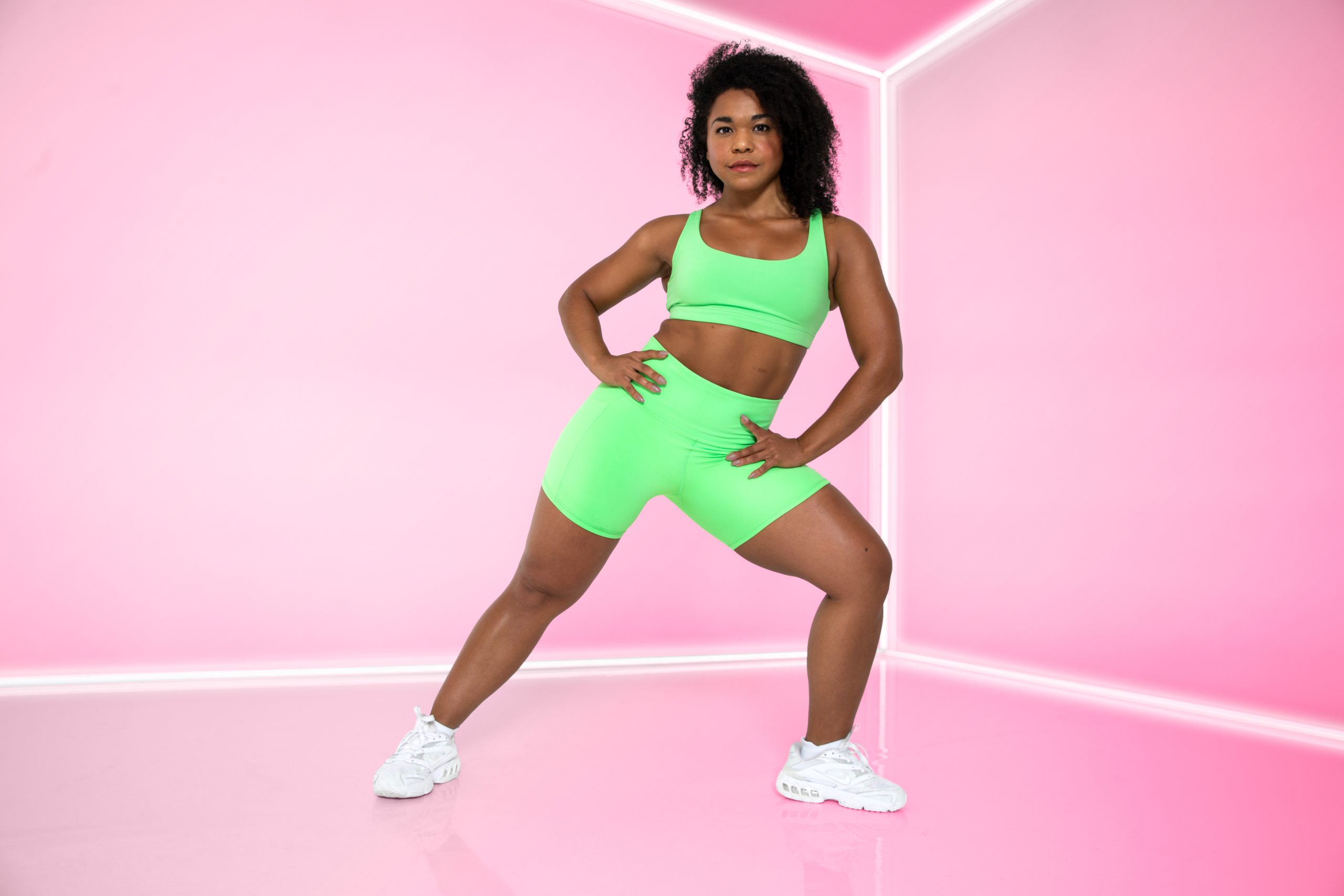

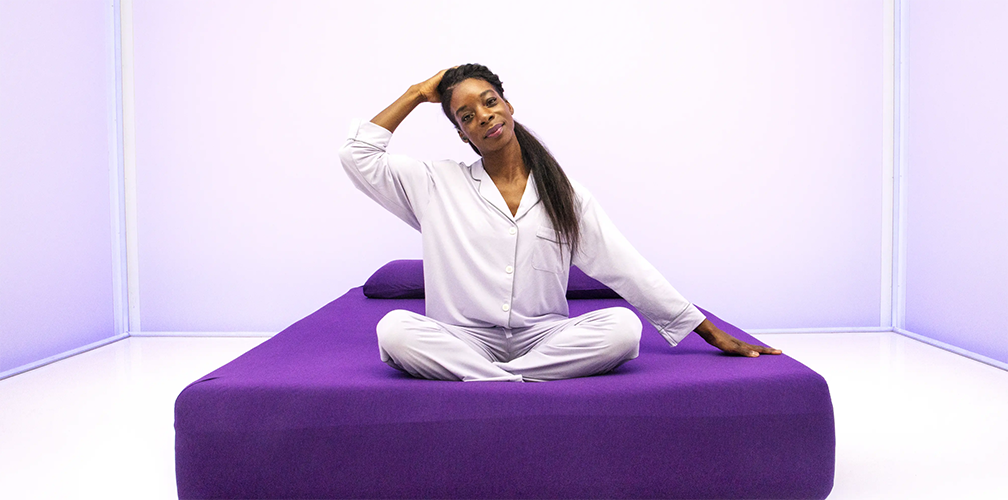

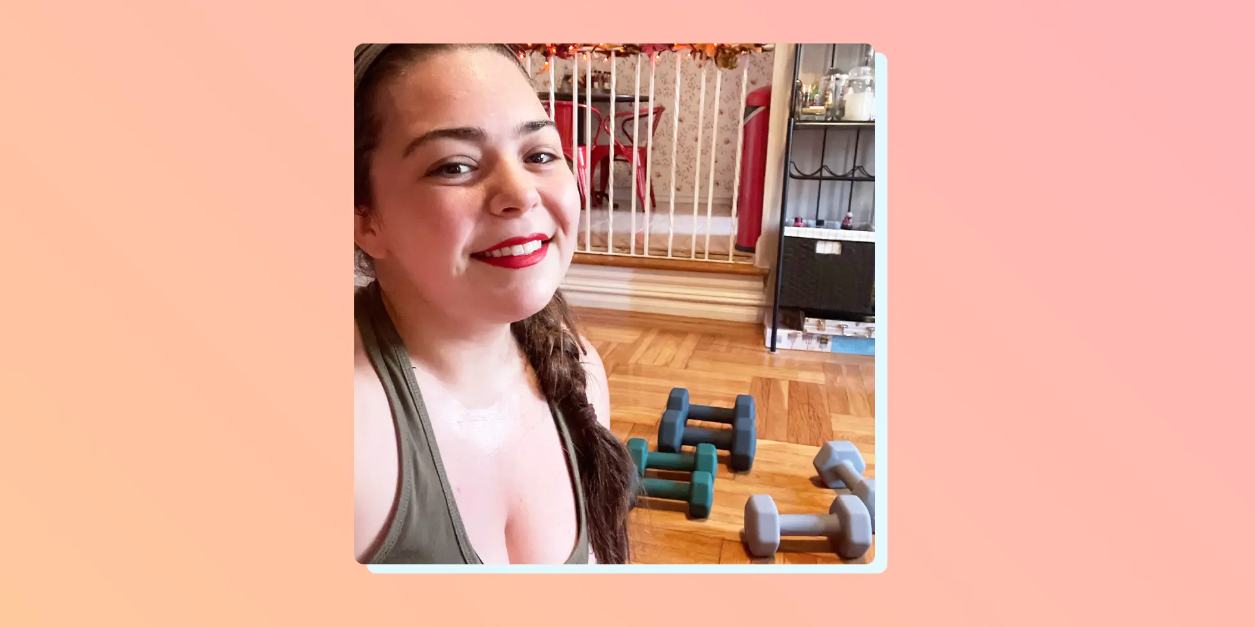
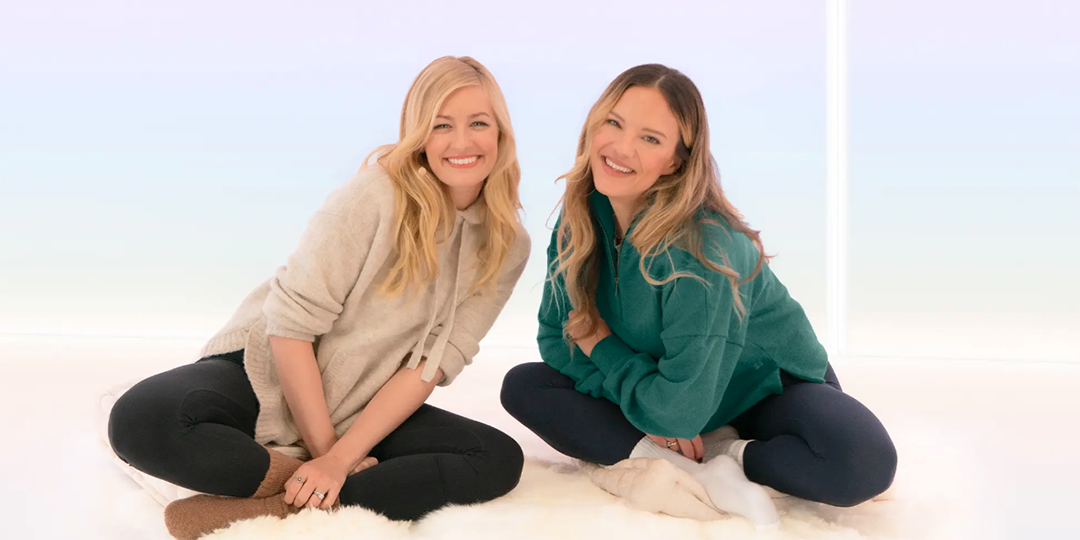

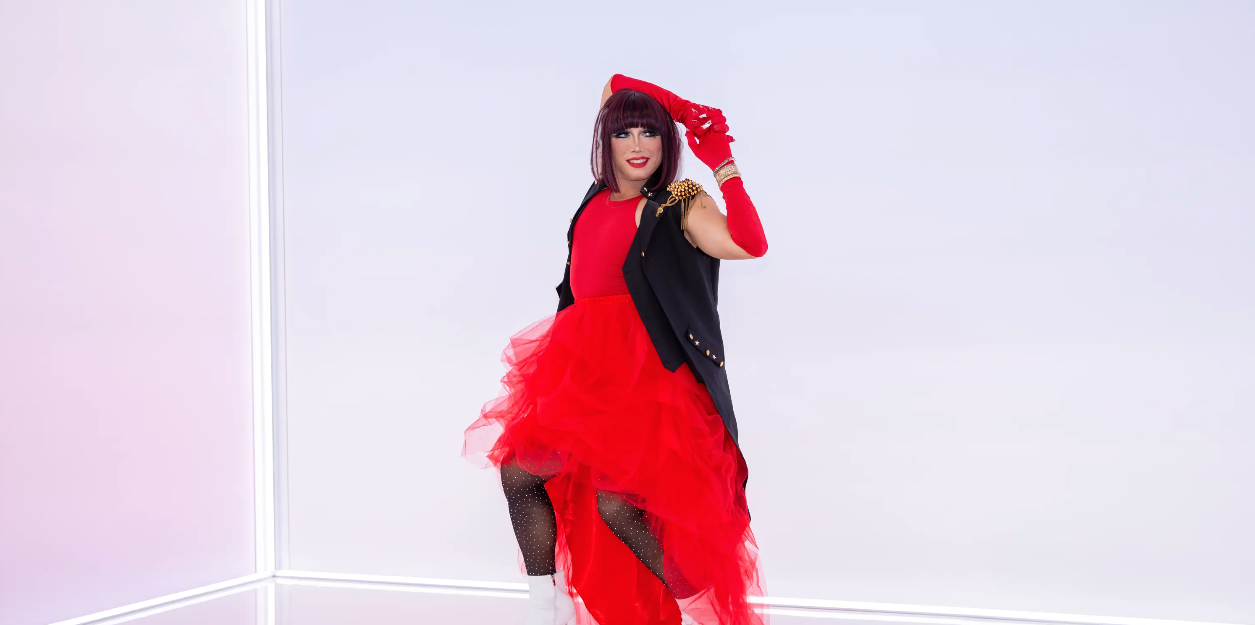

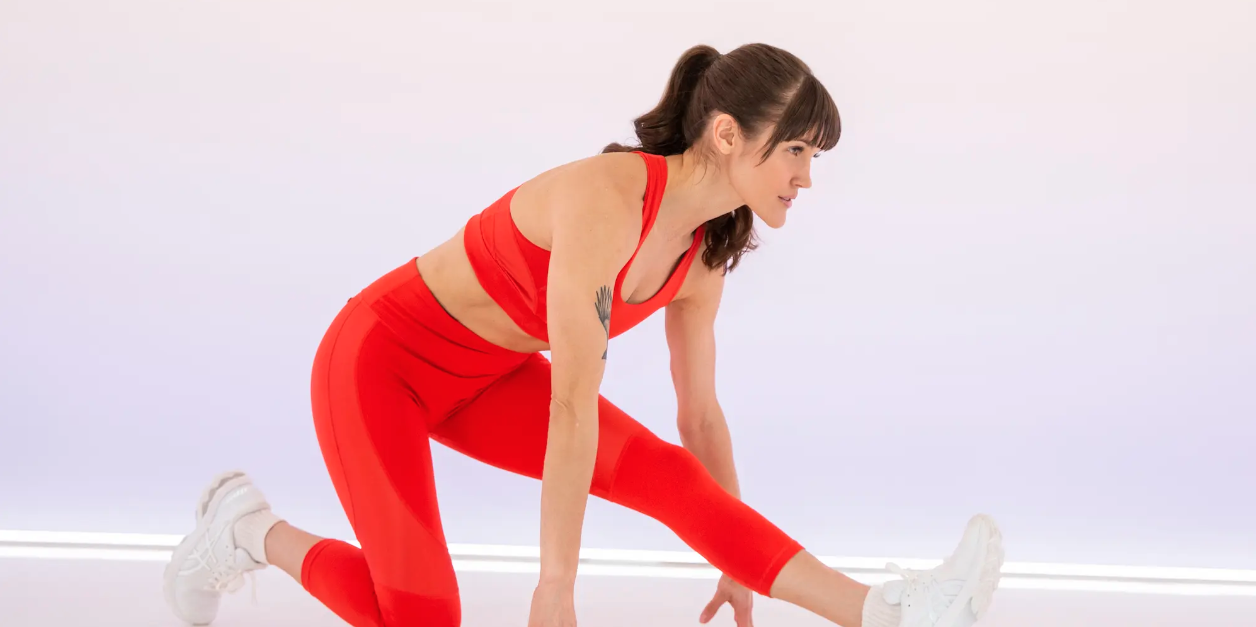
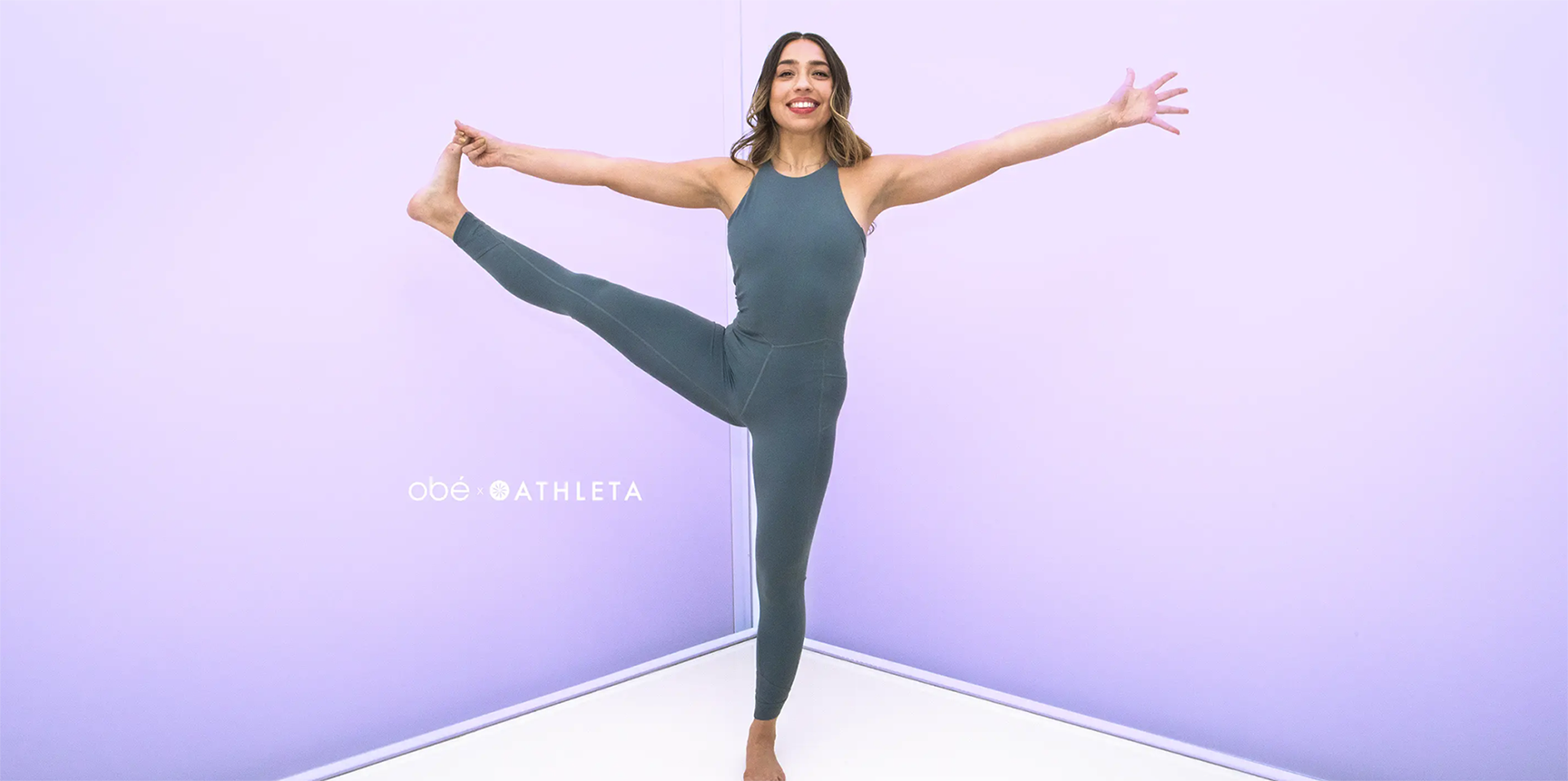
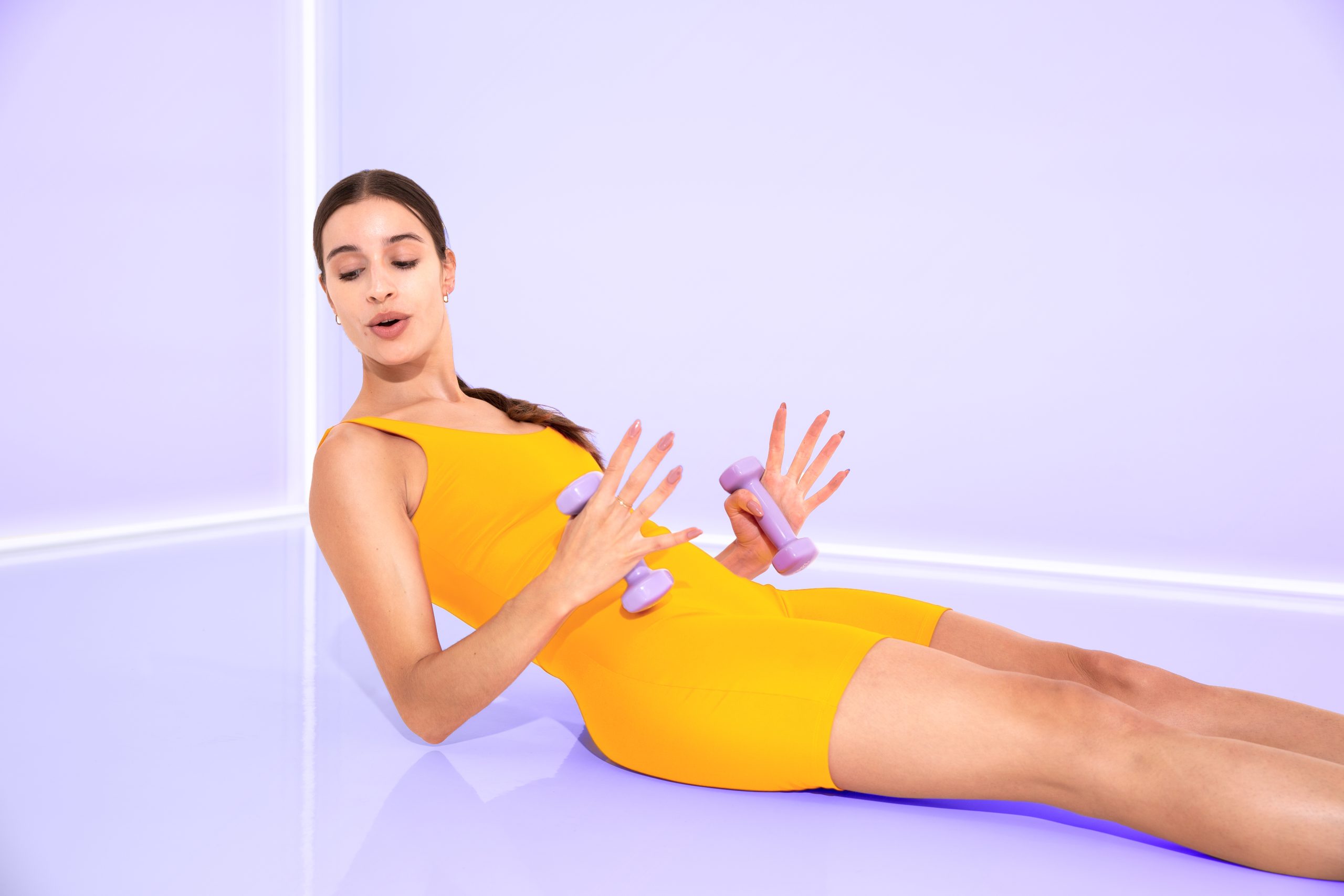
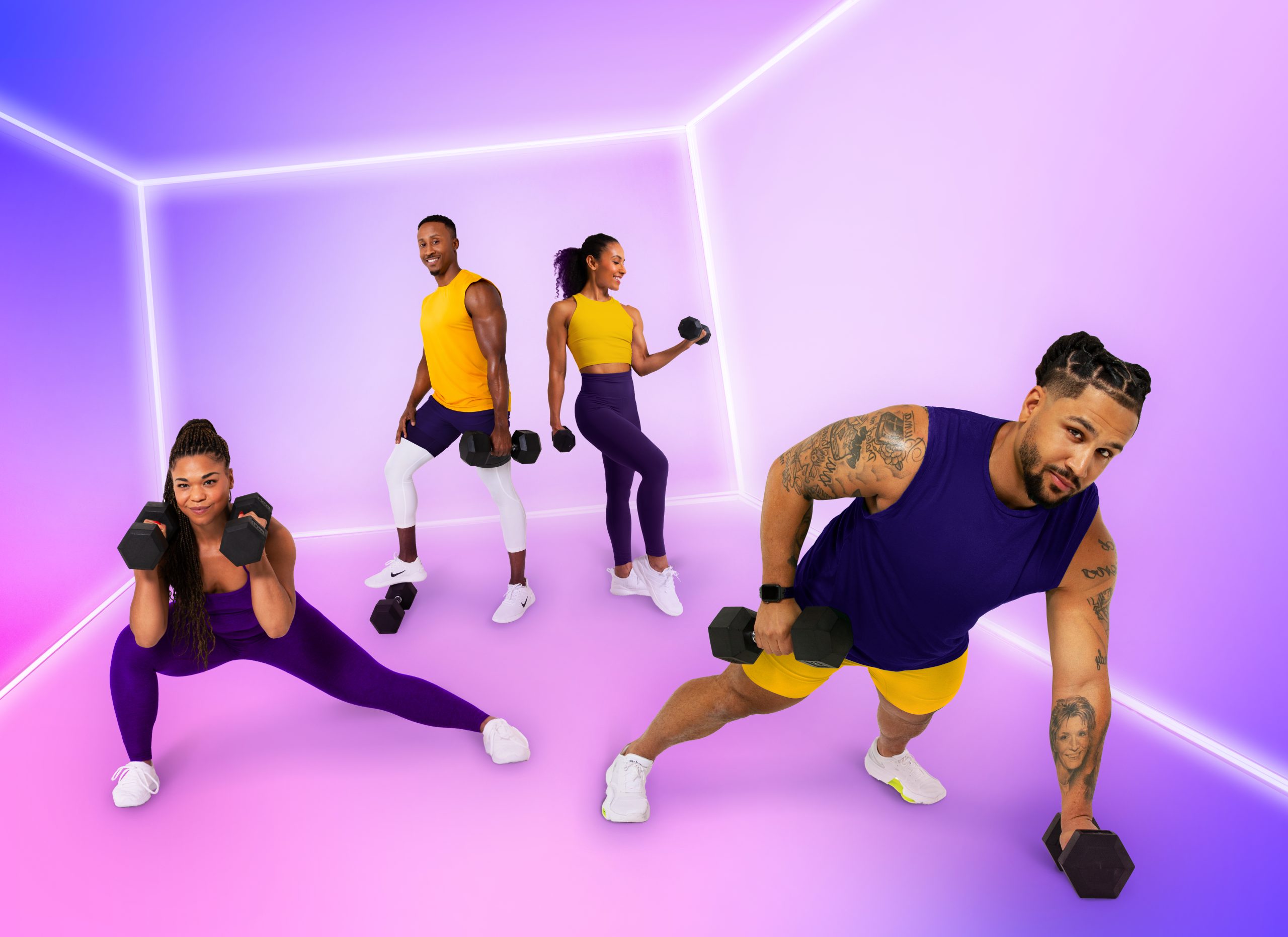
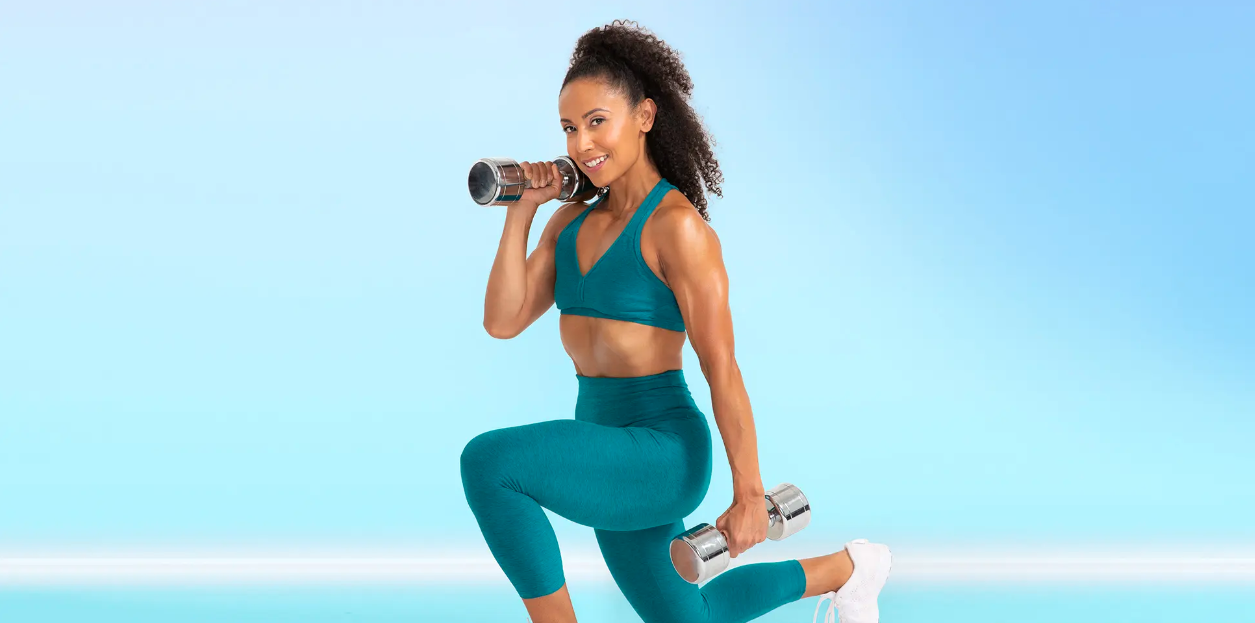




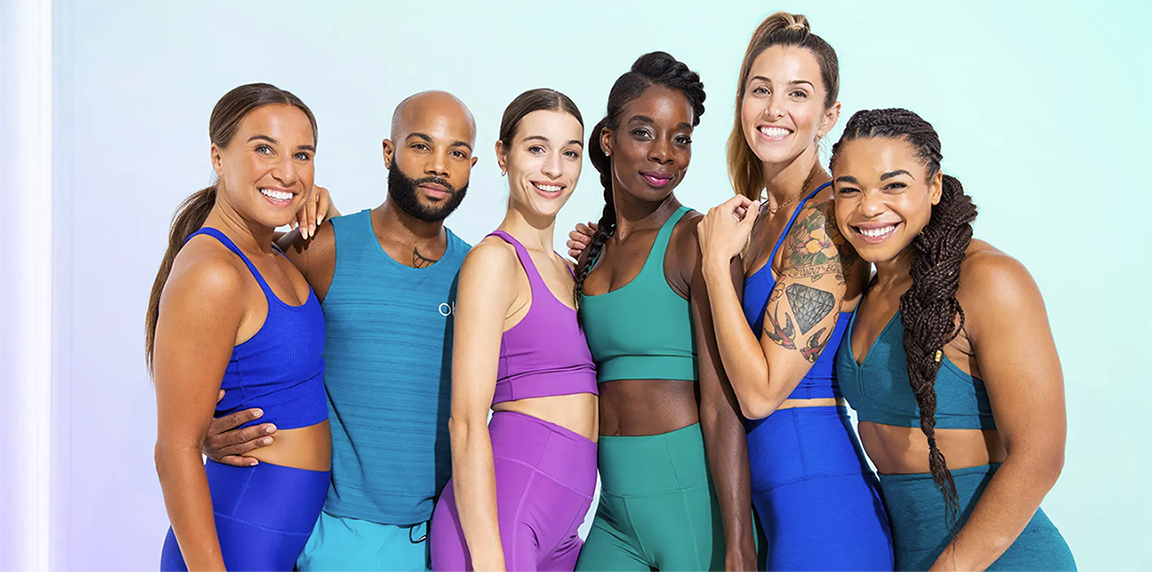
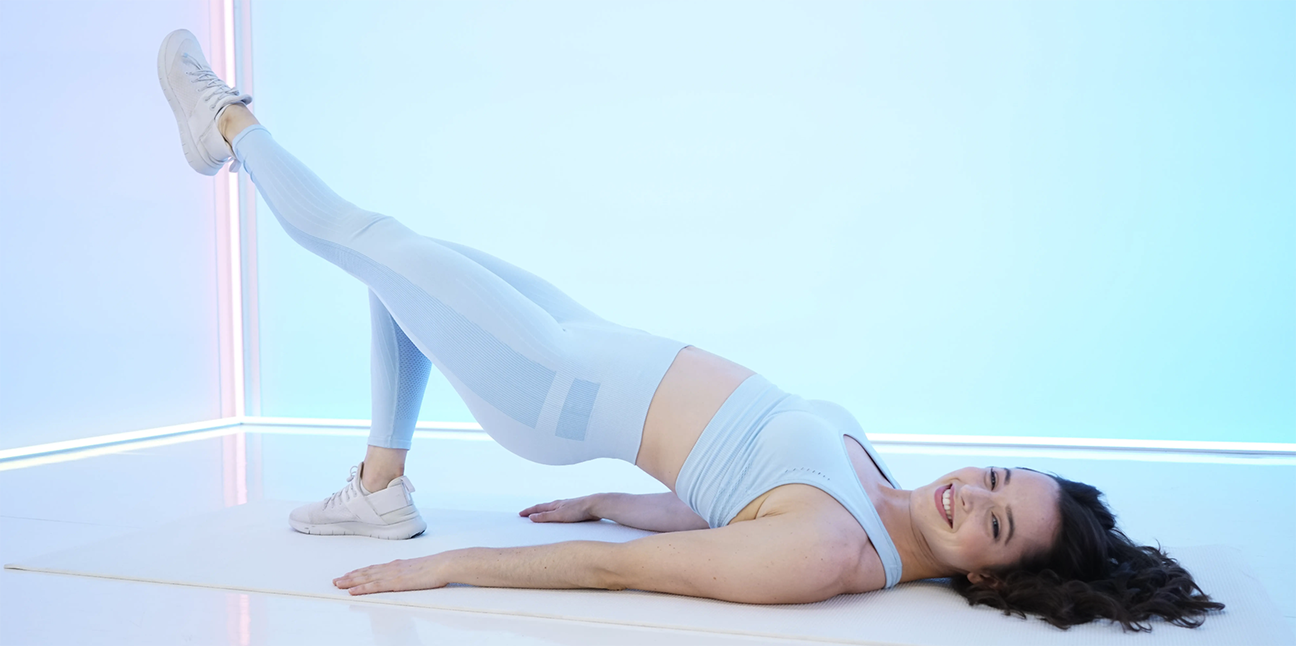


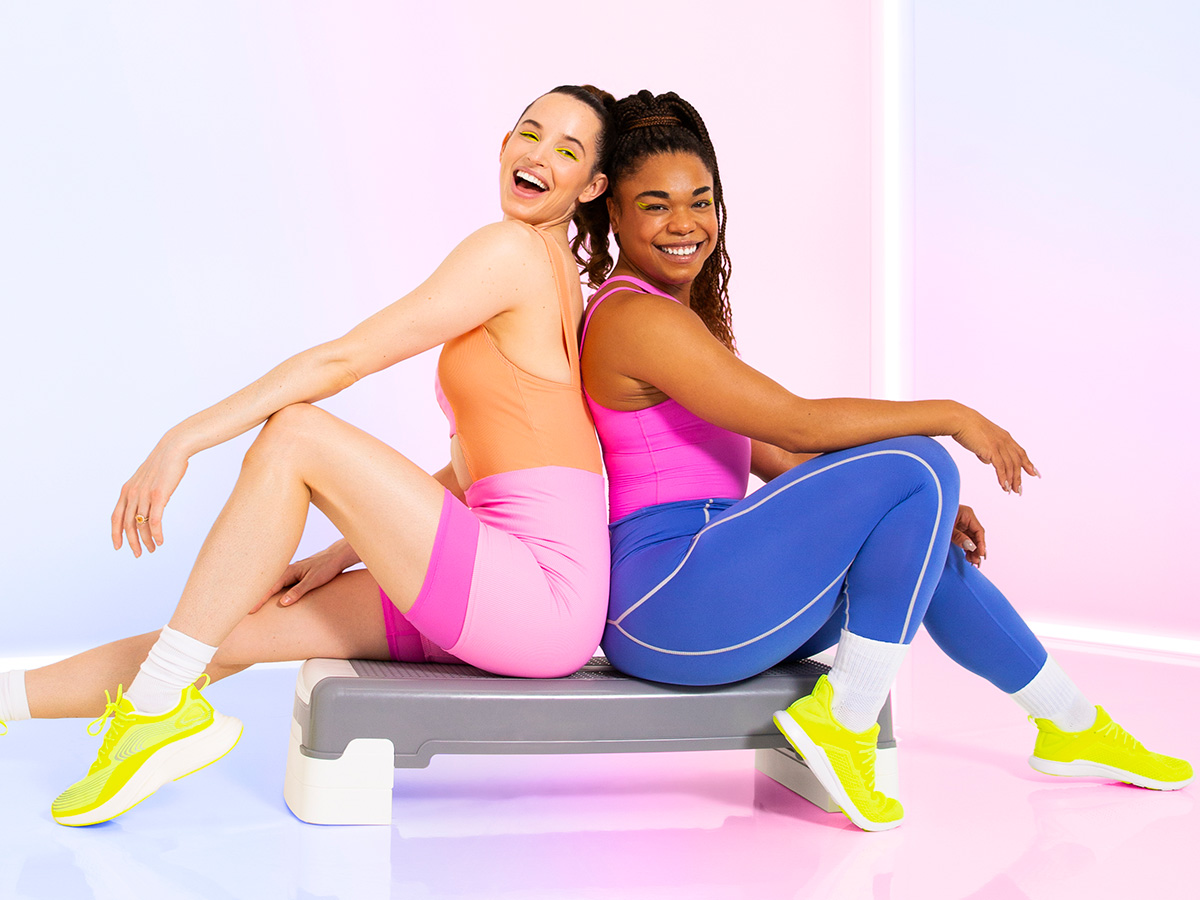
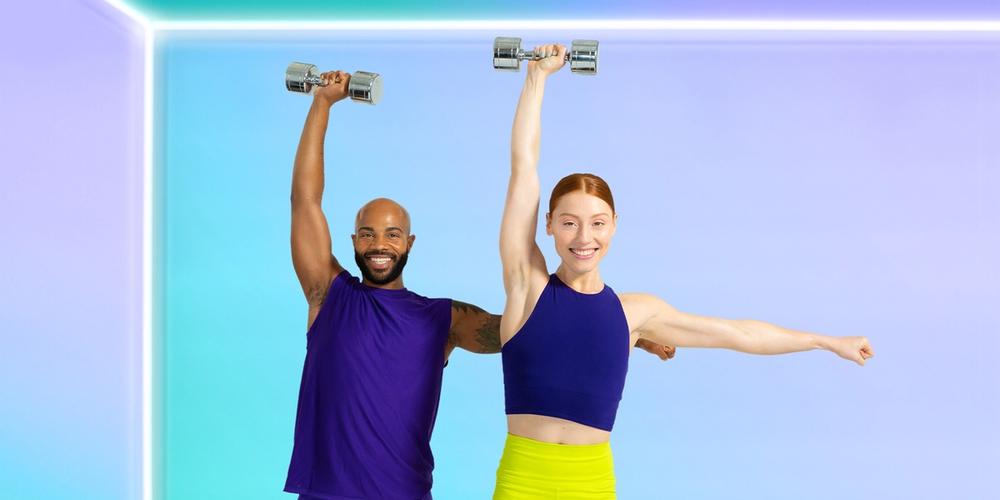
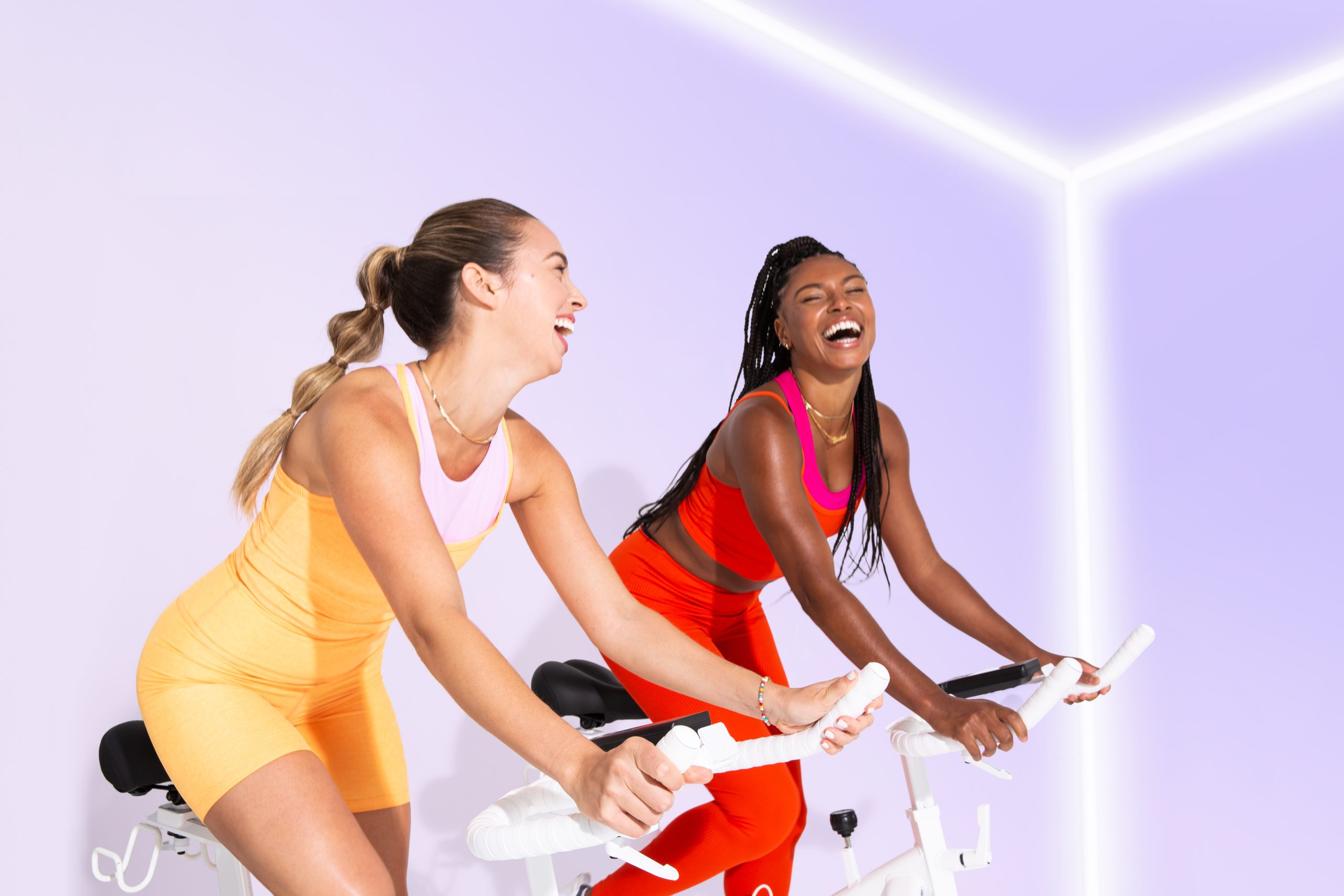
Leave a Reply